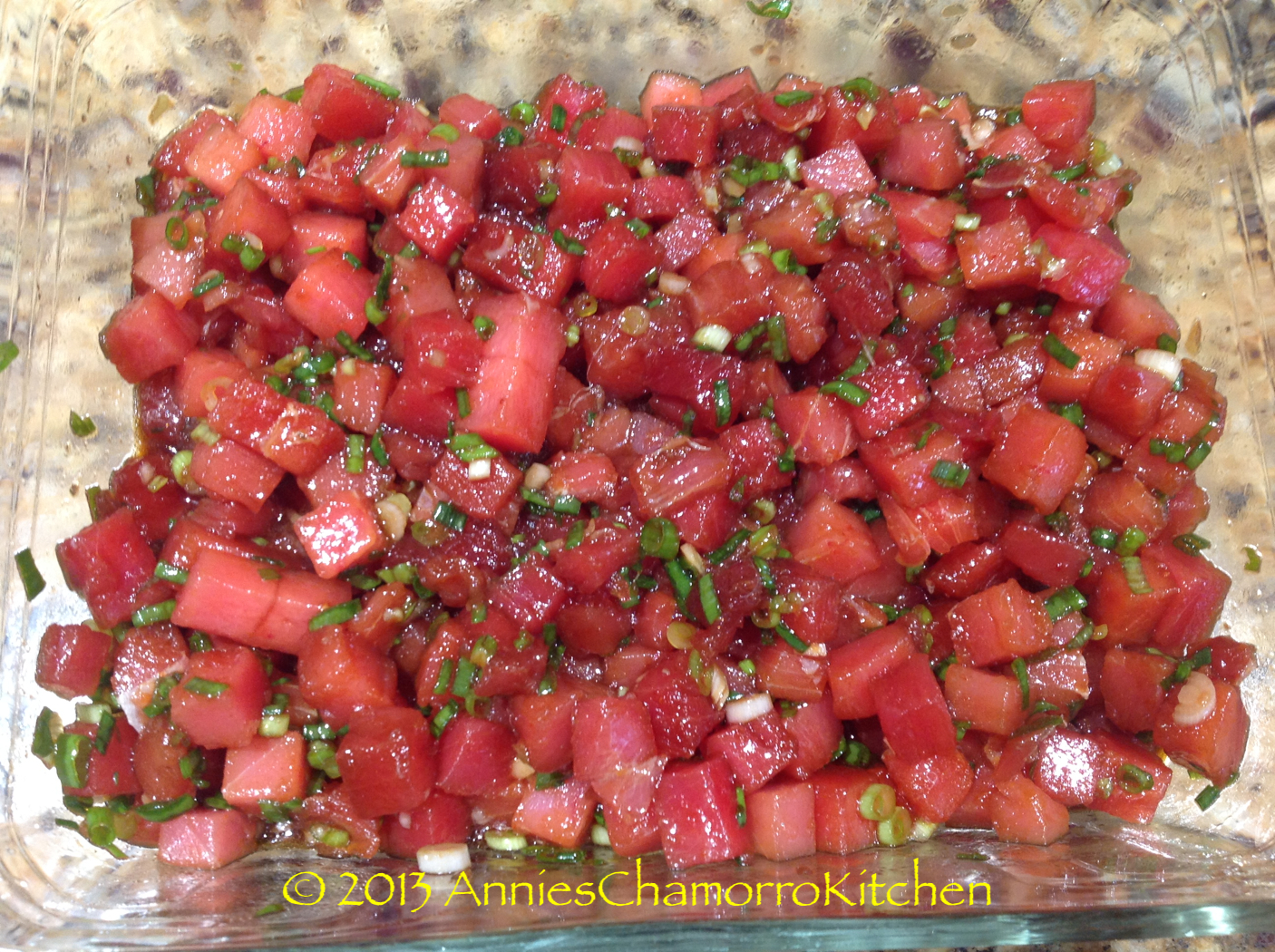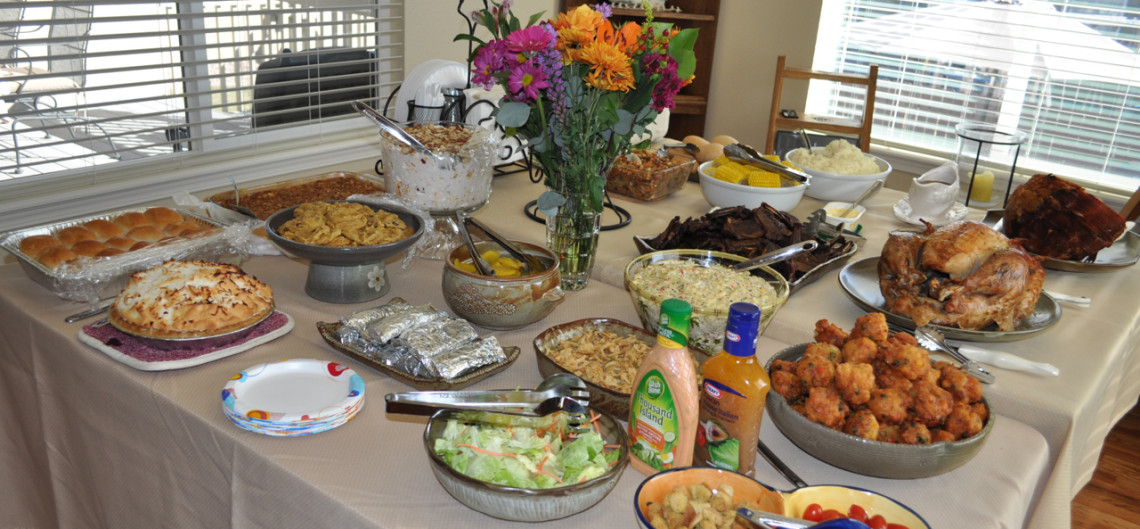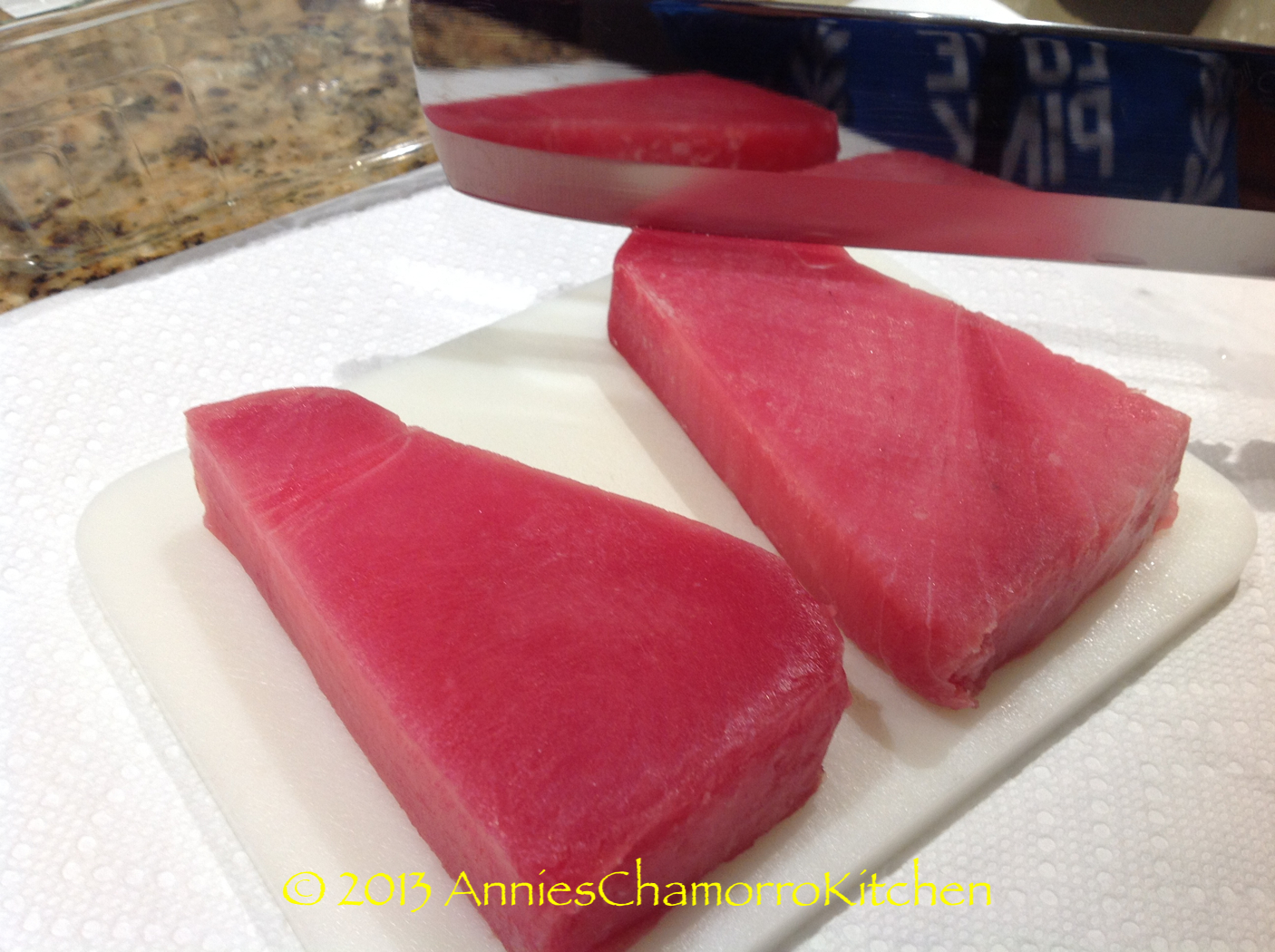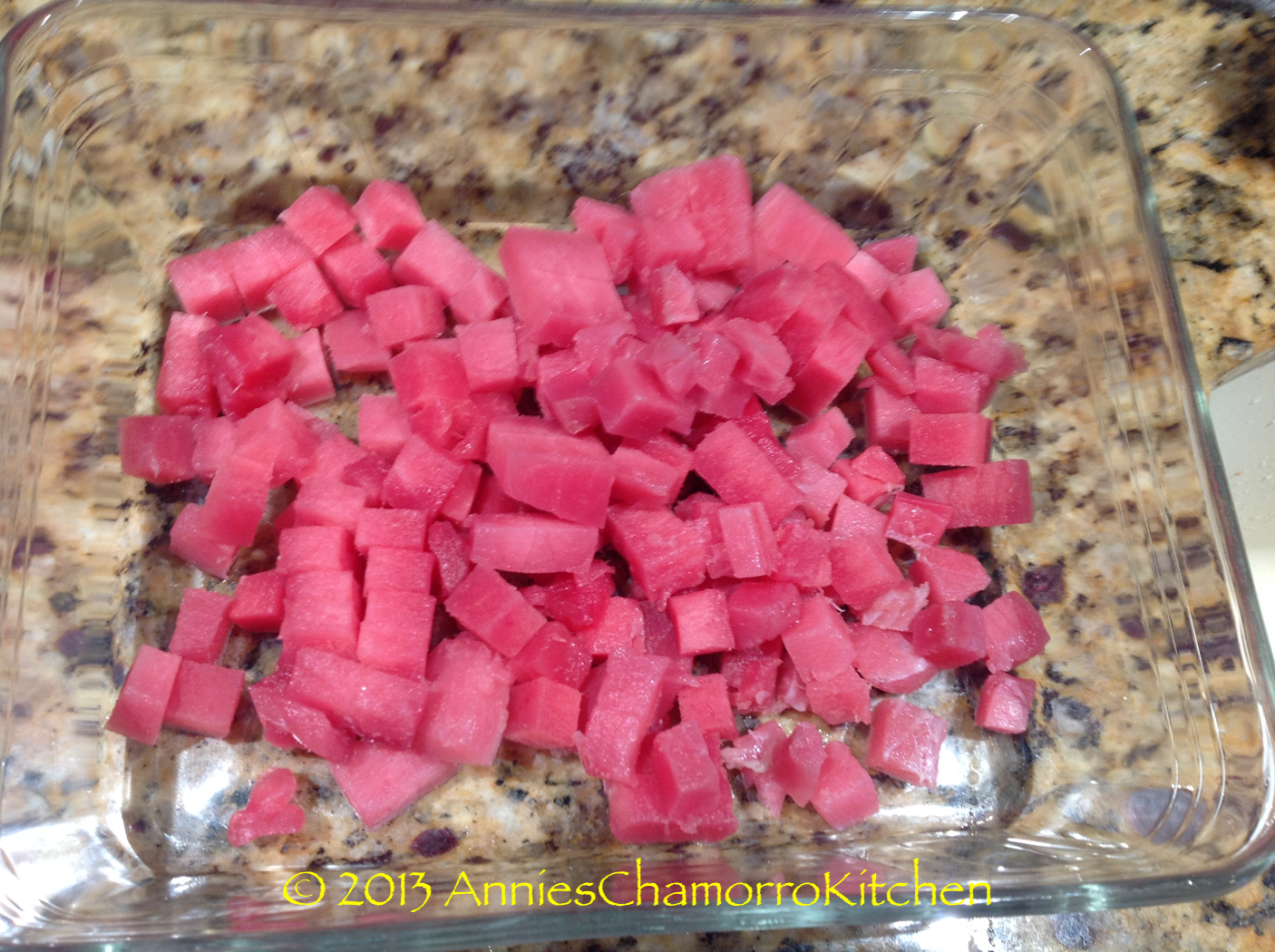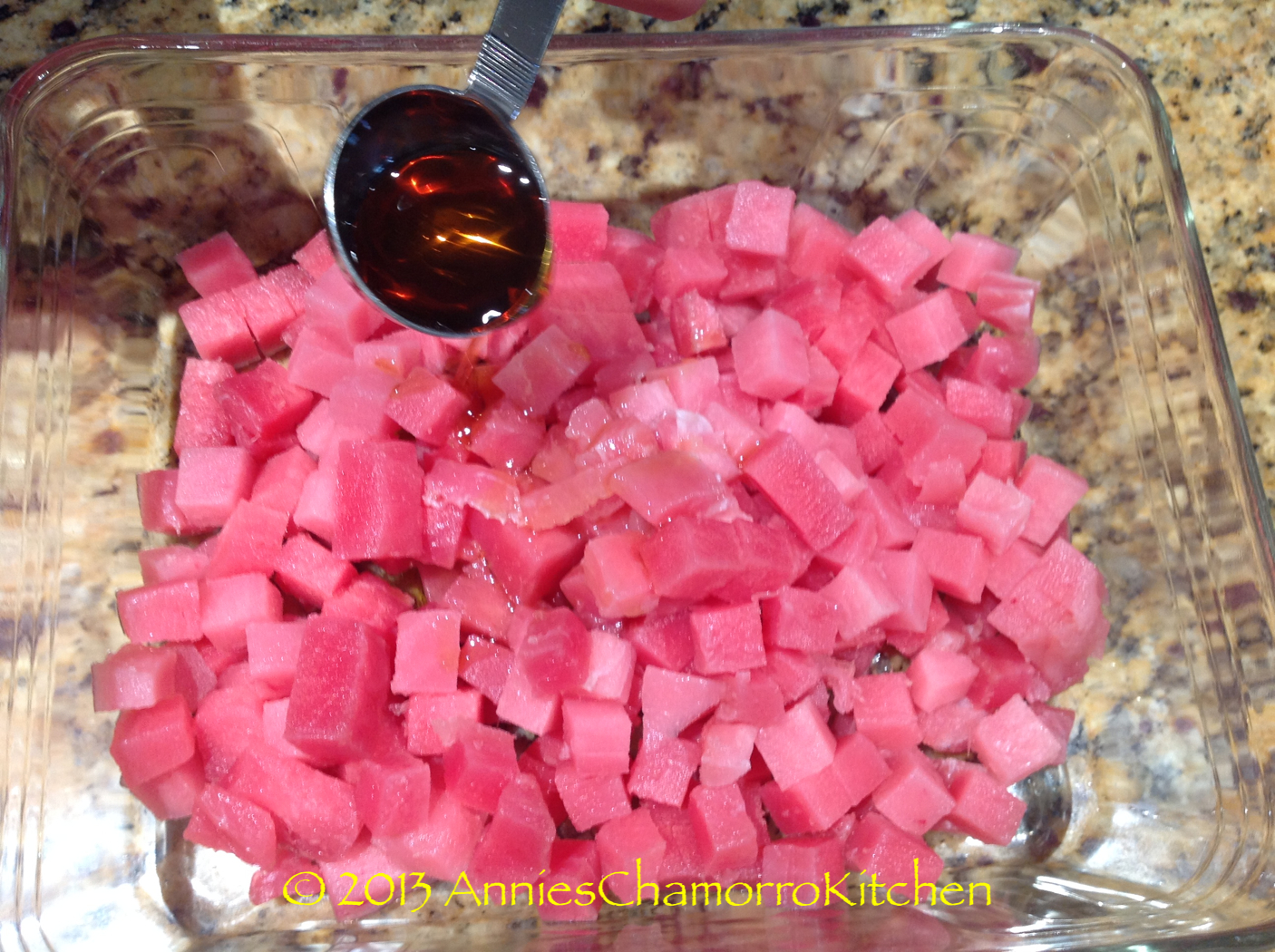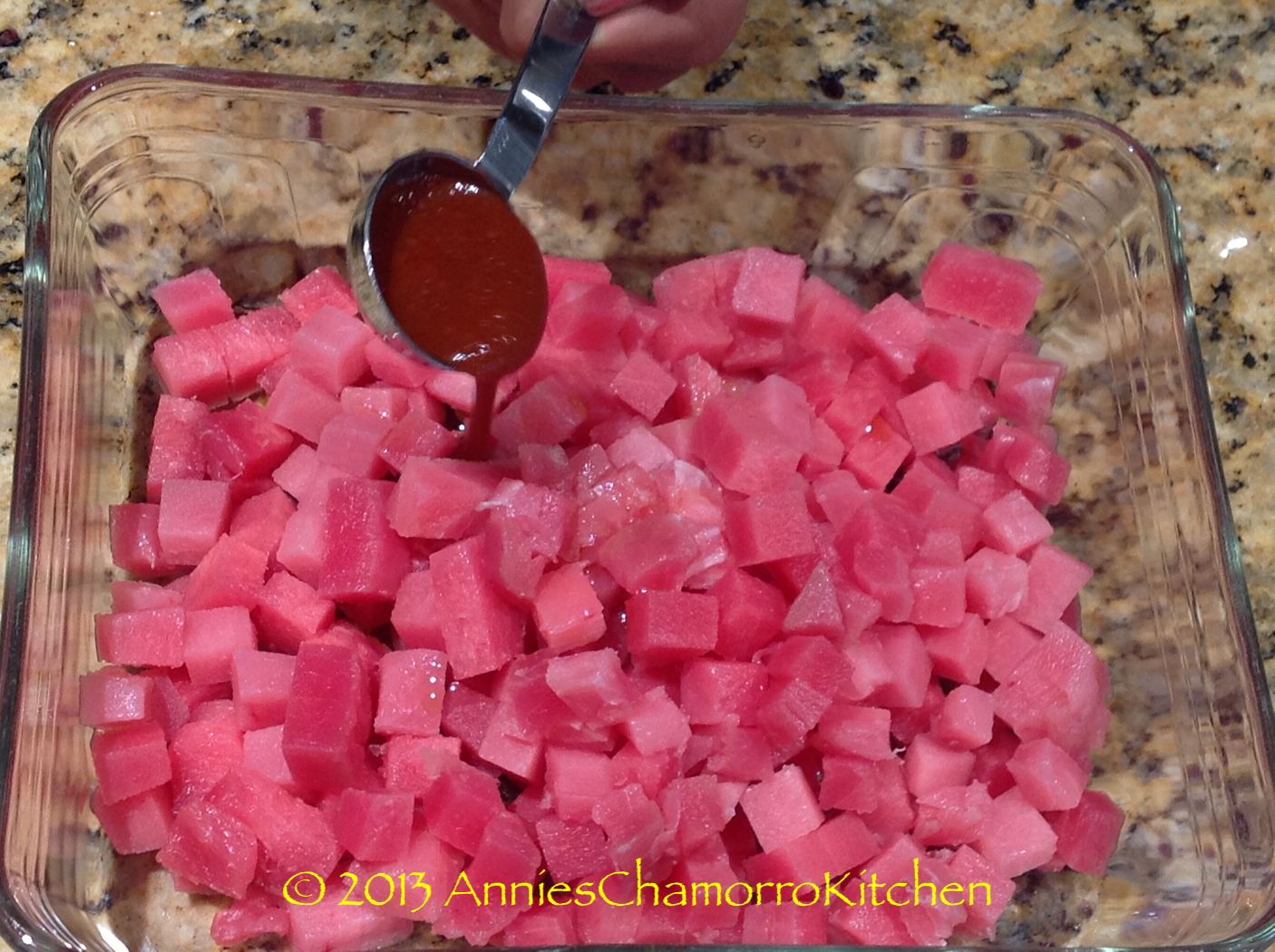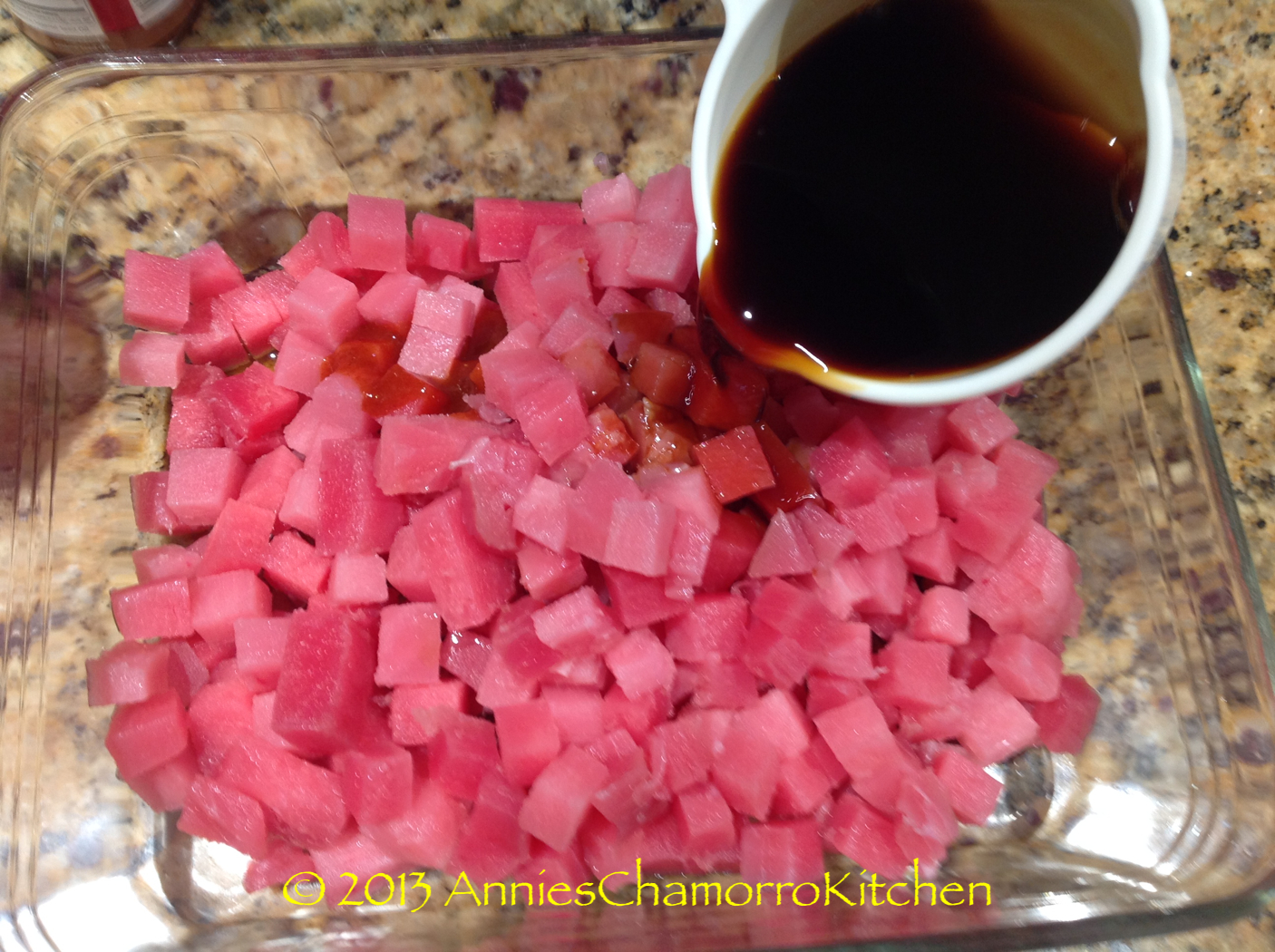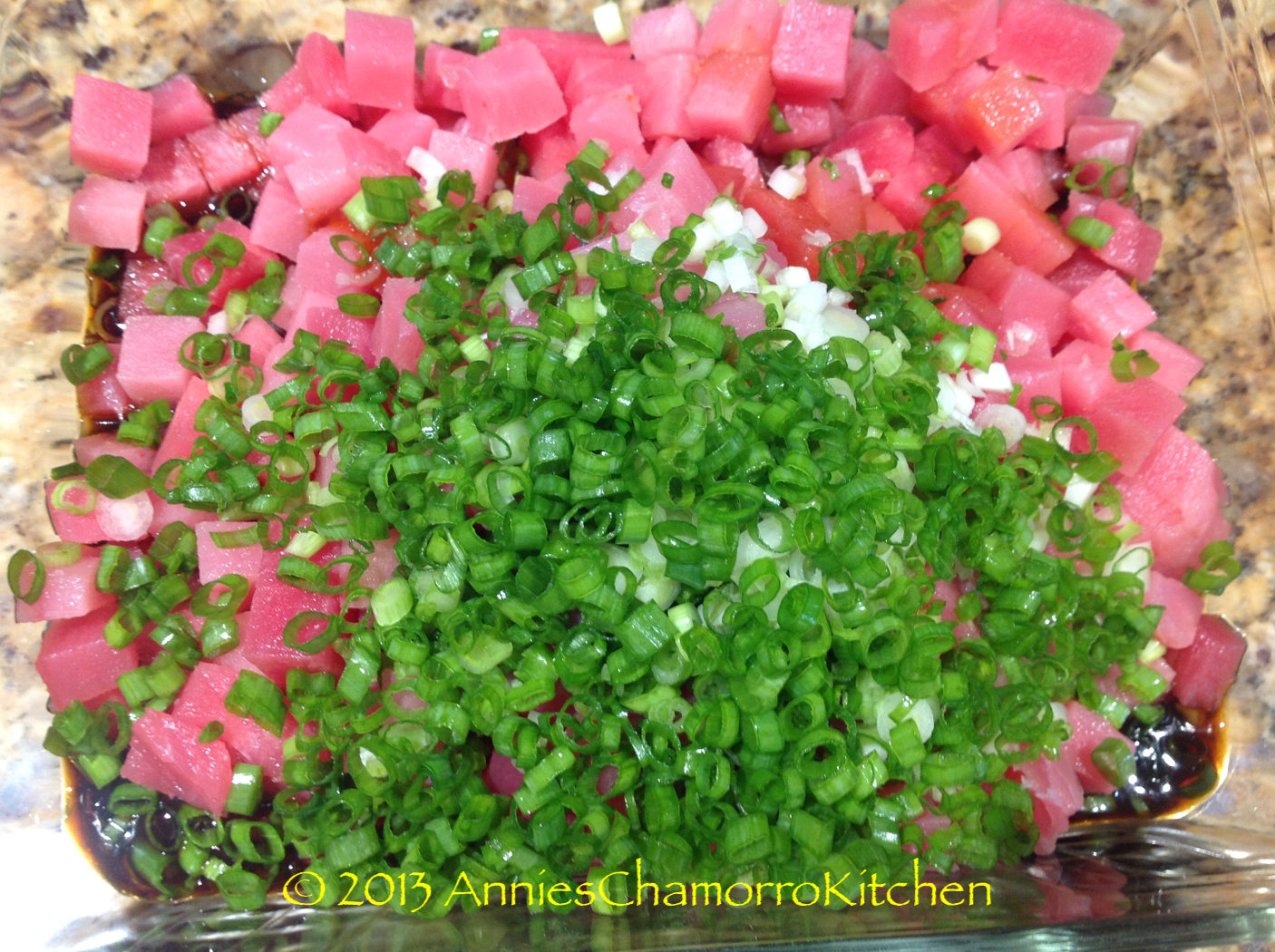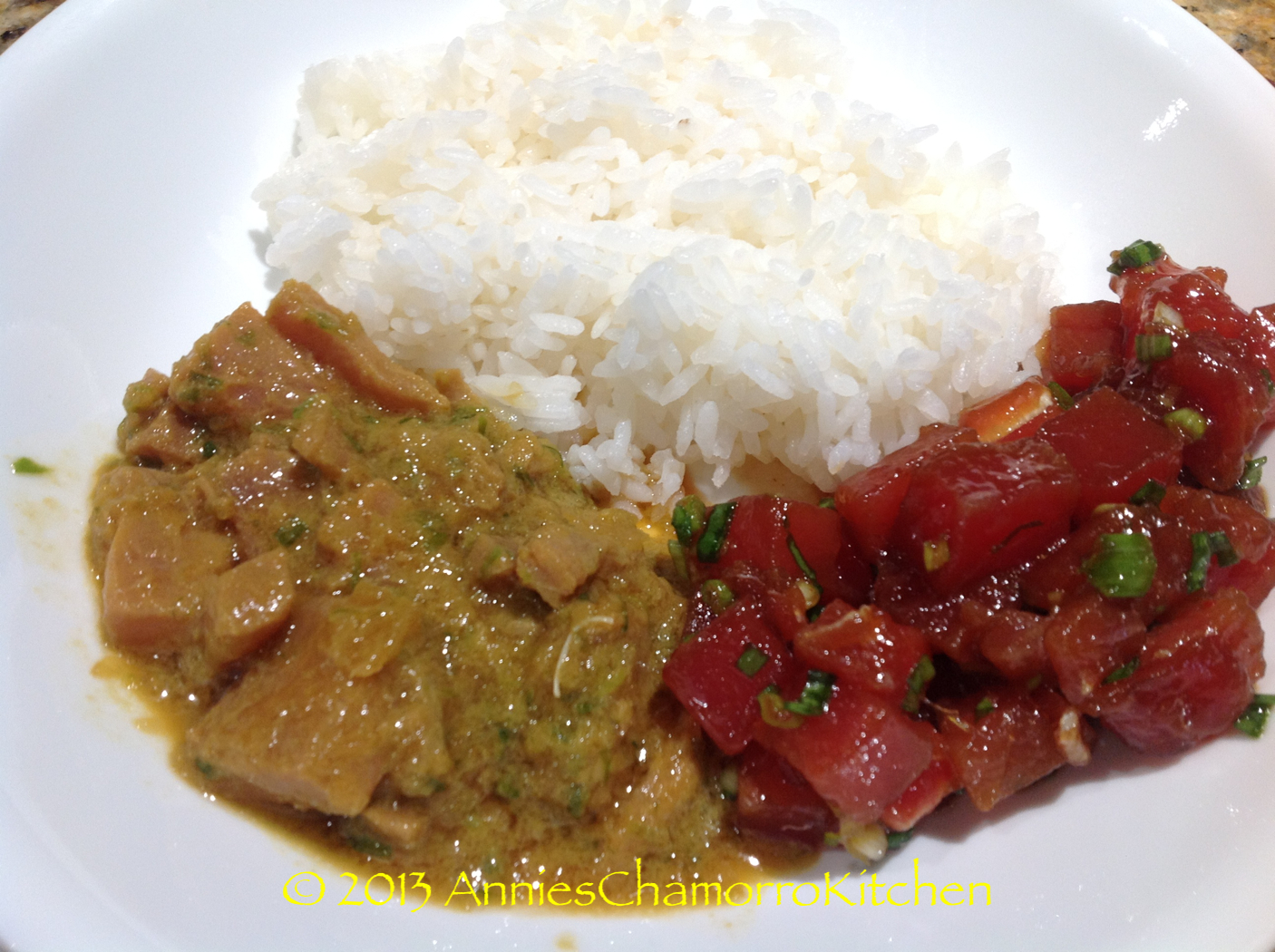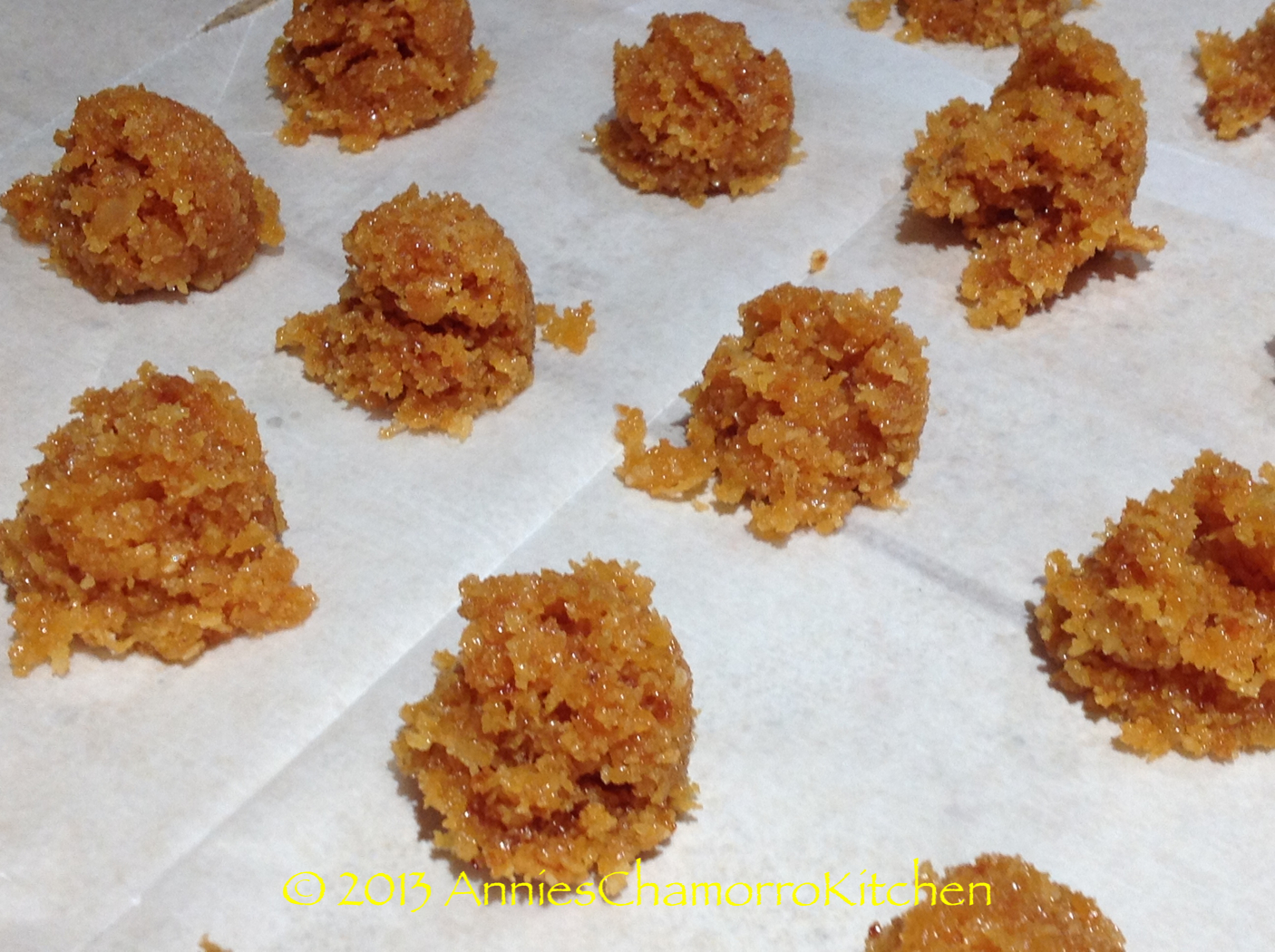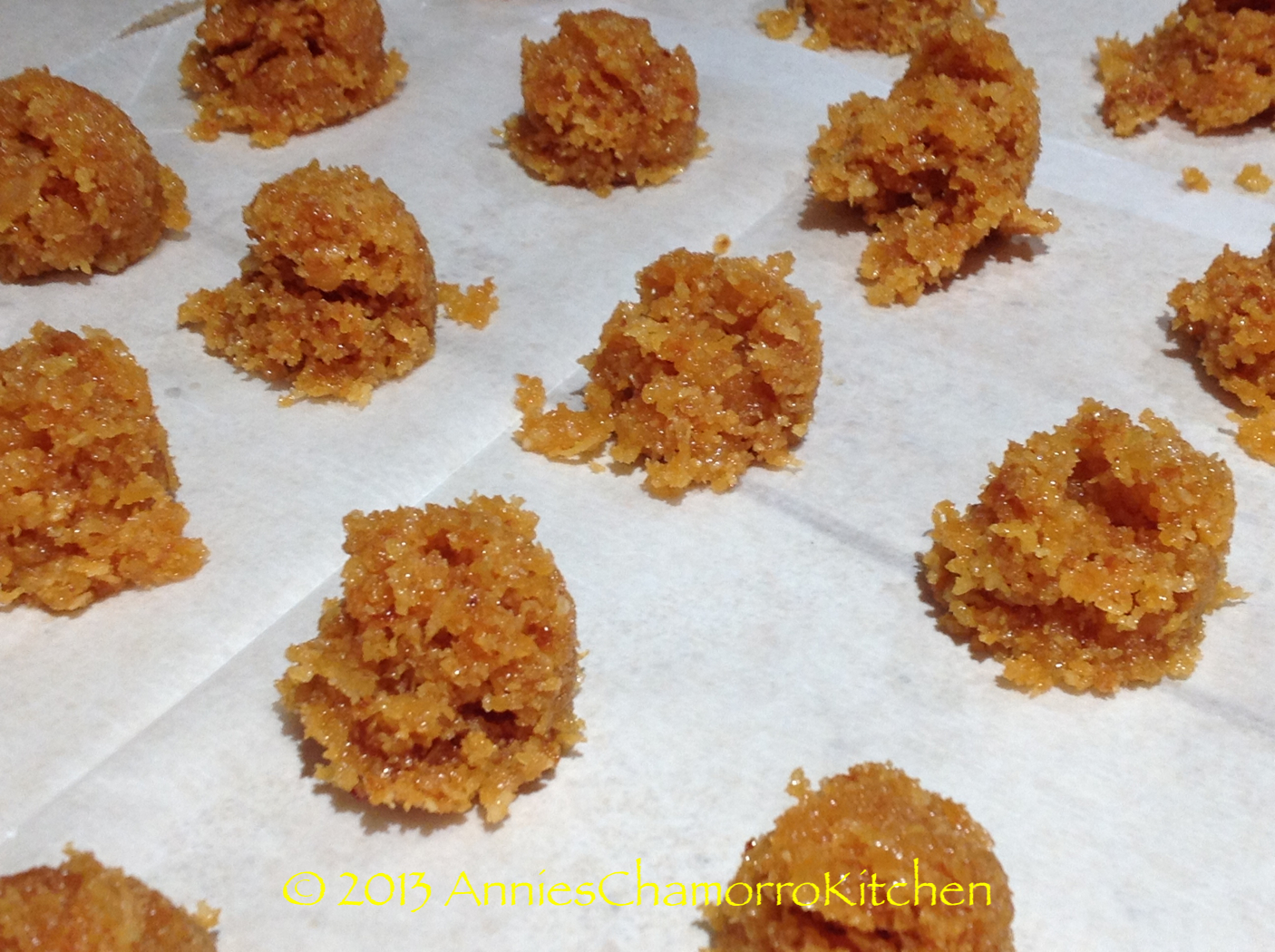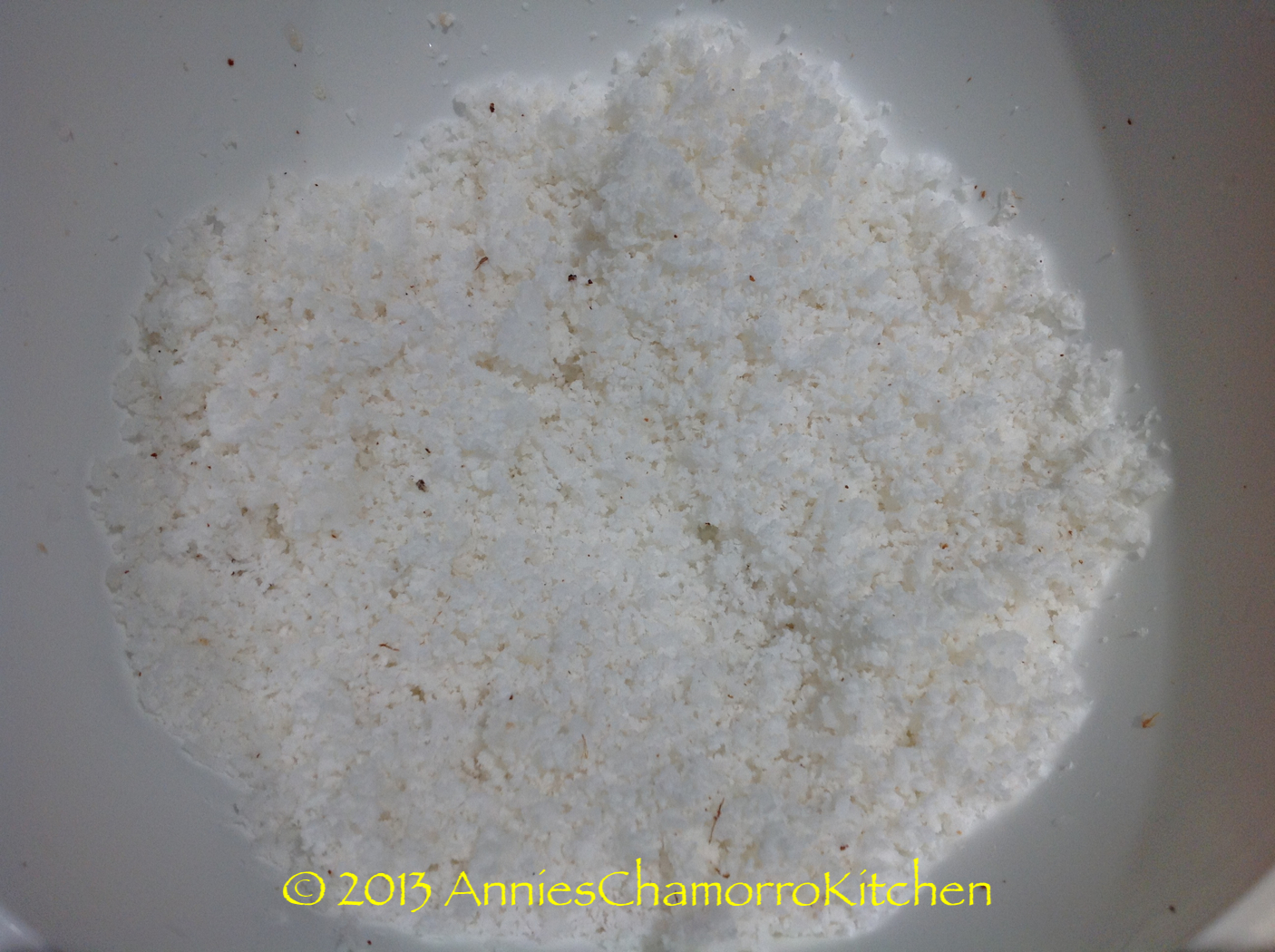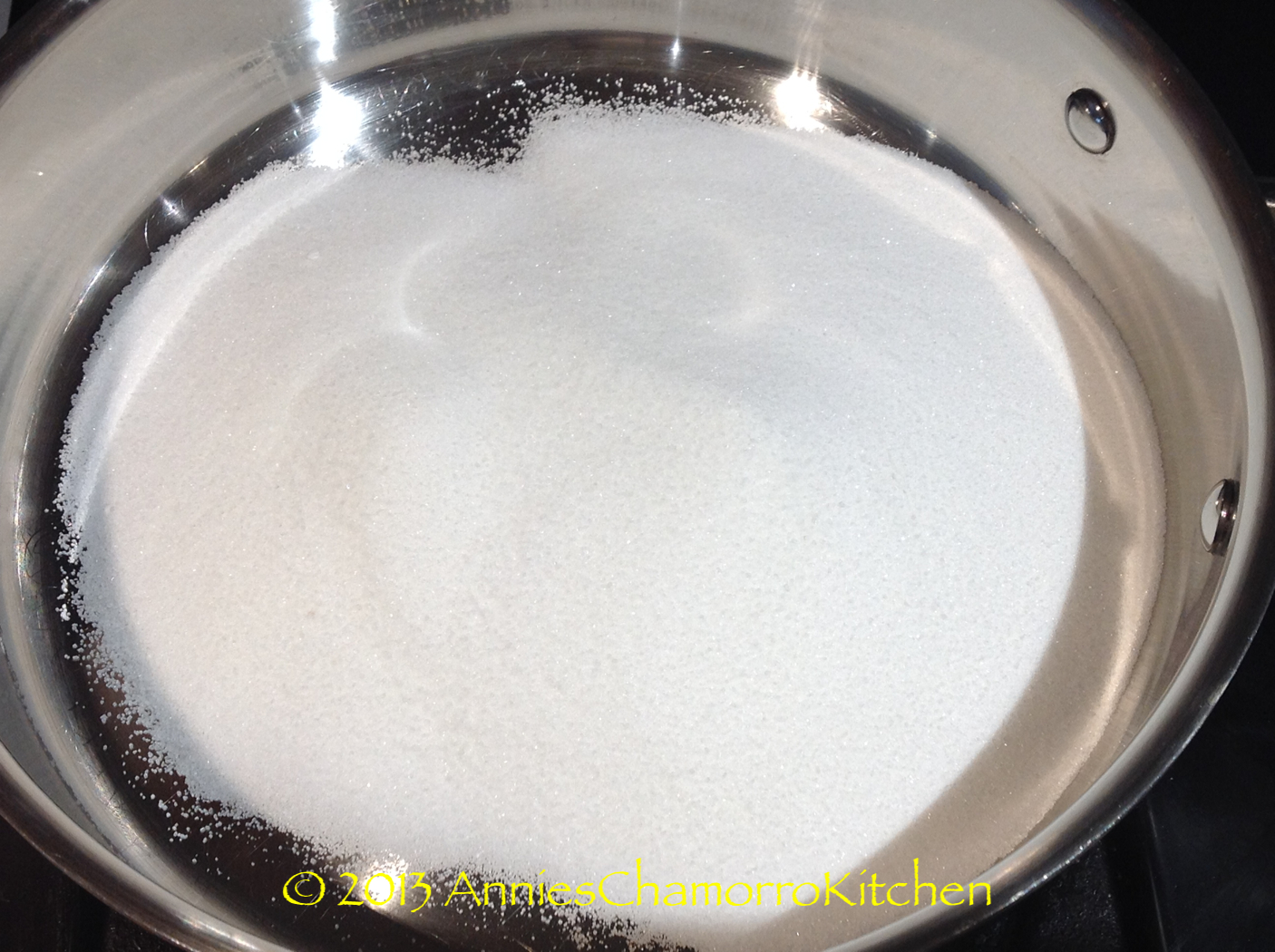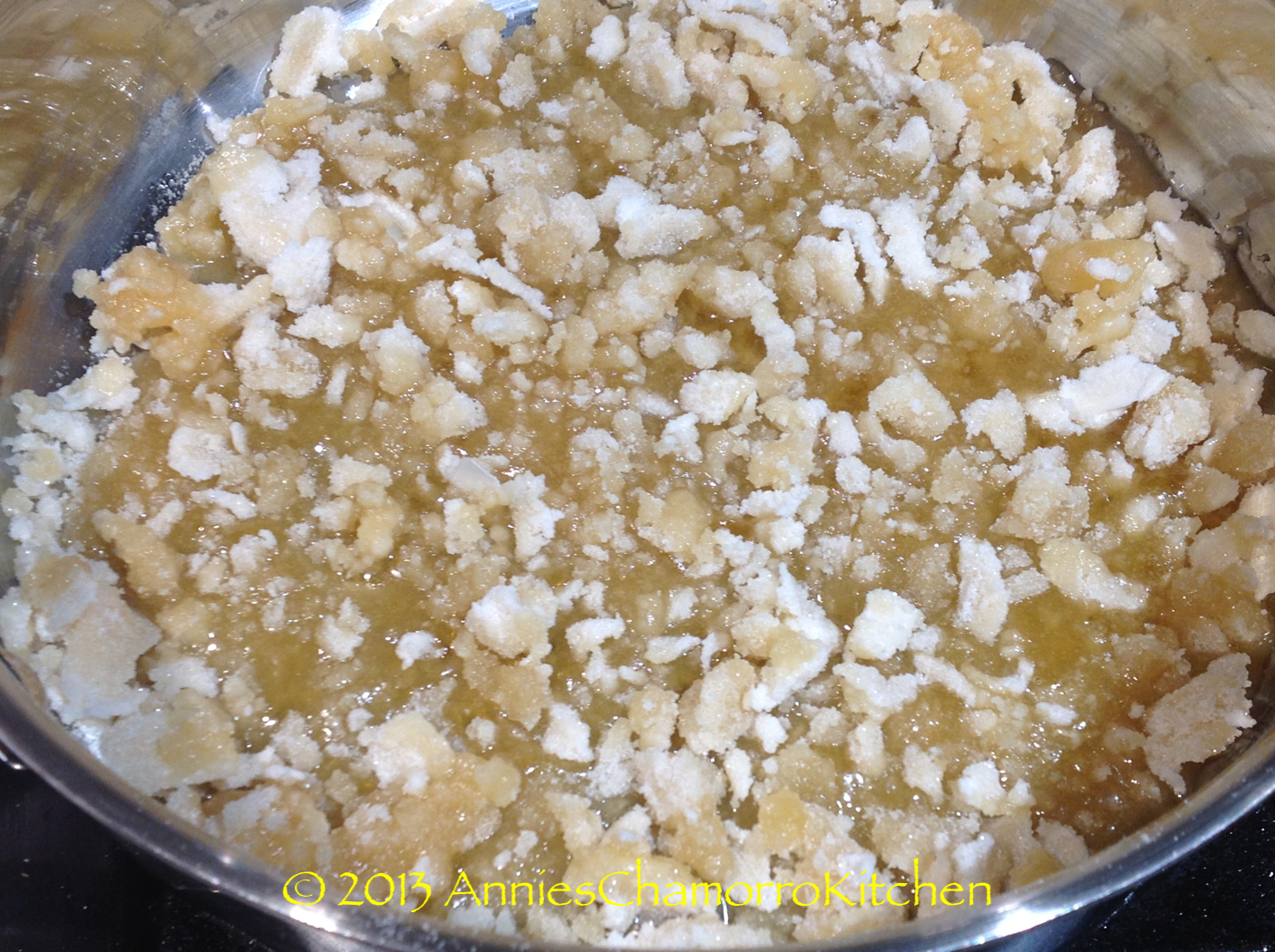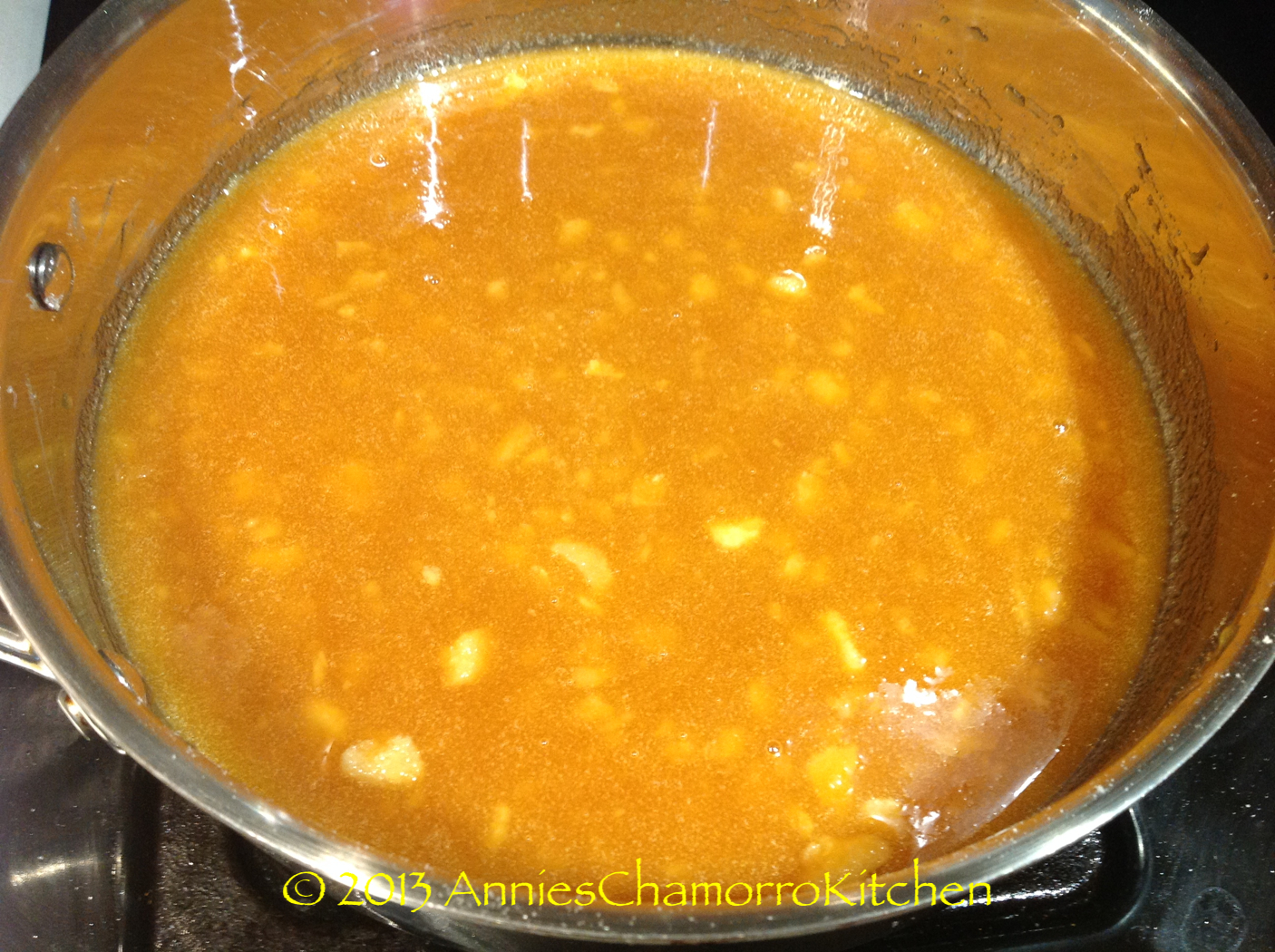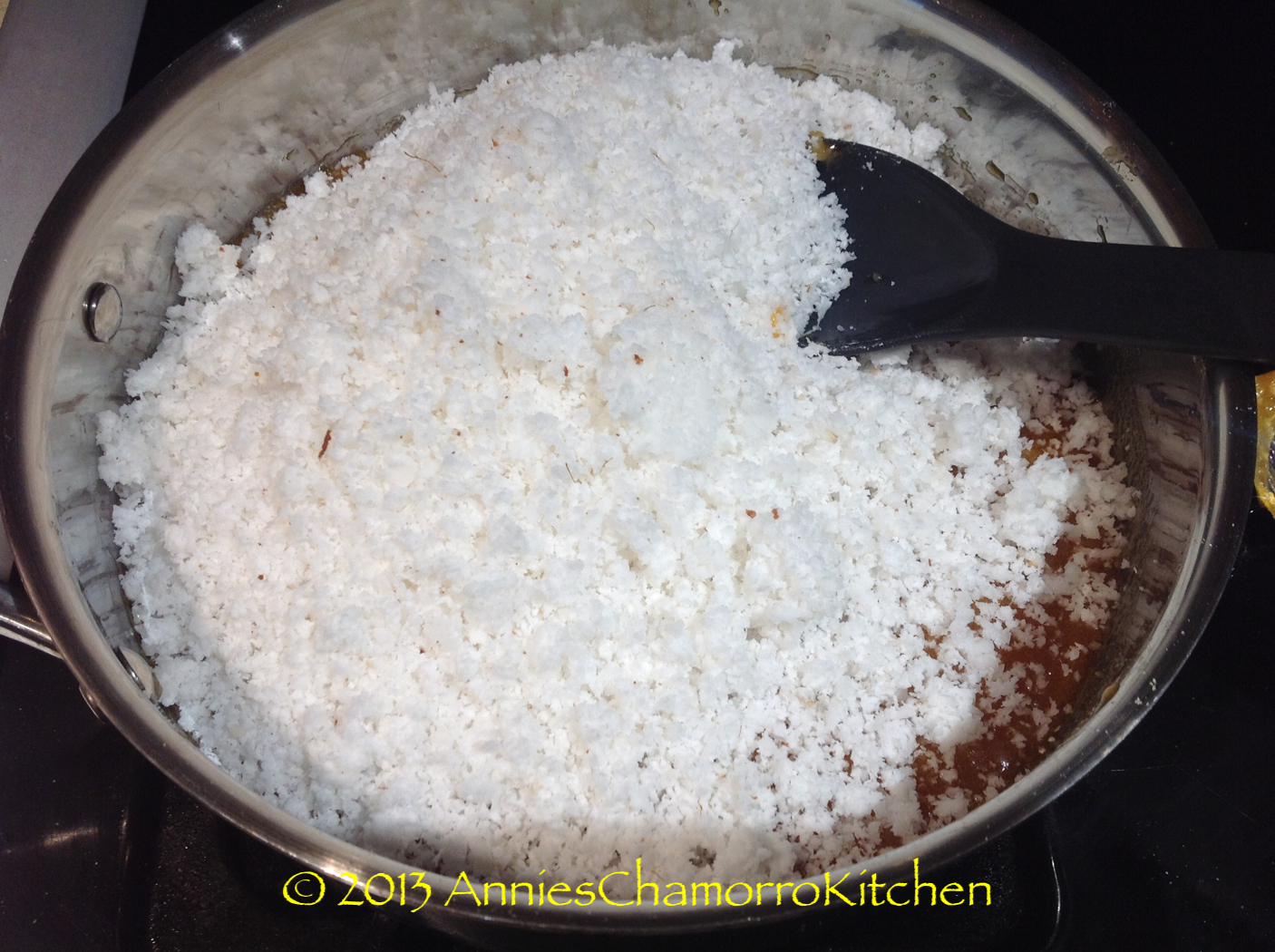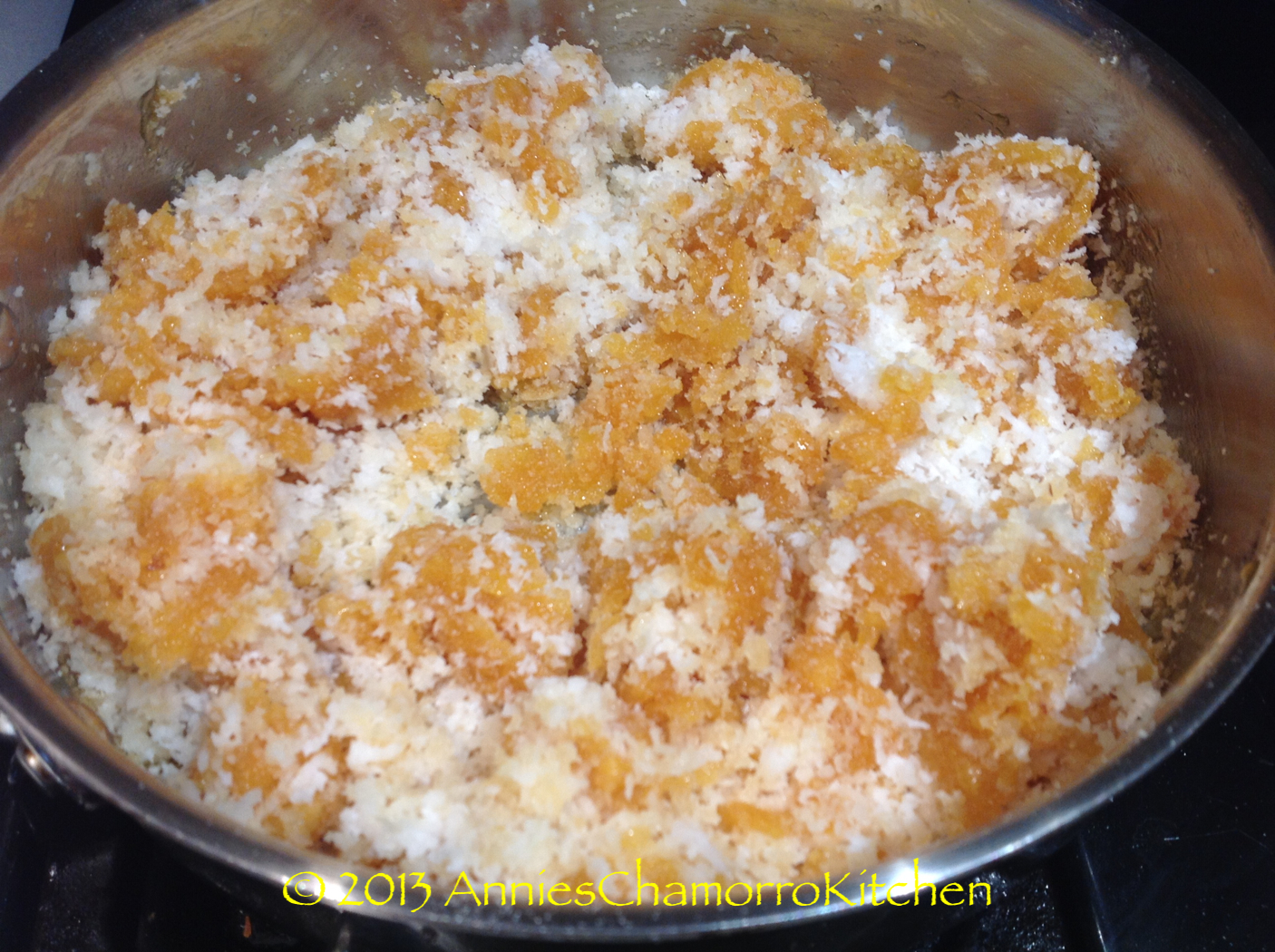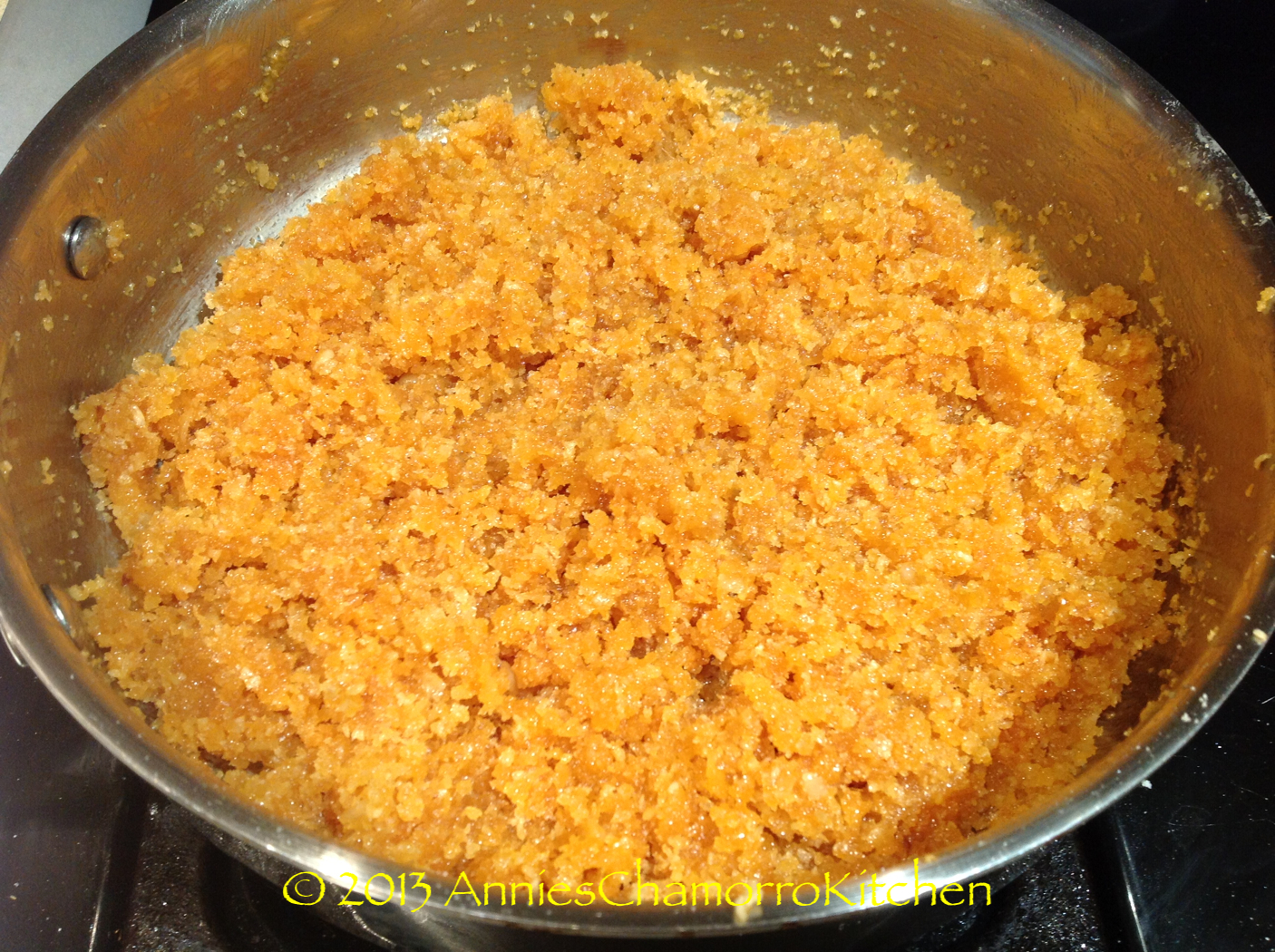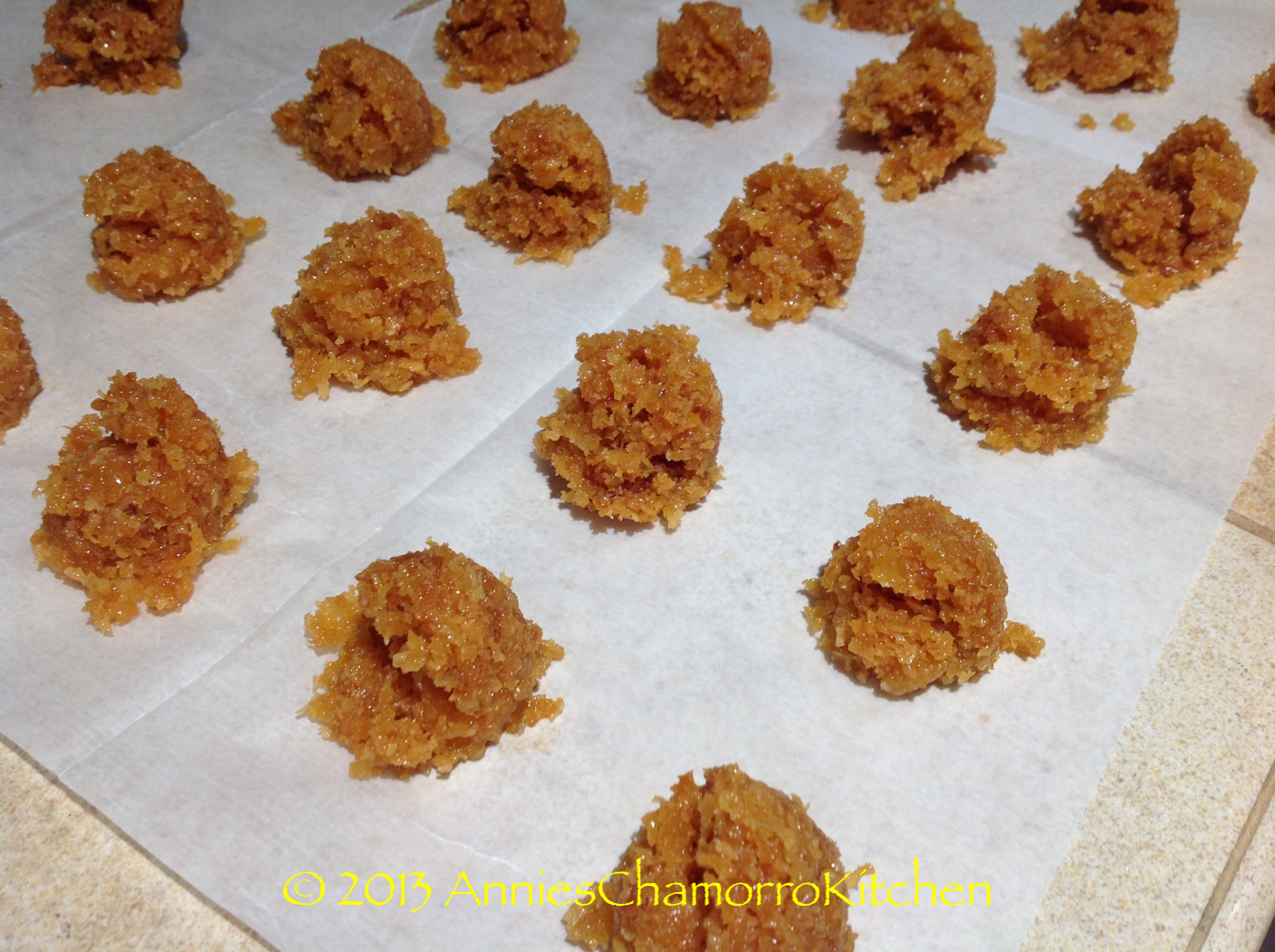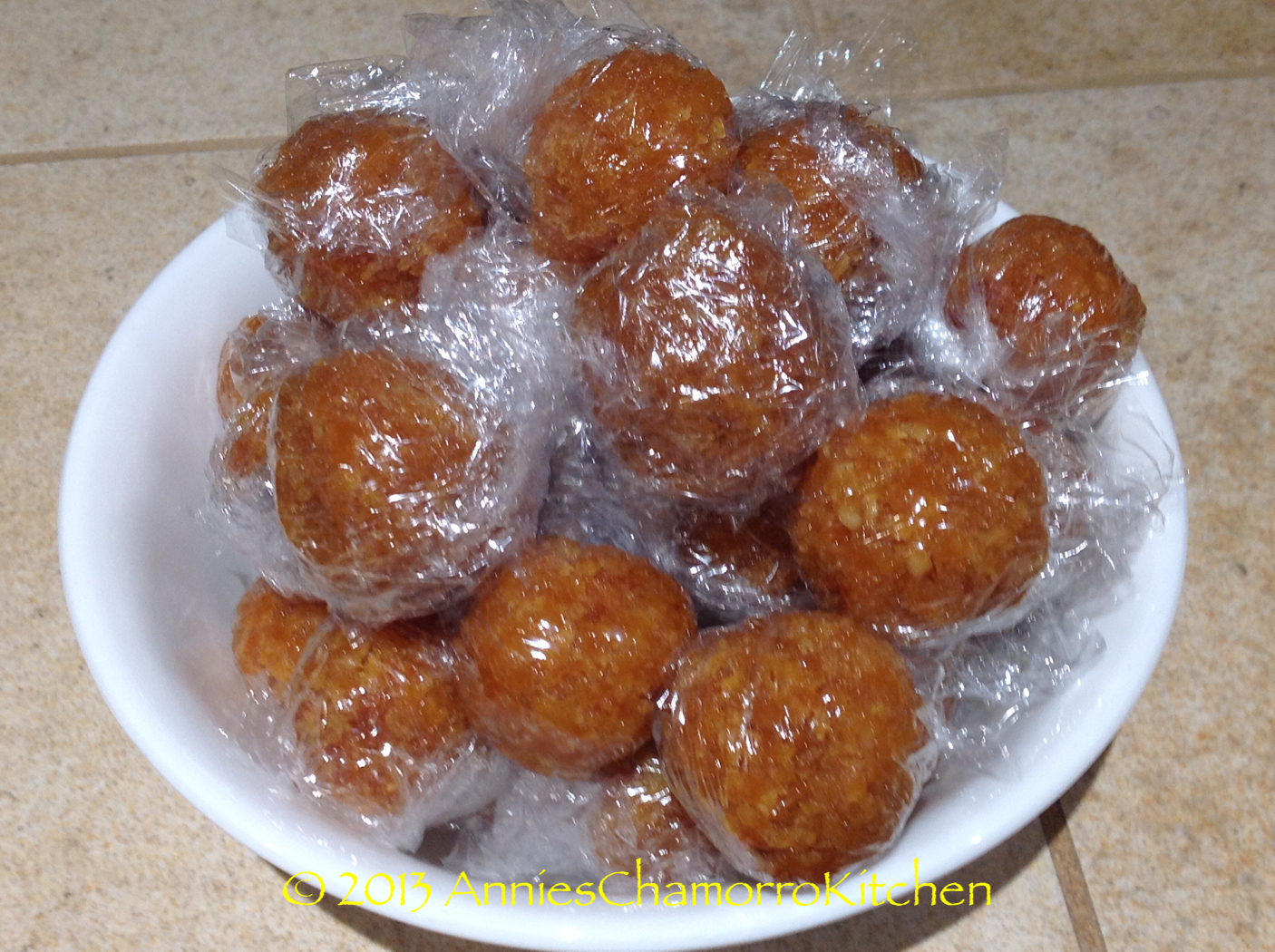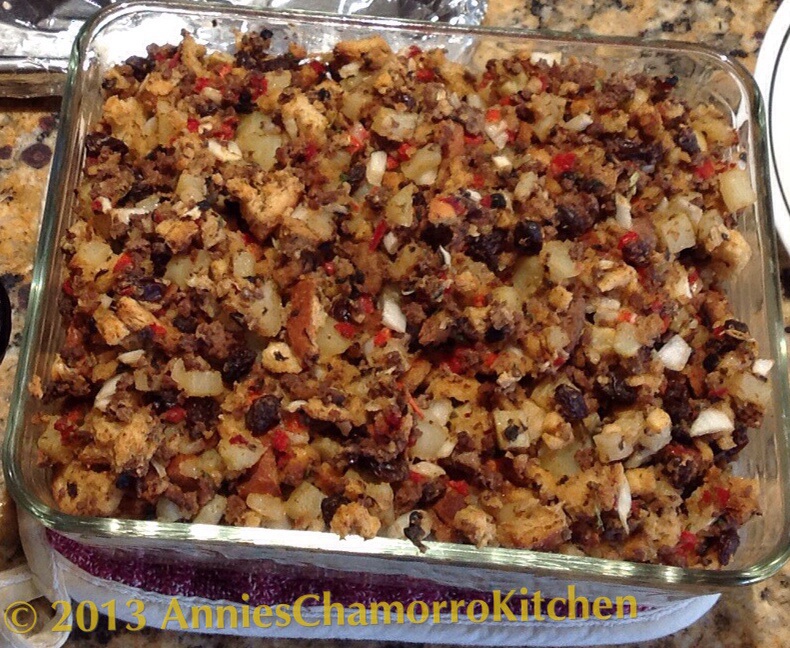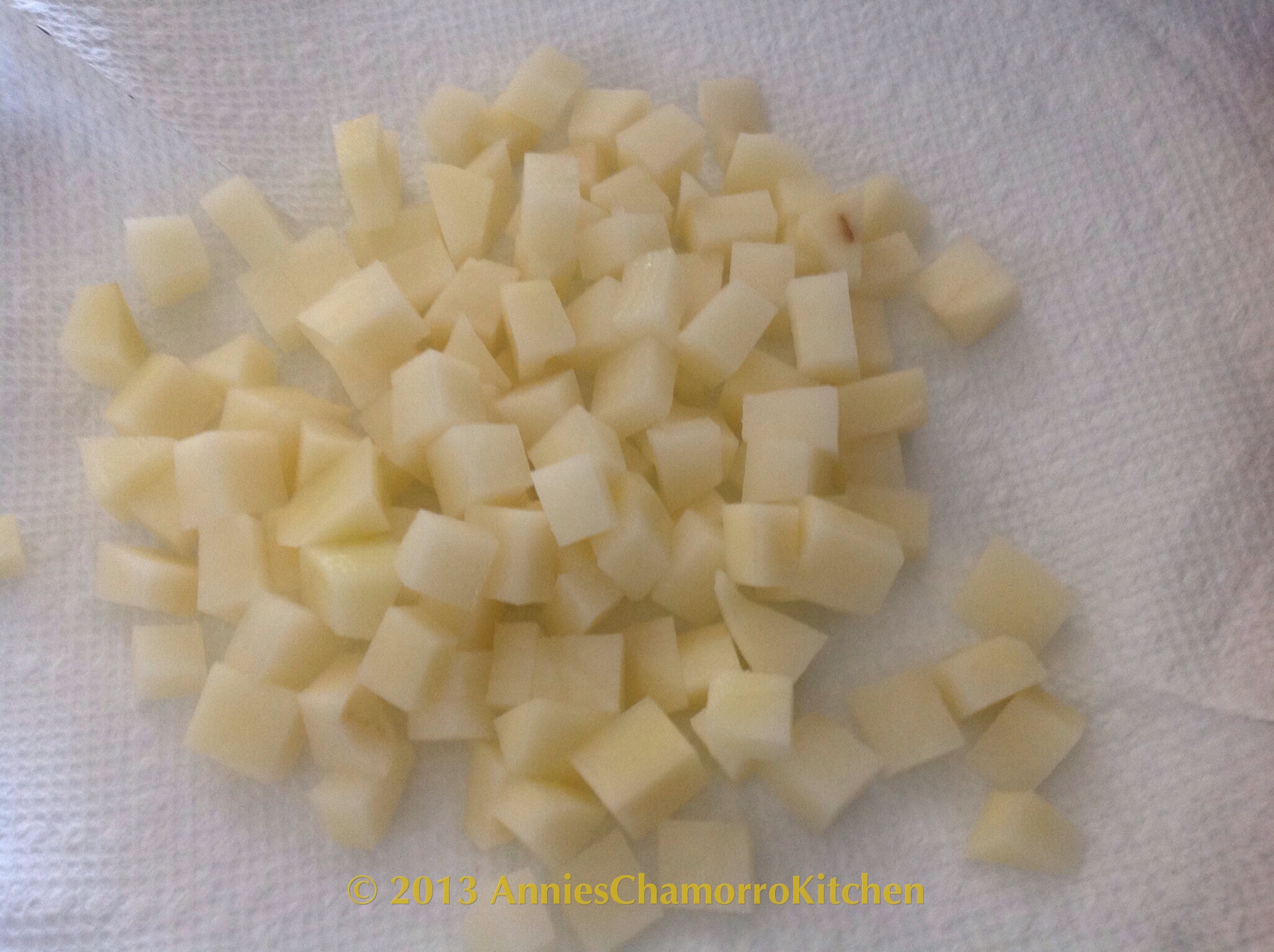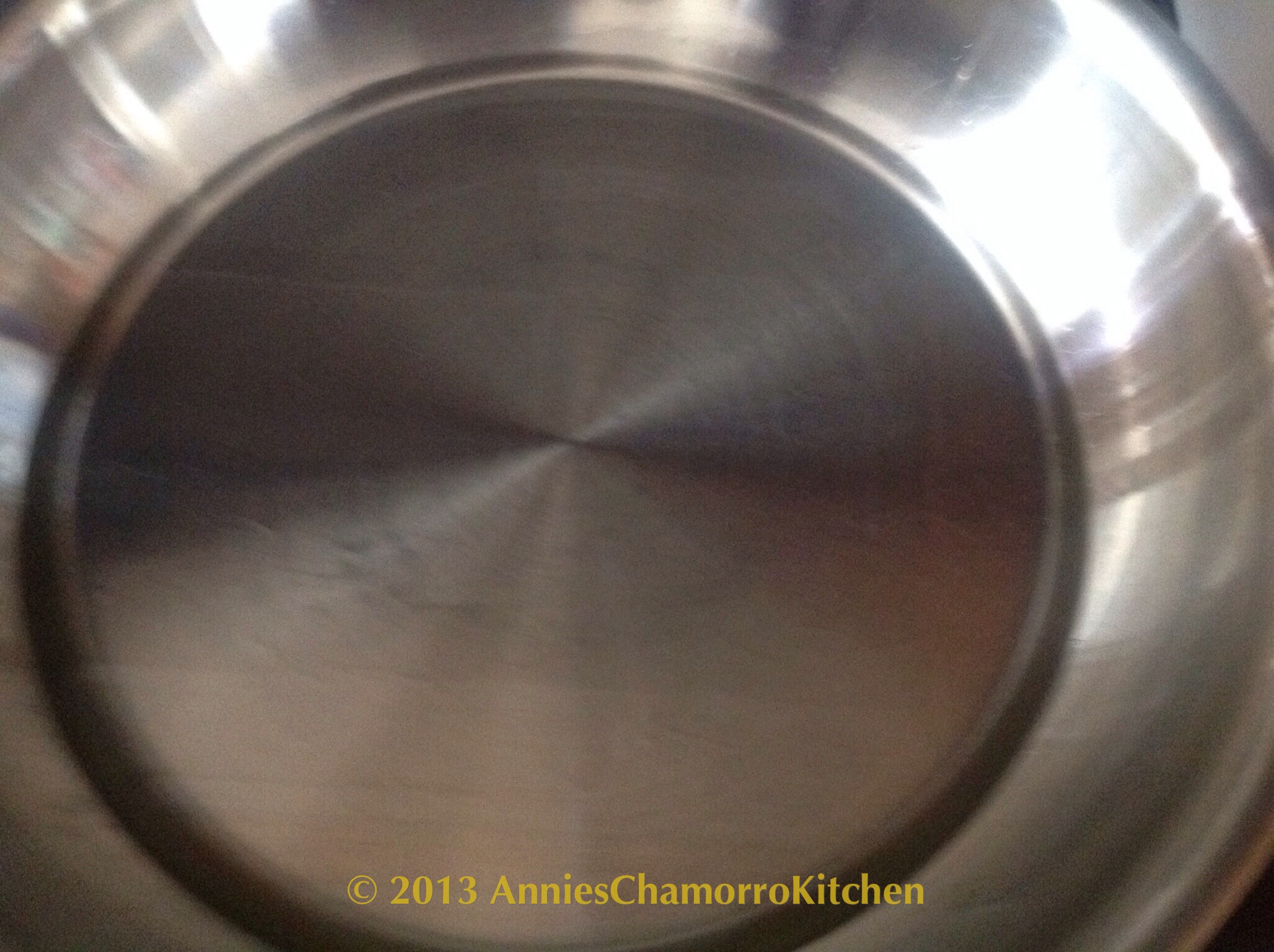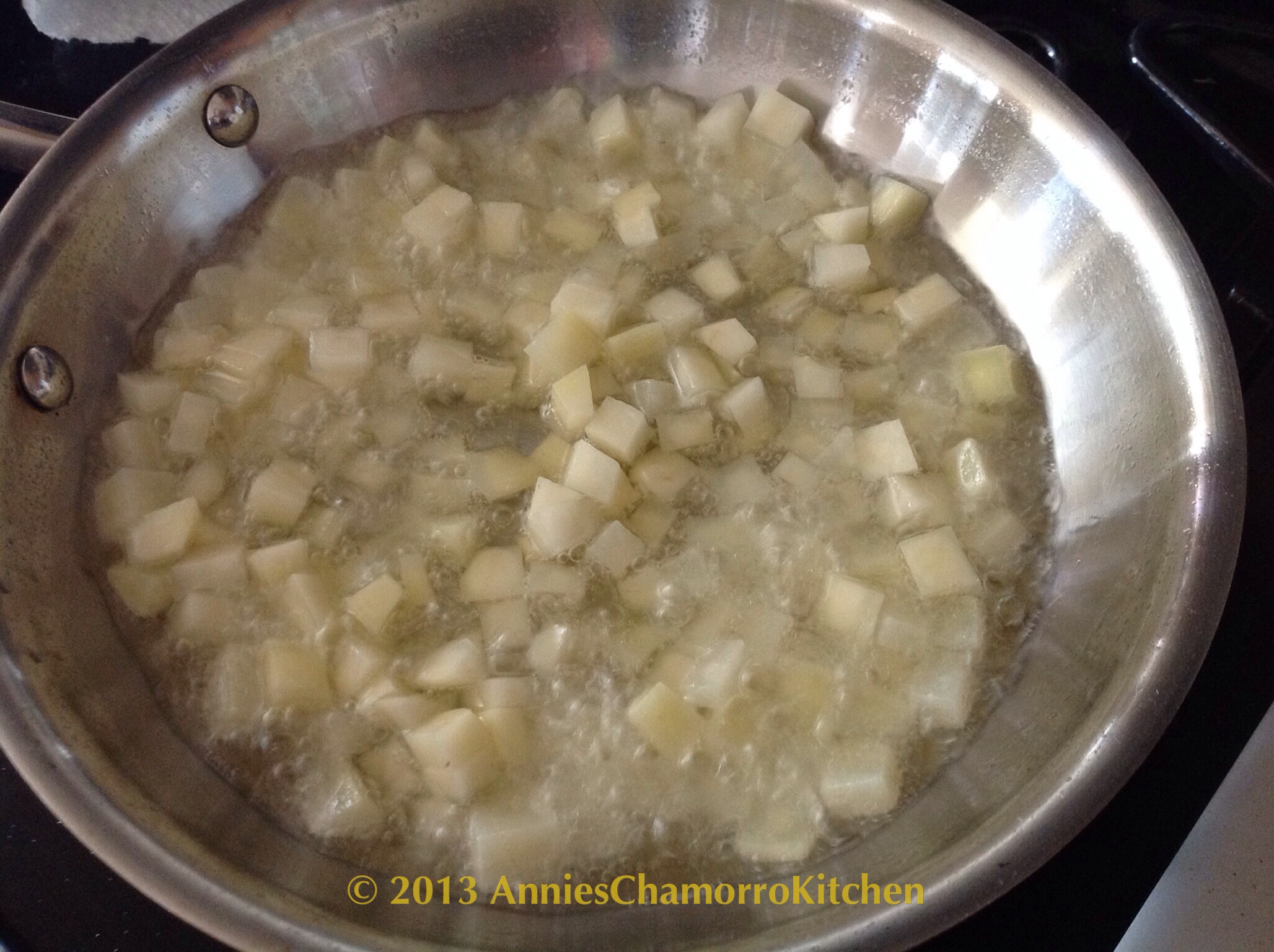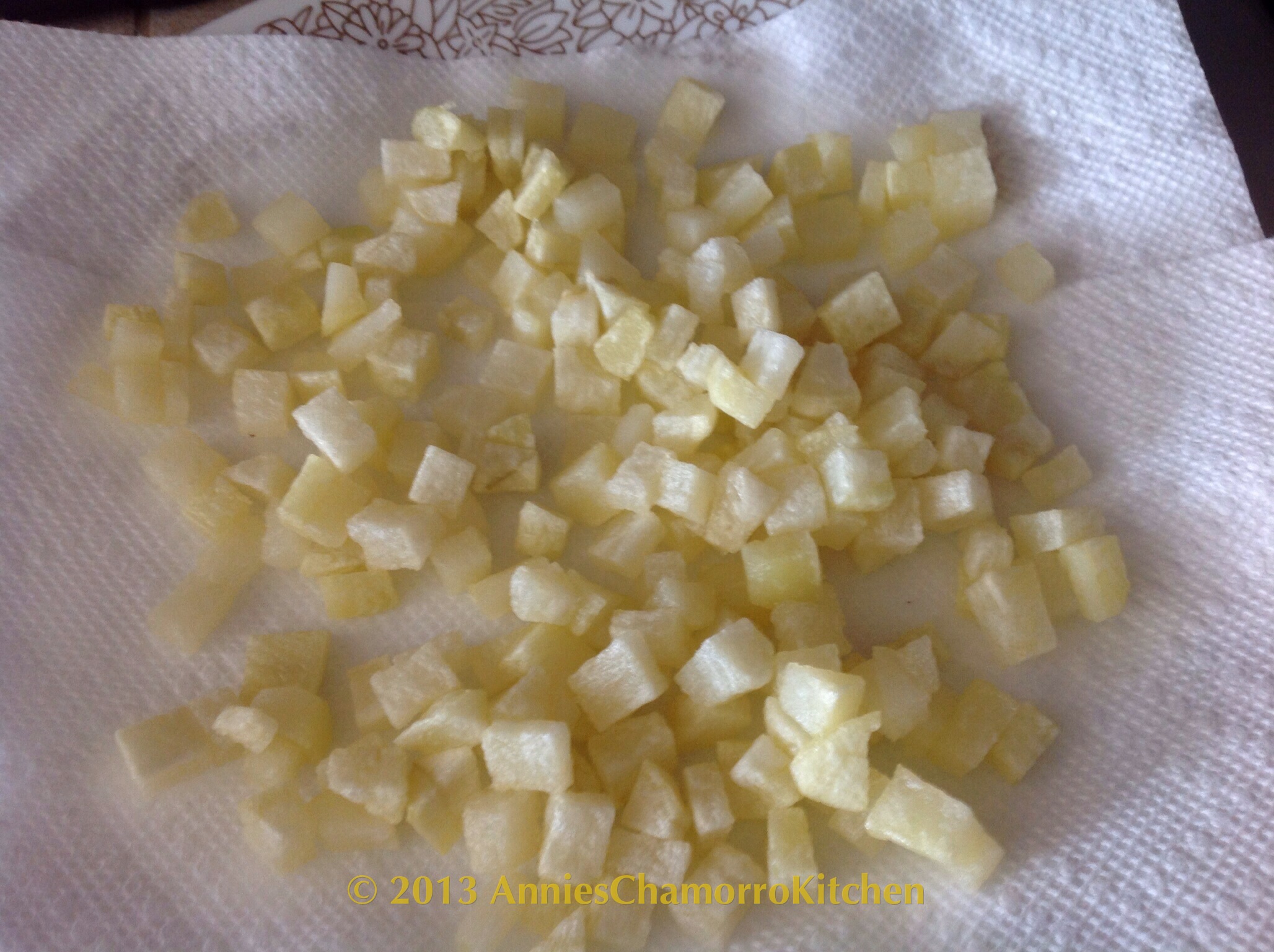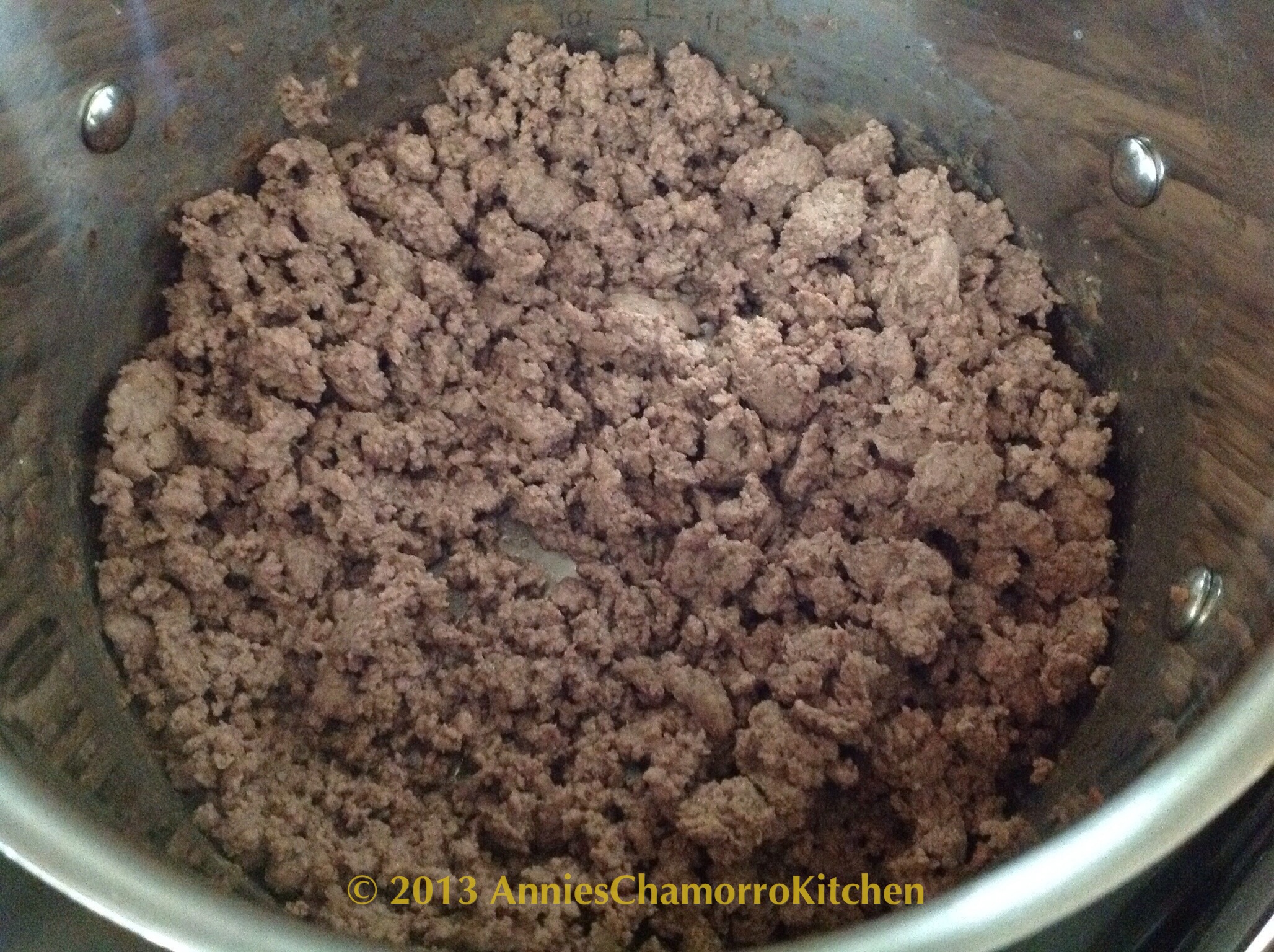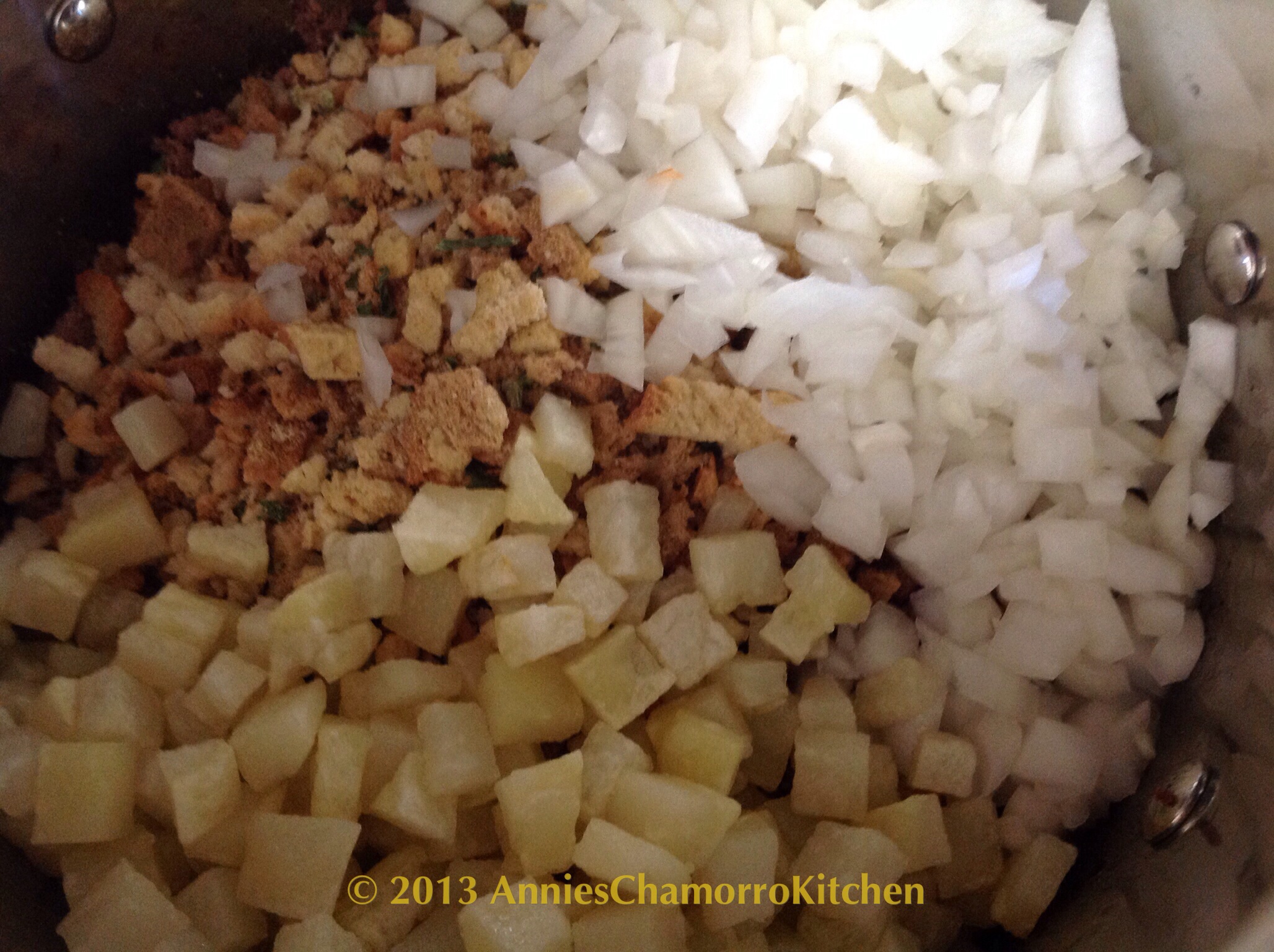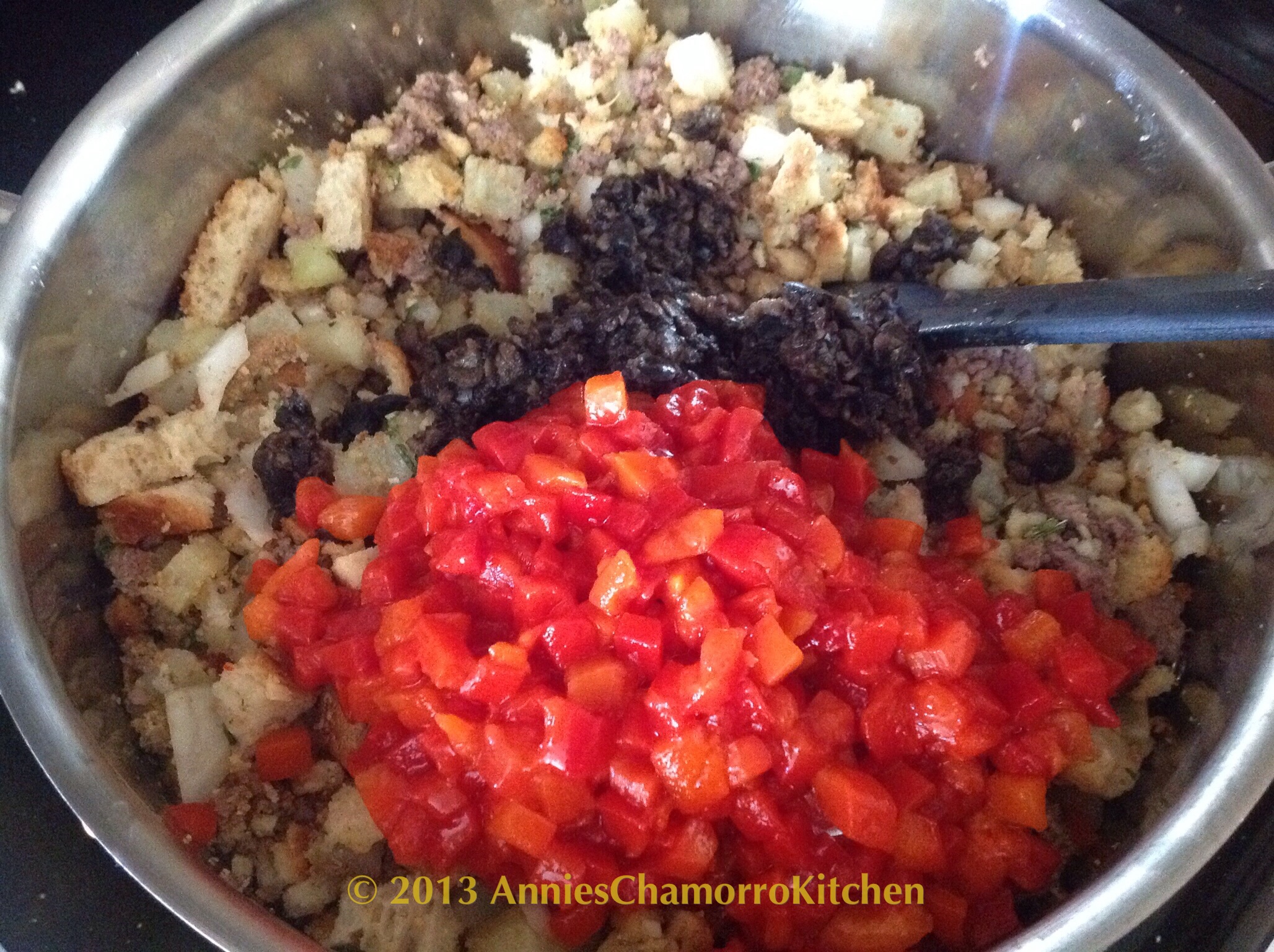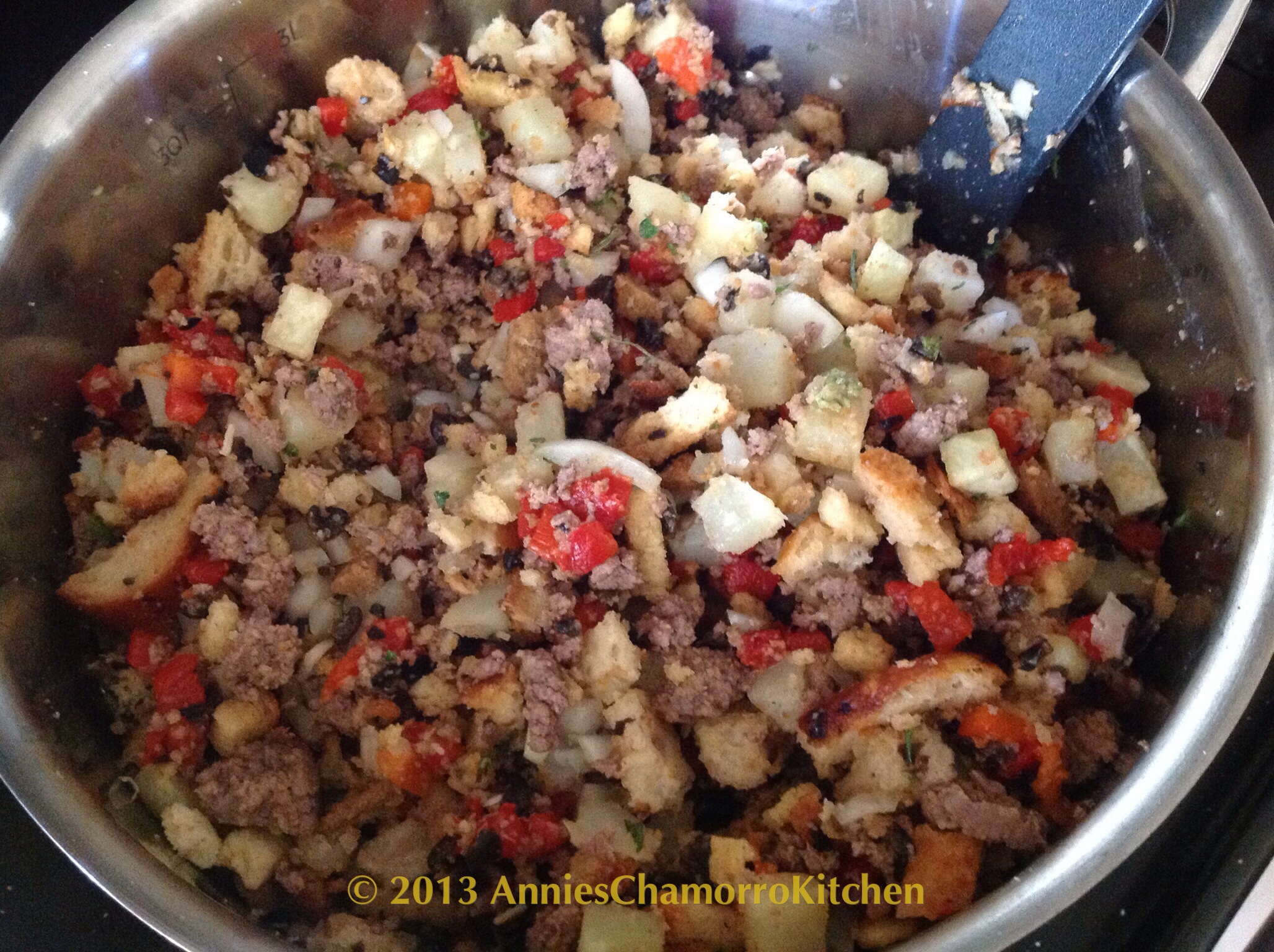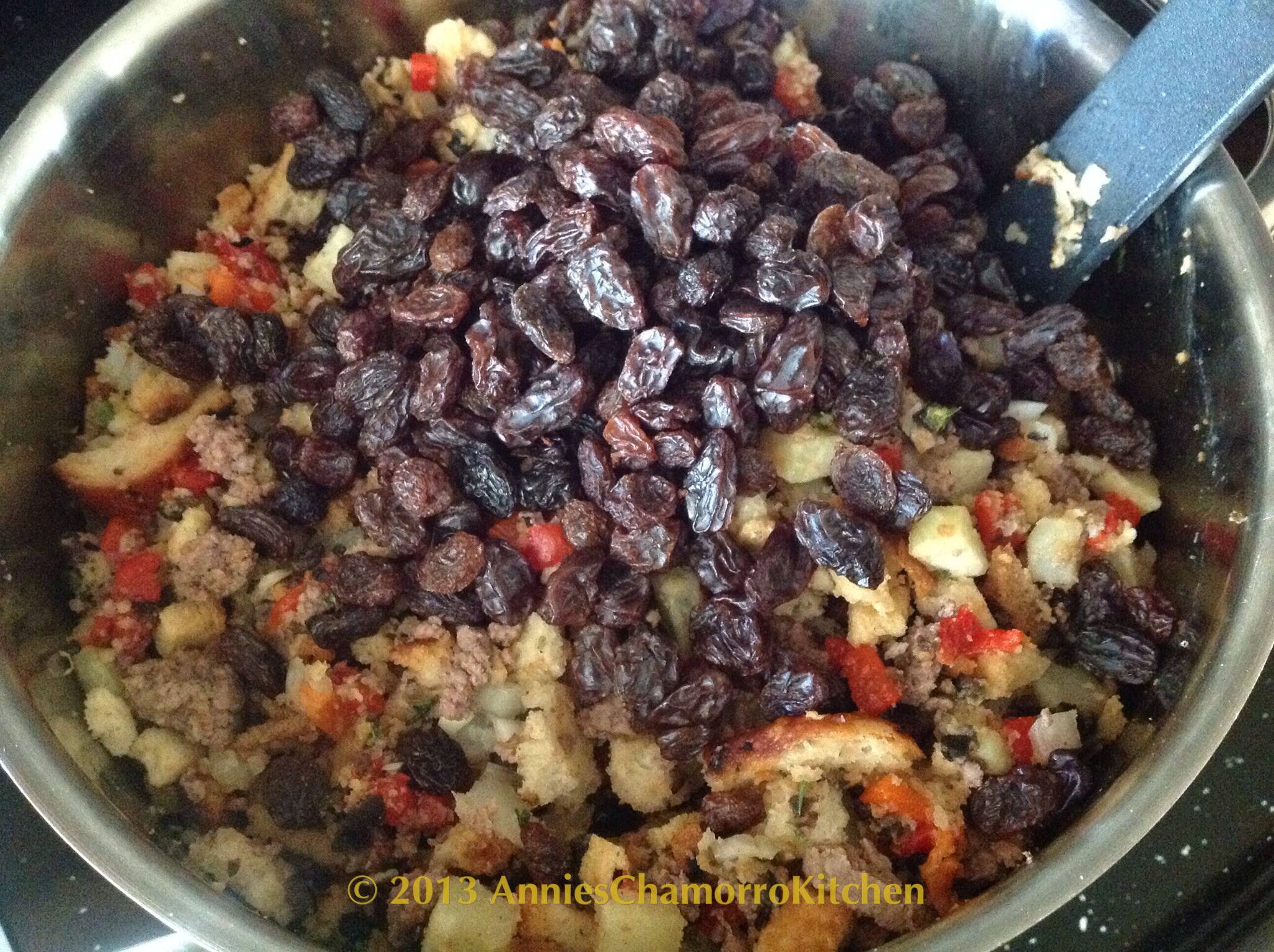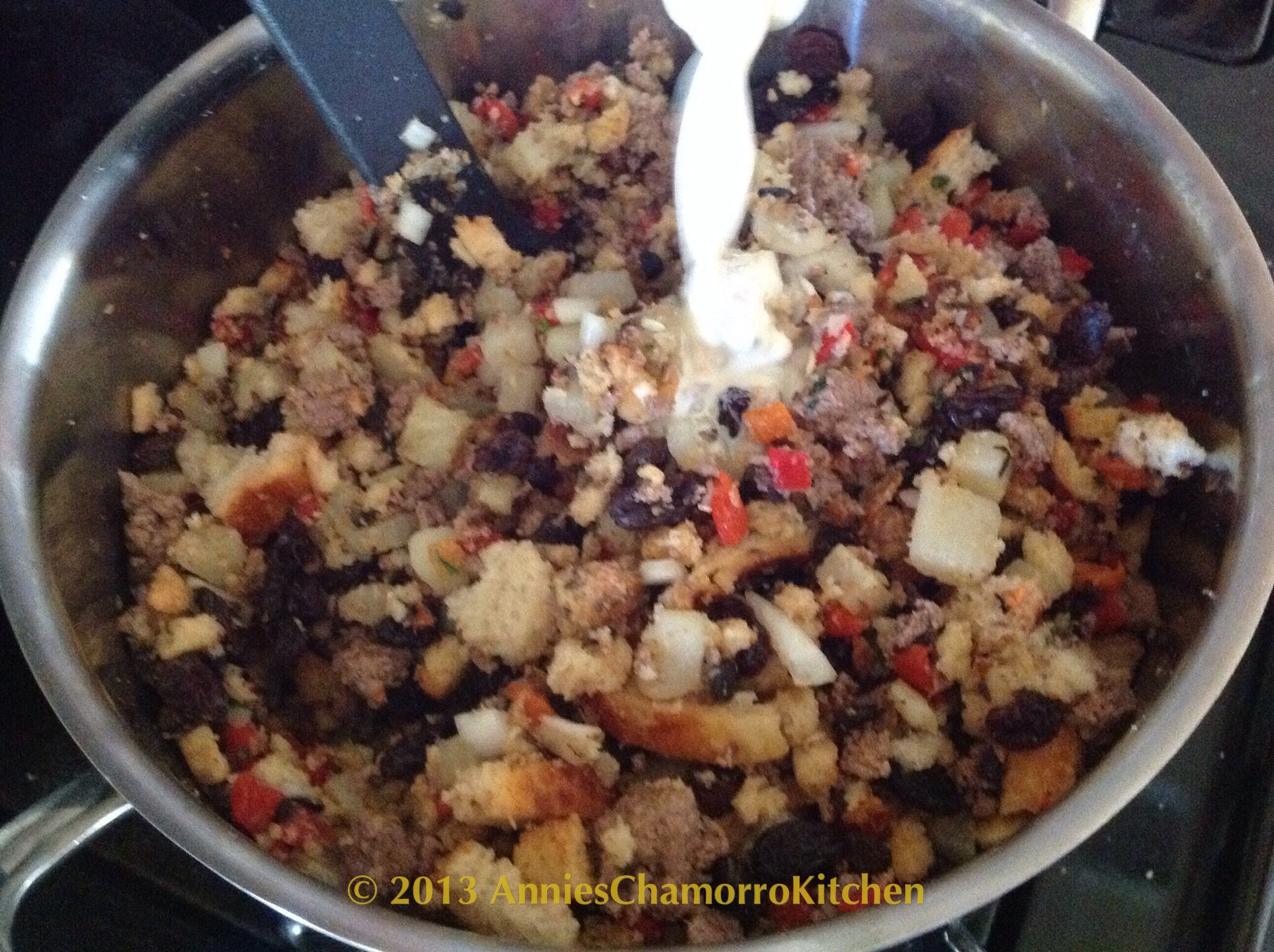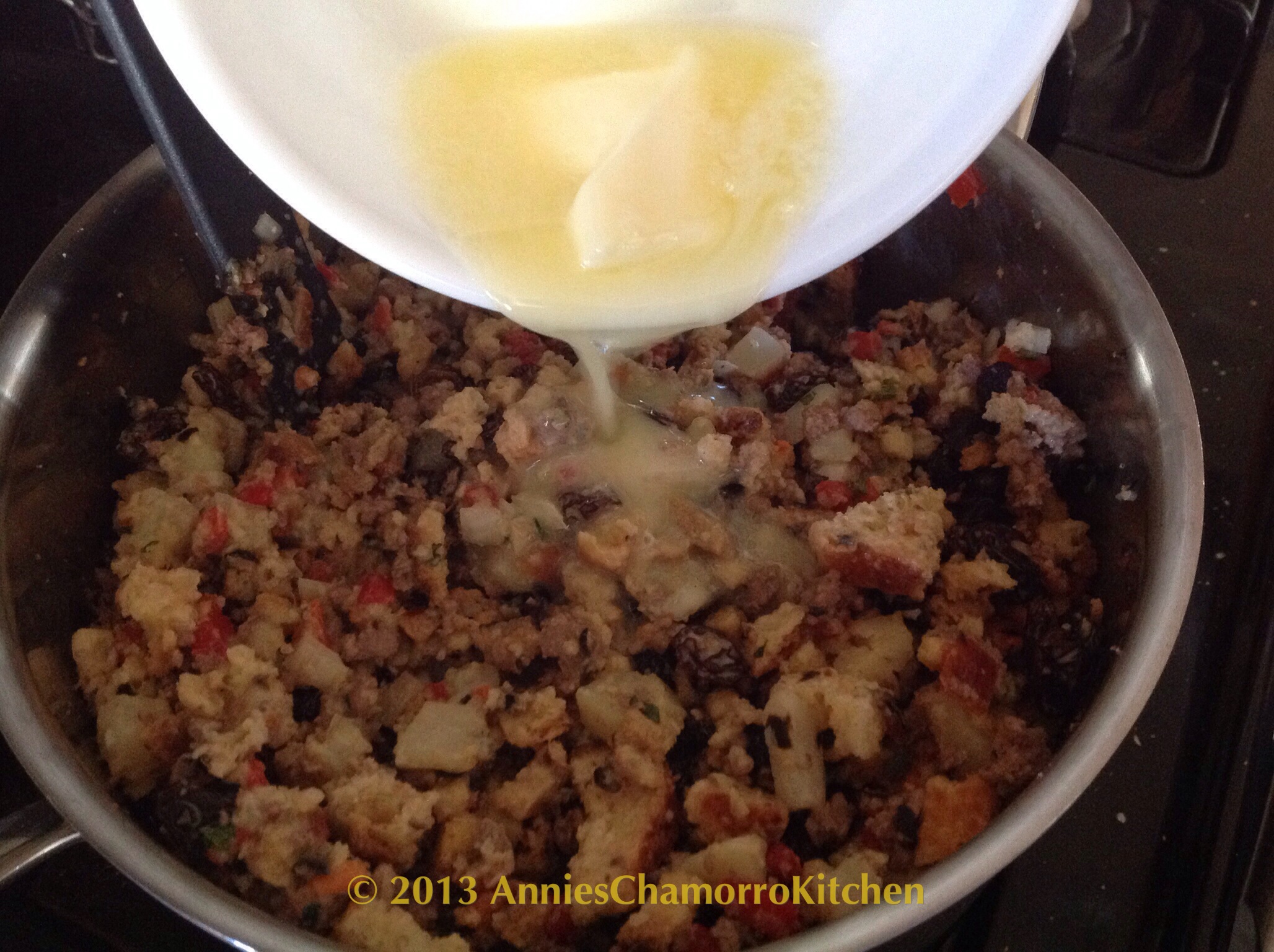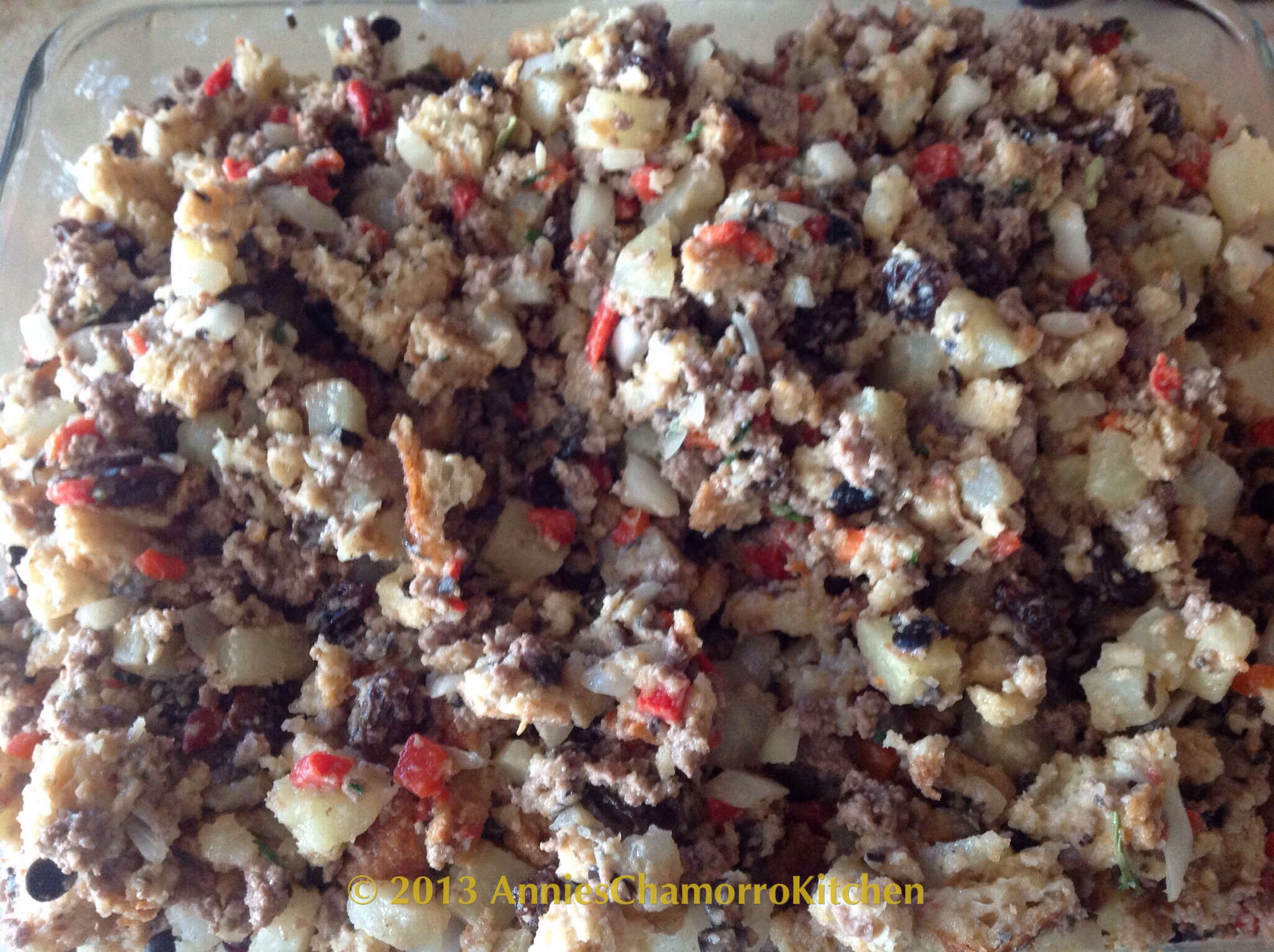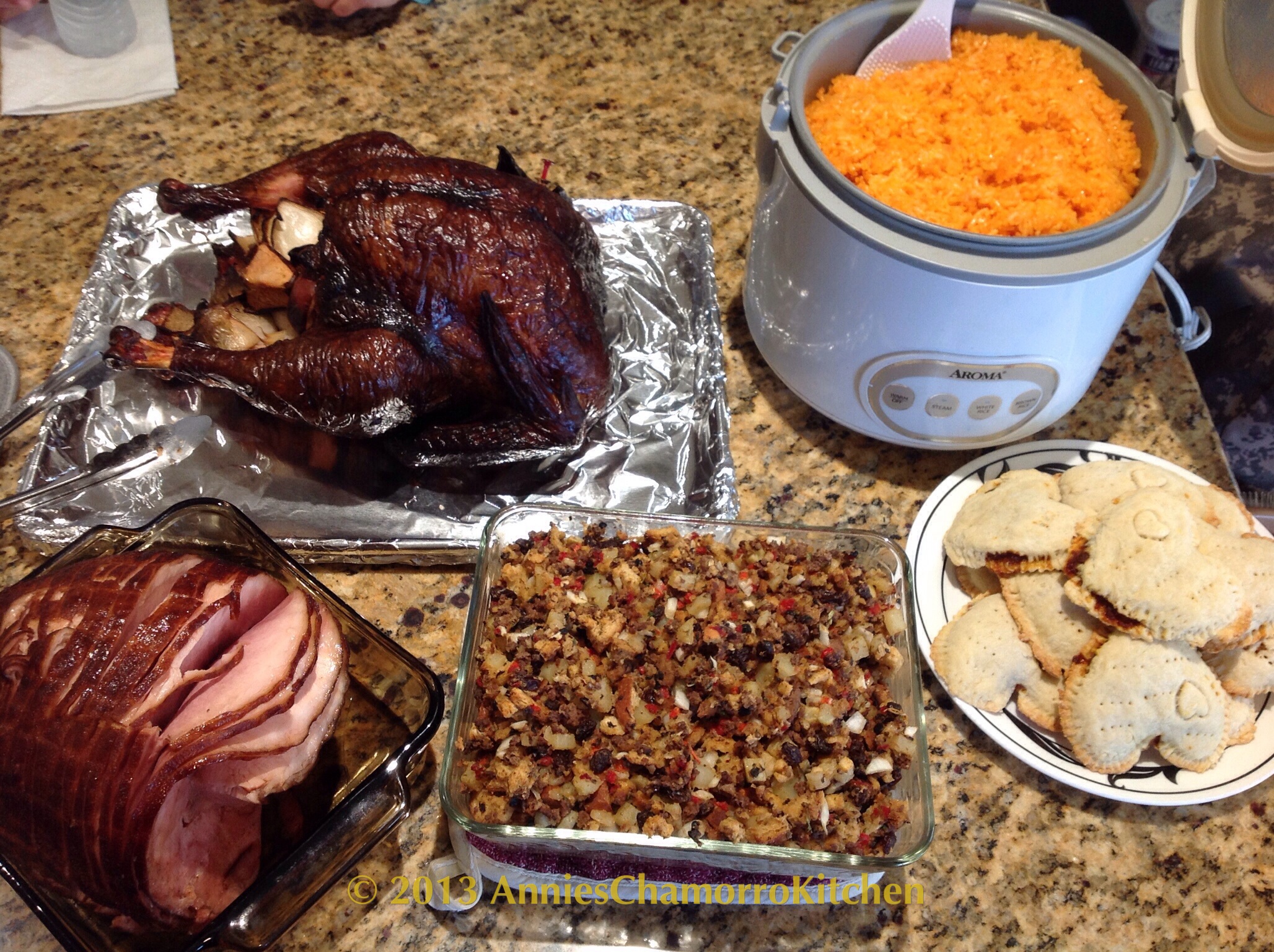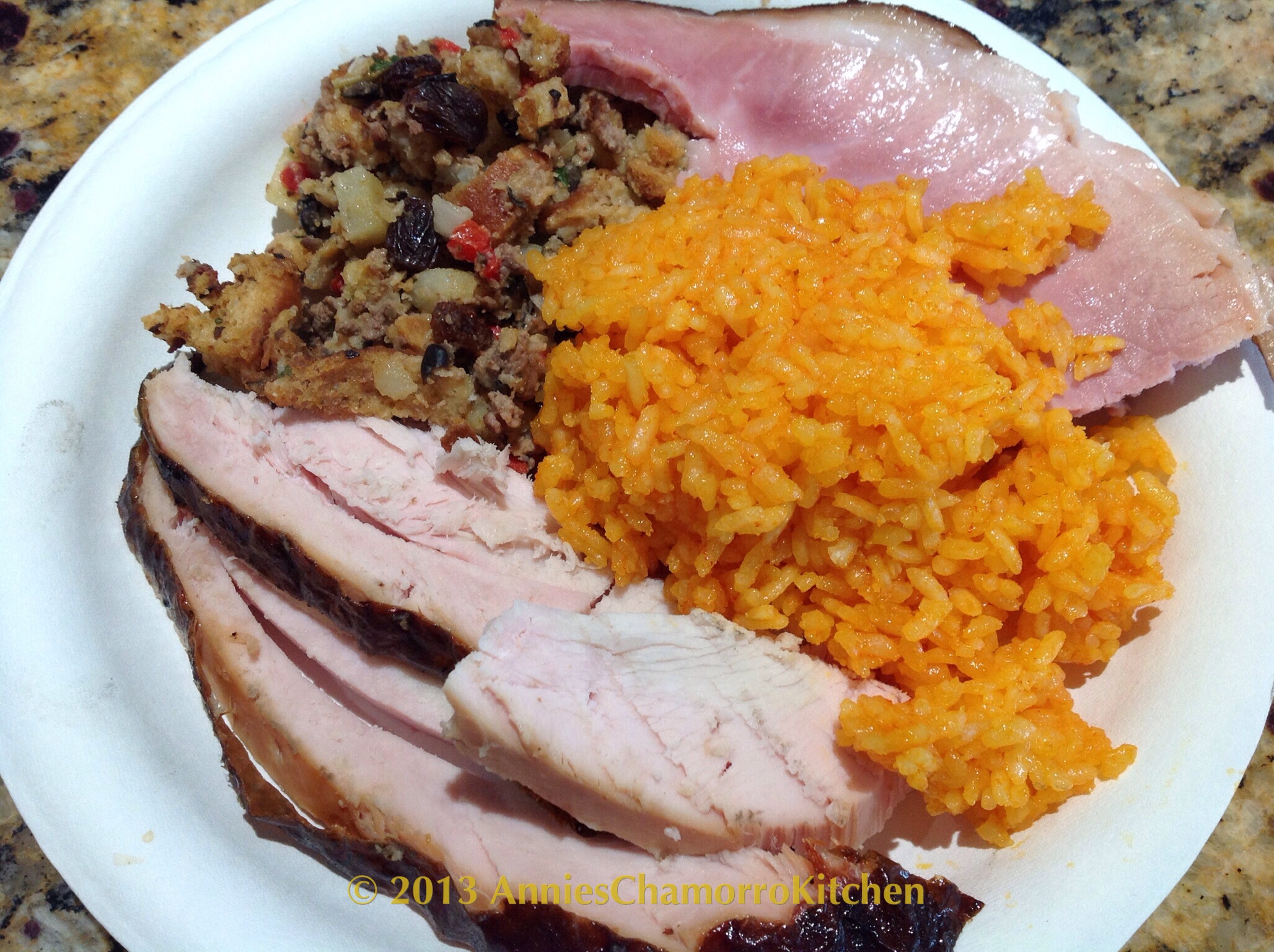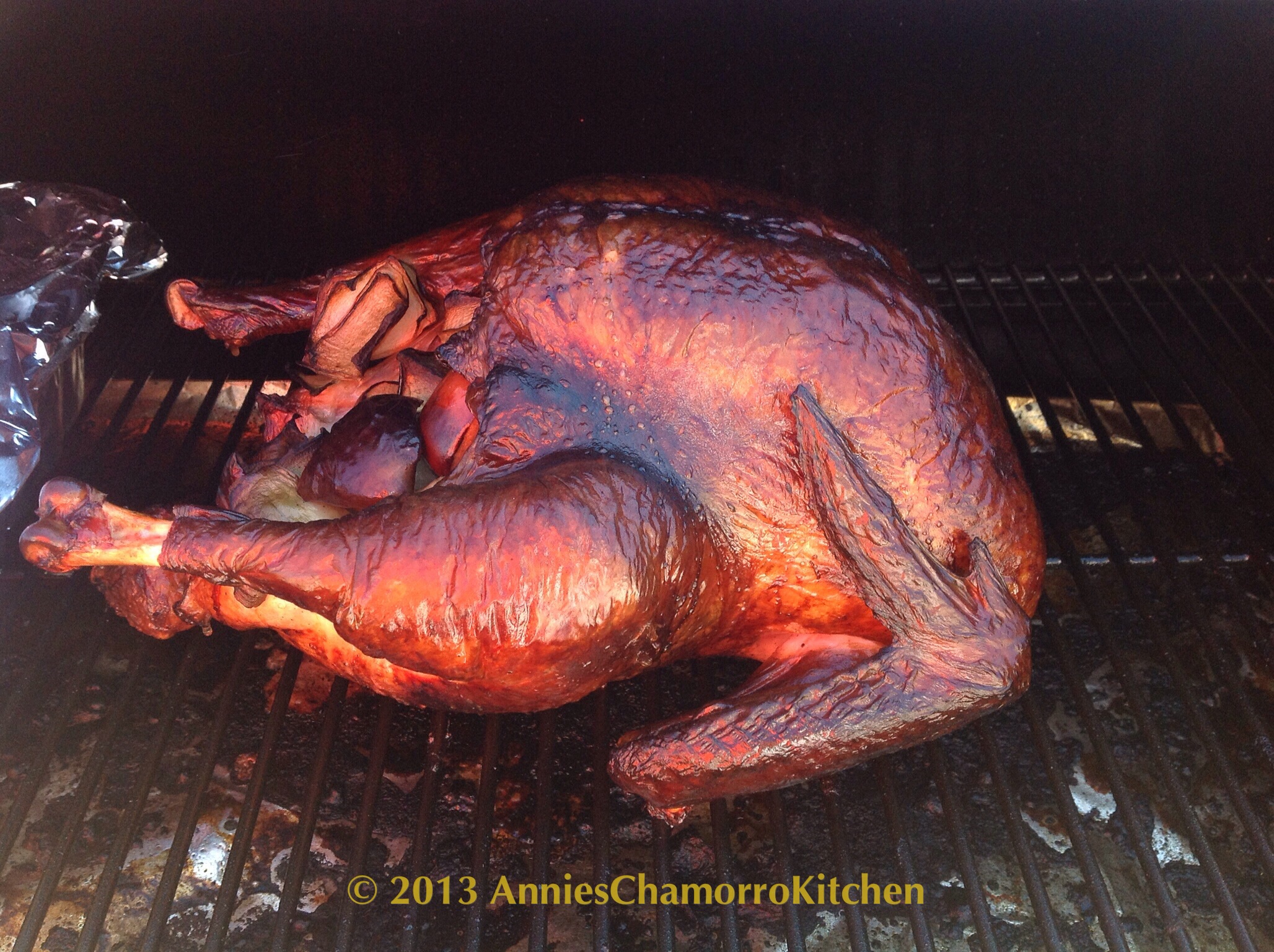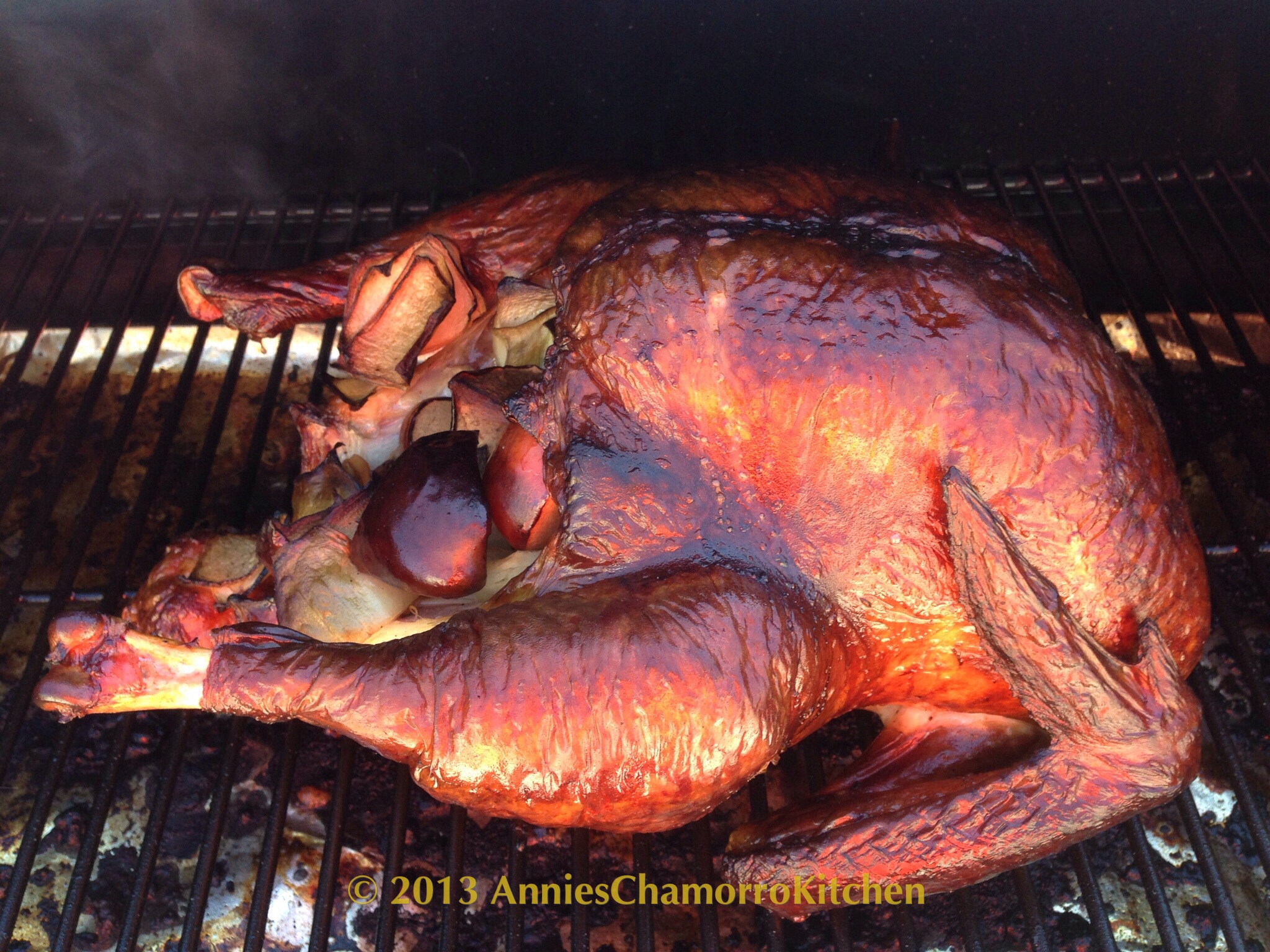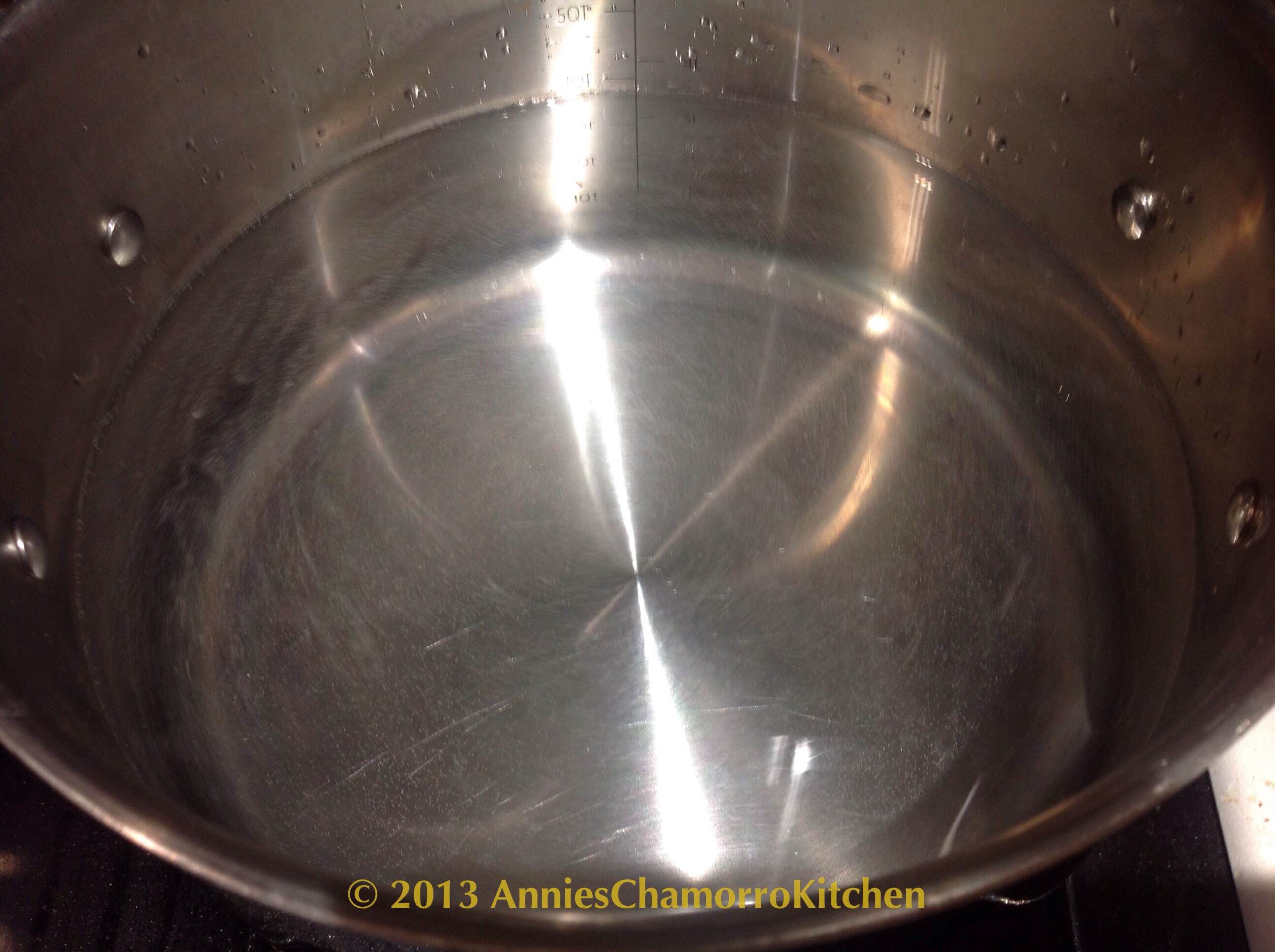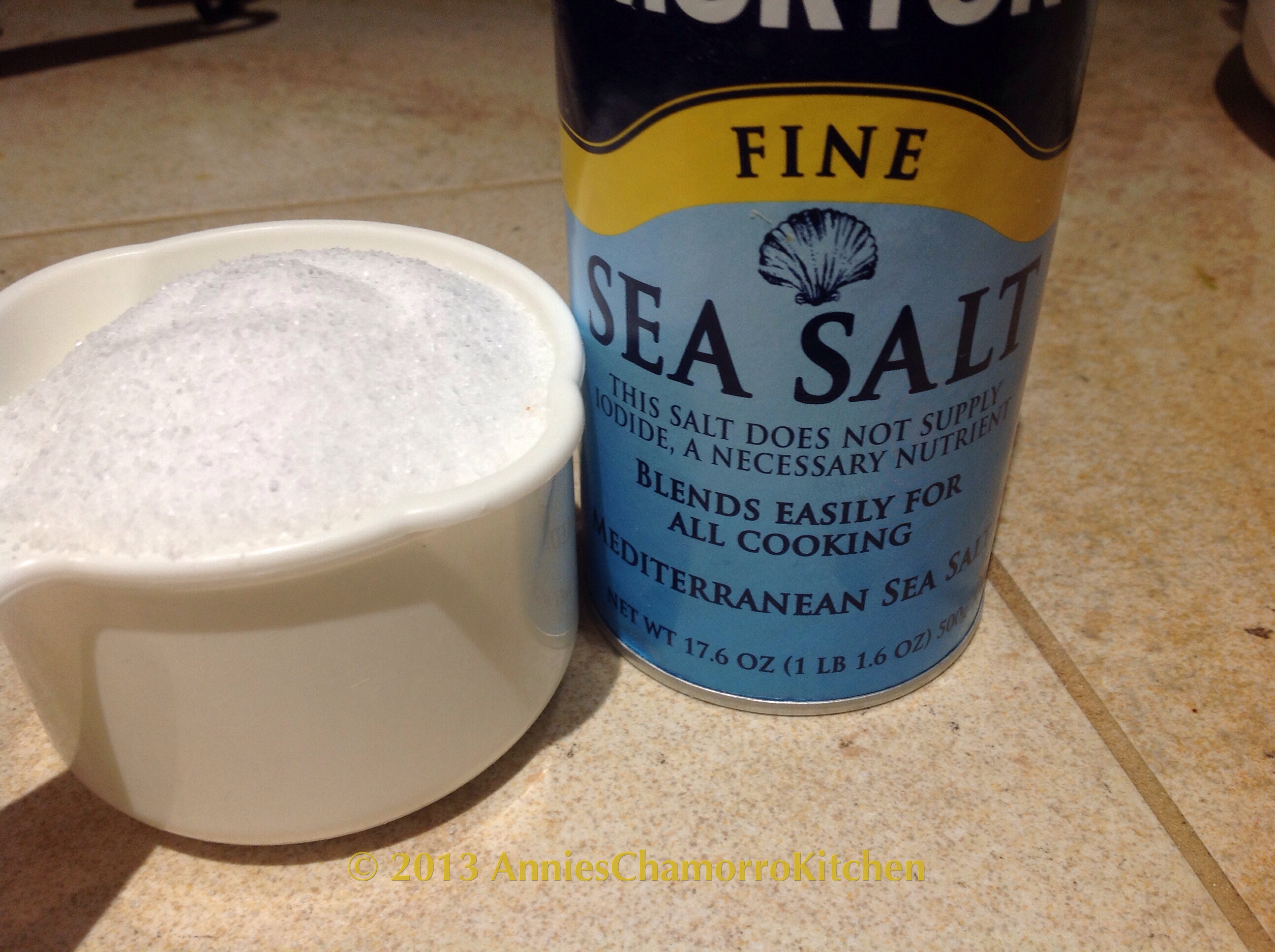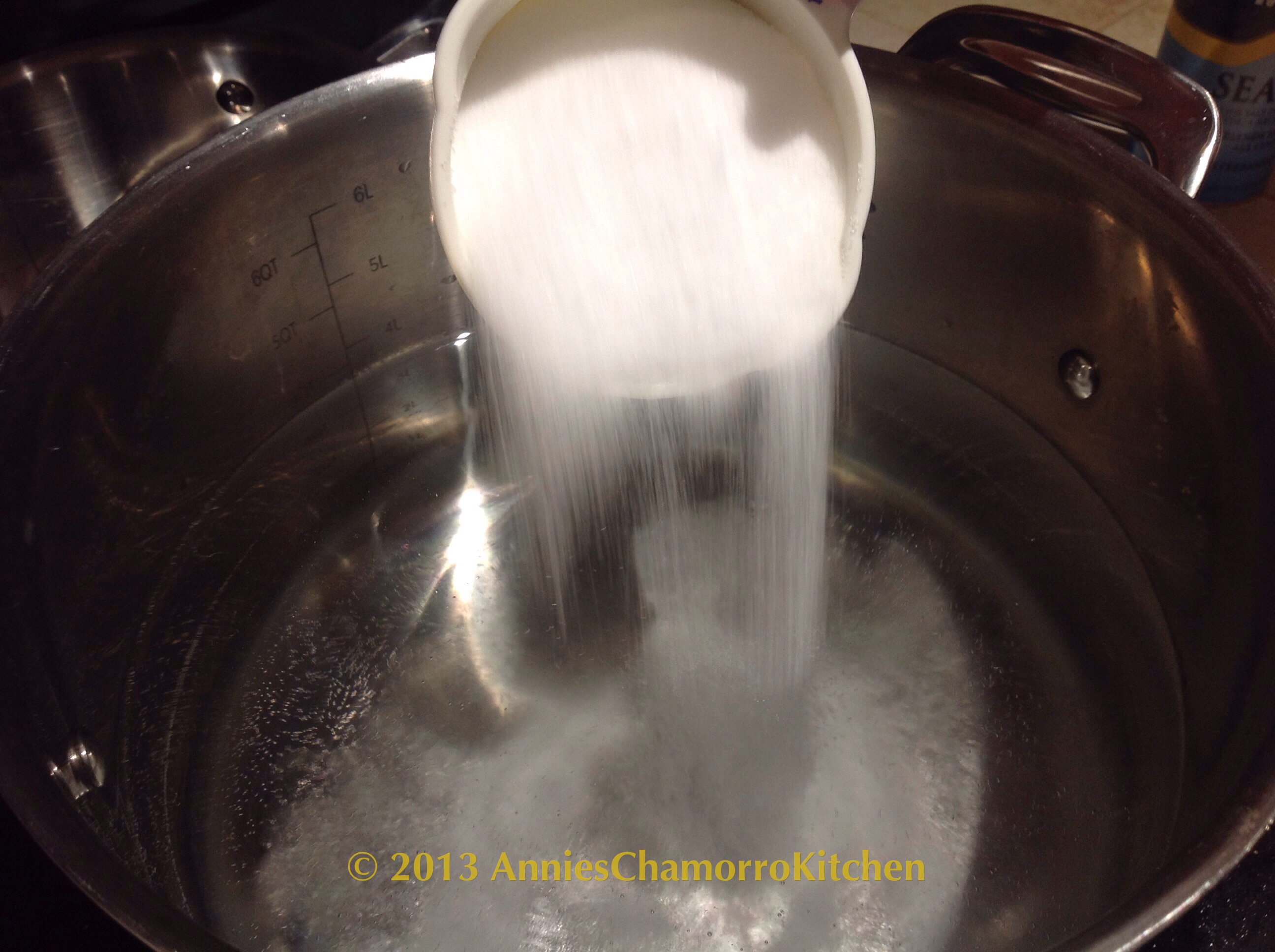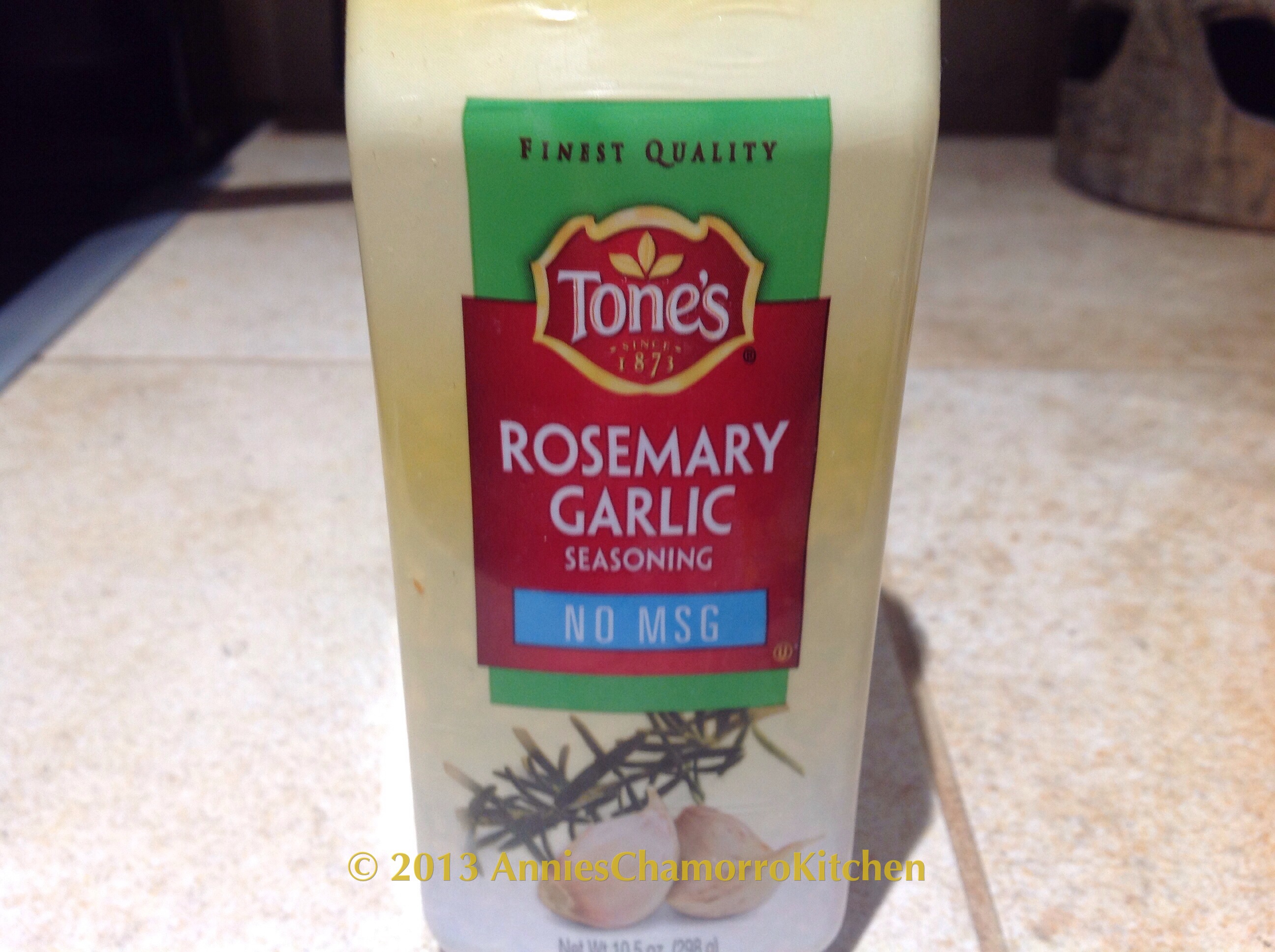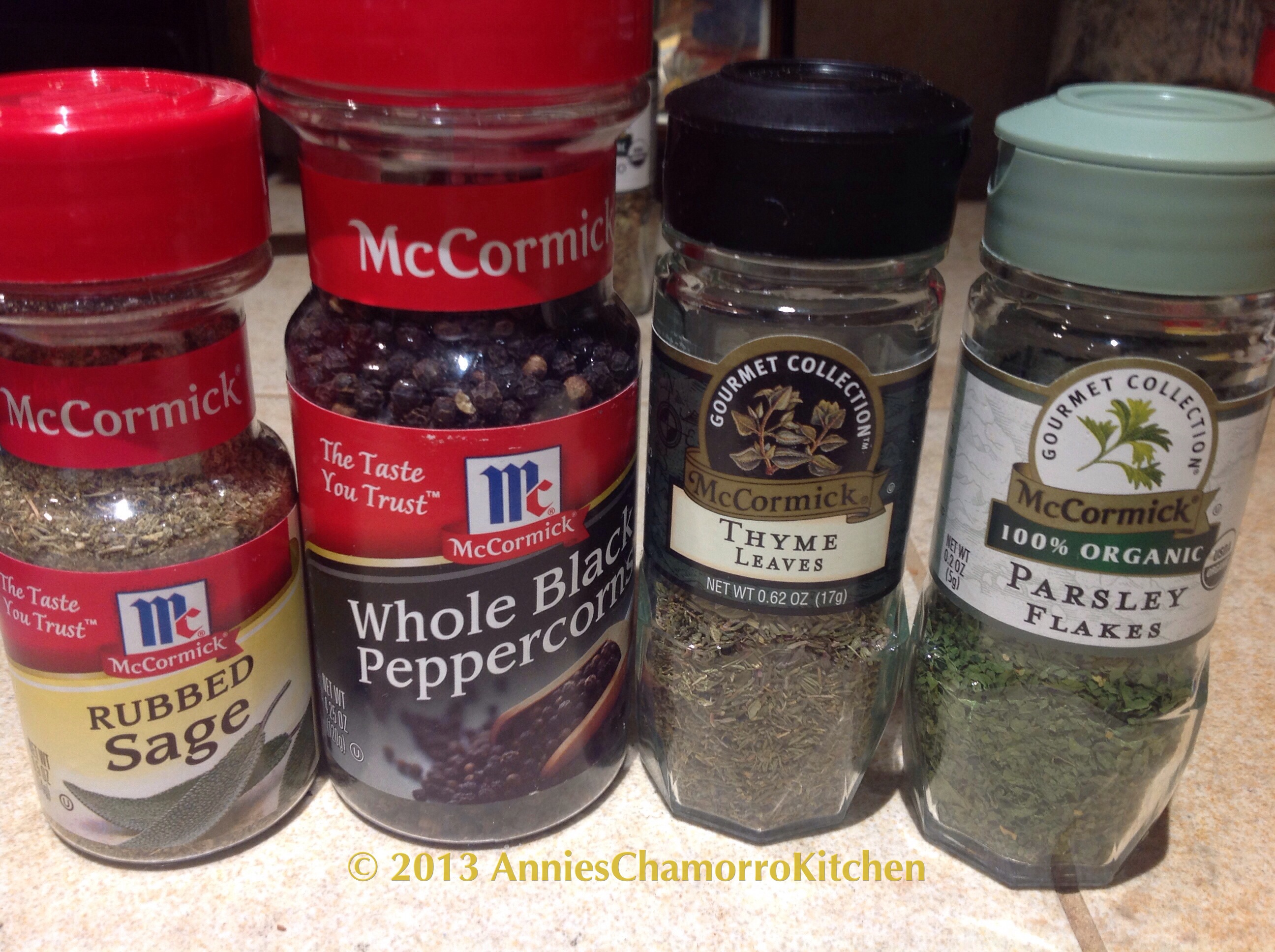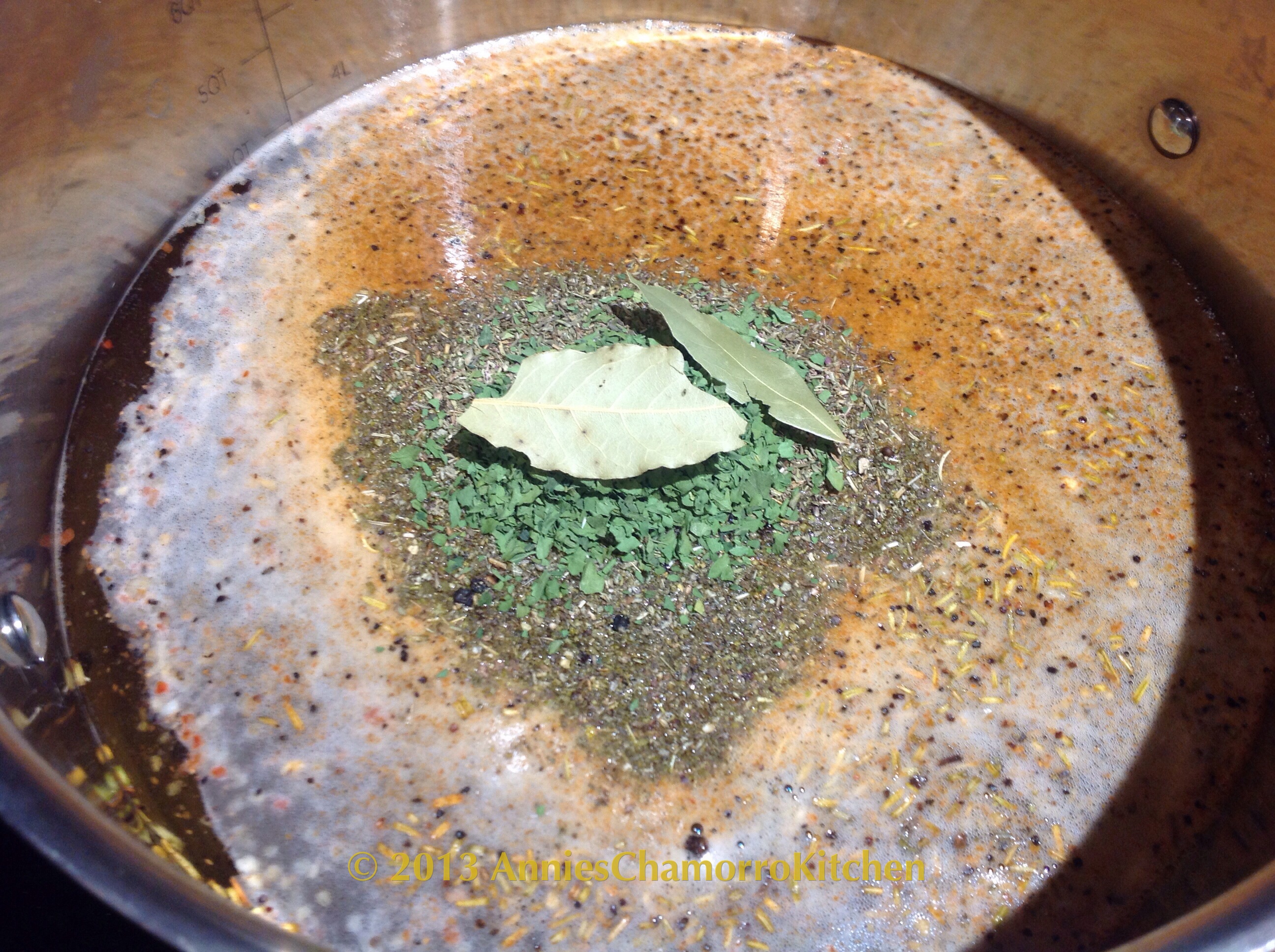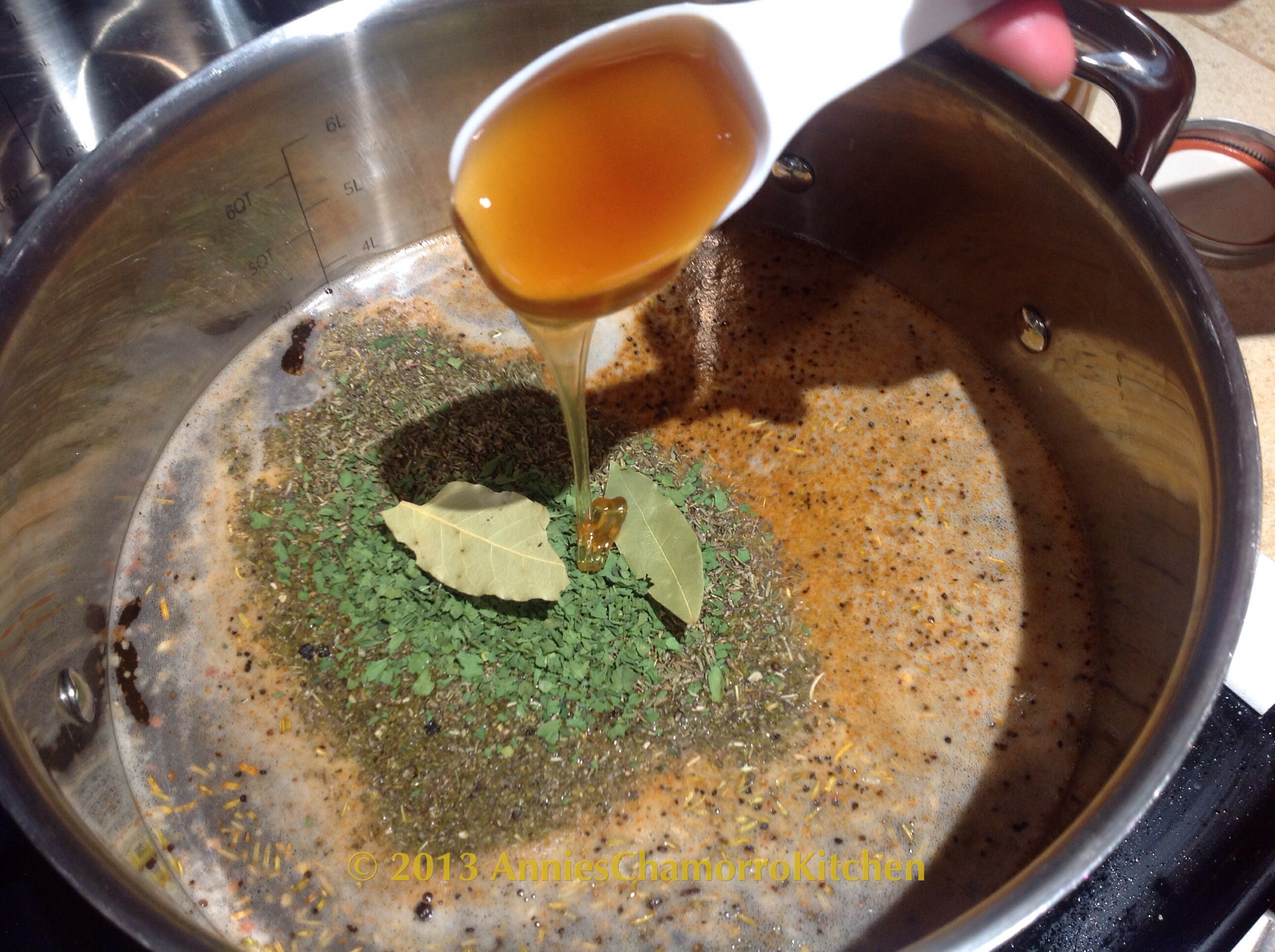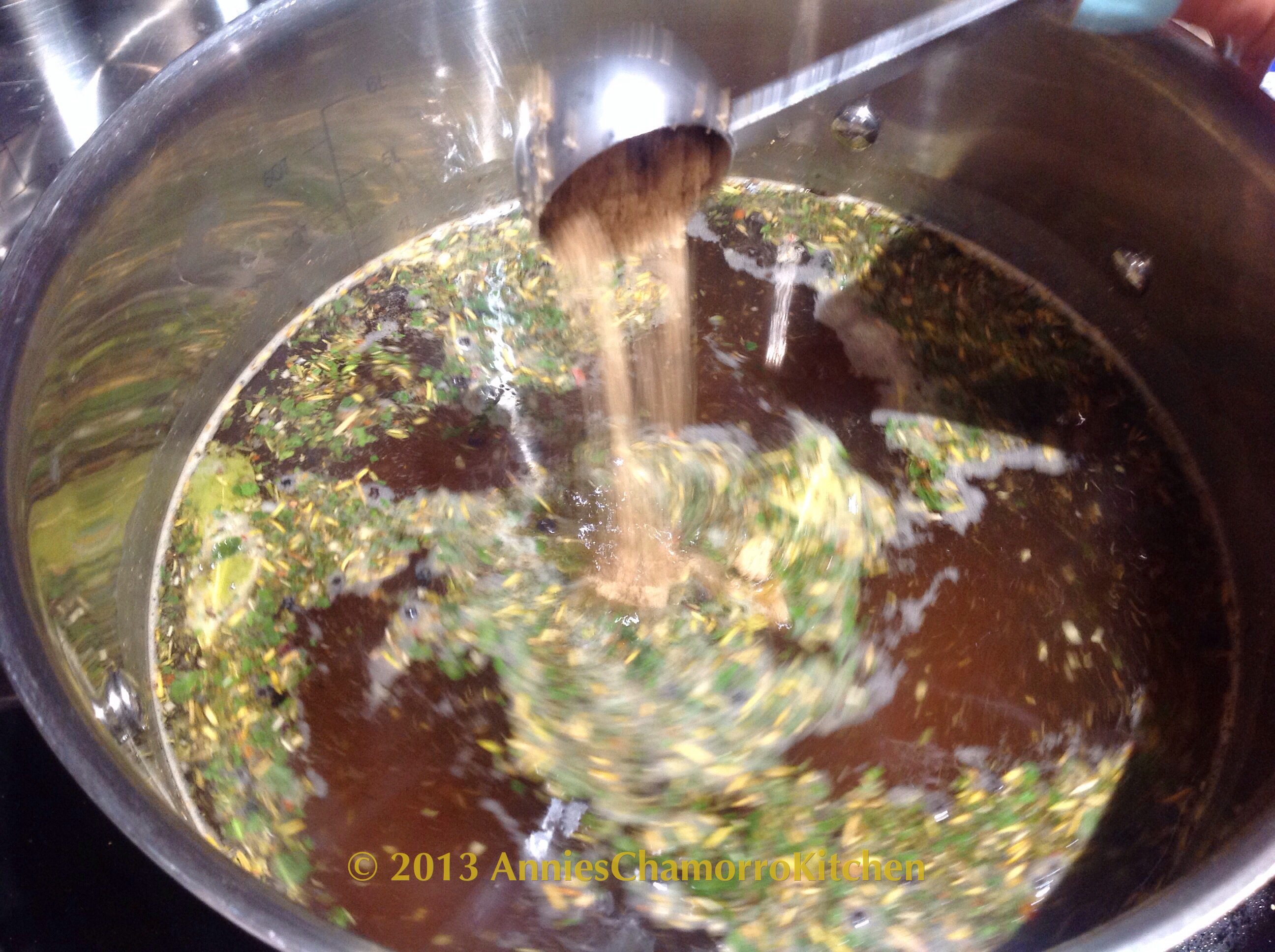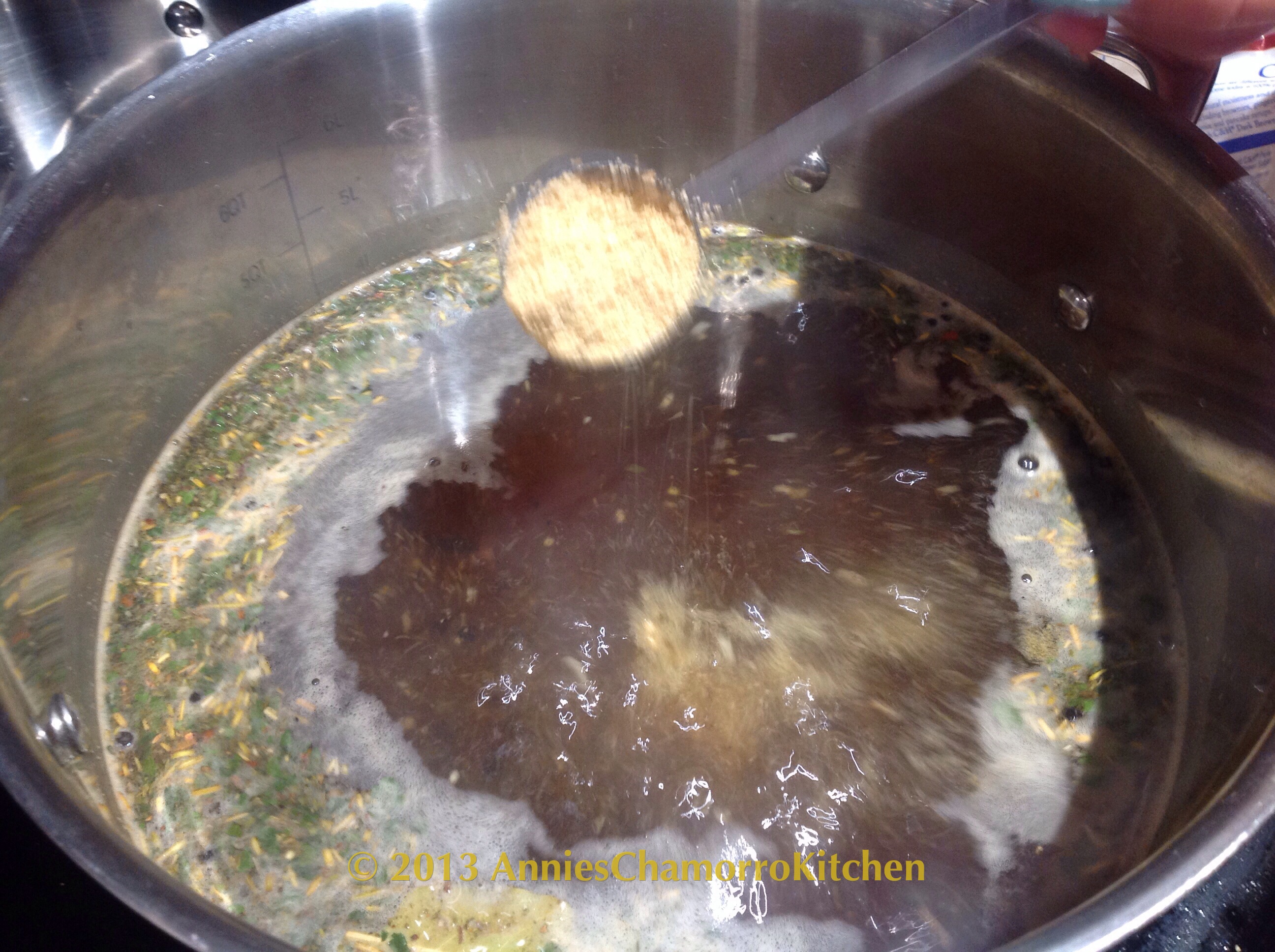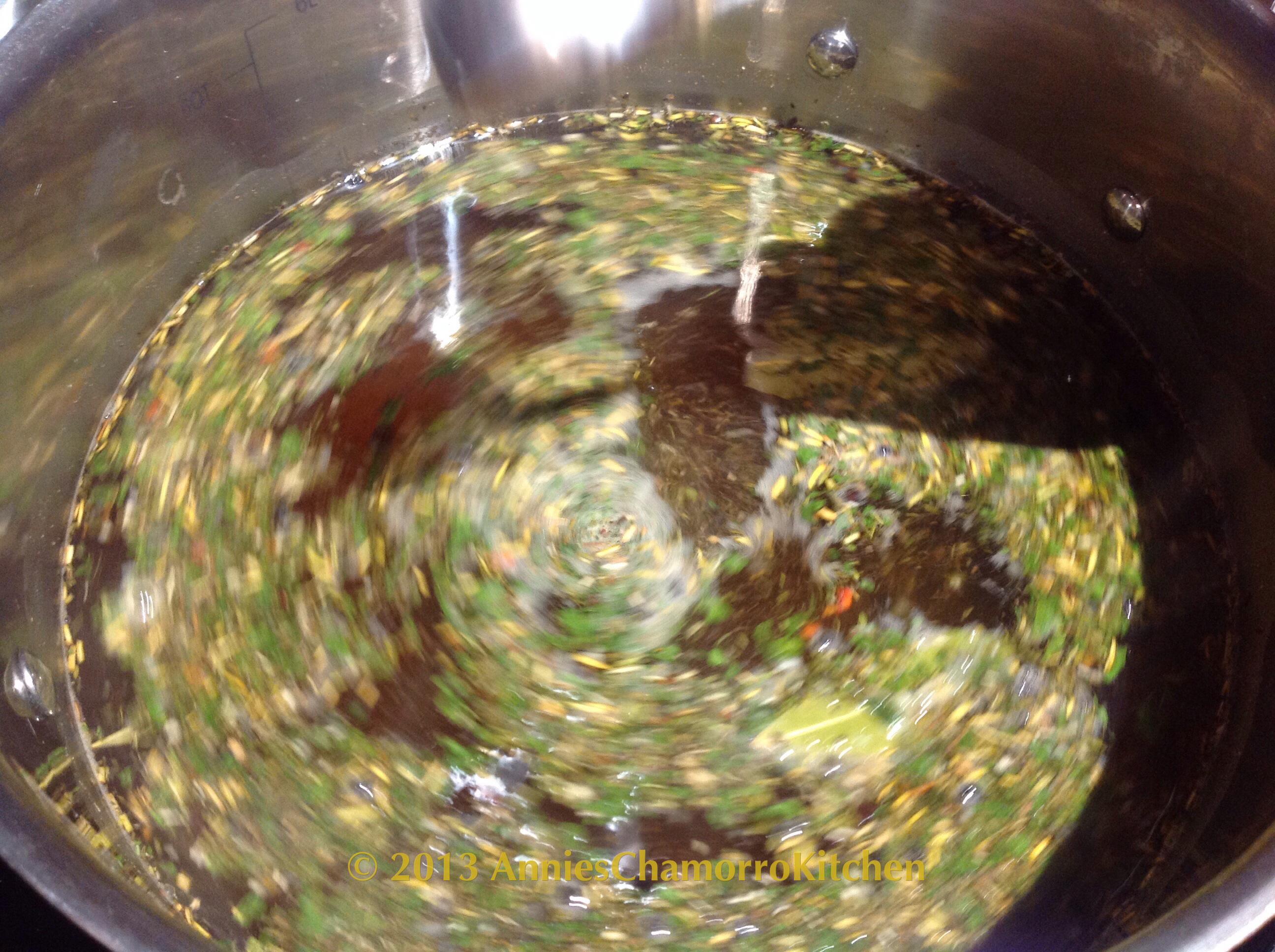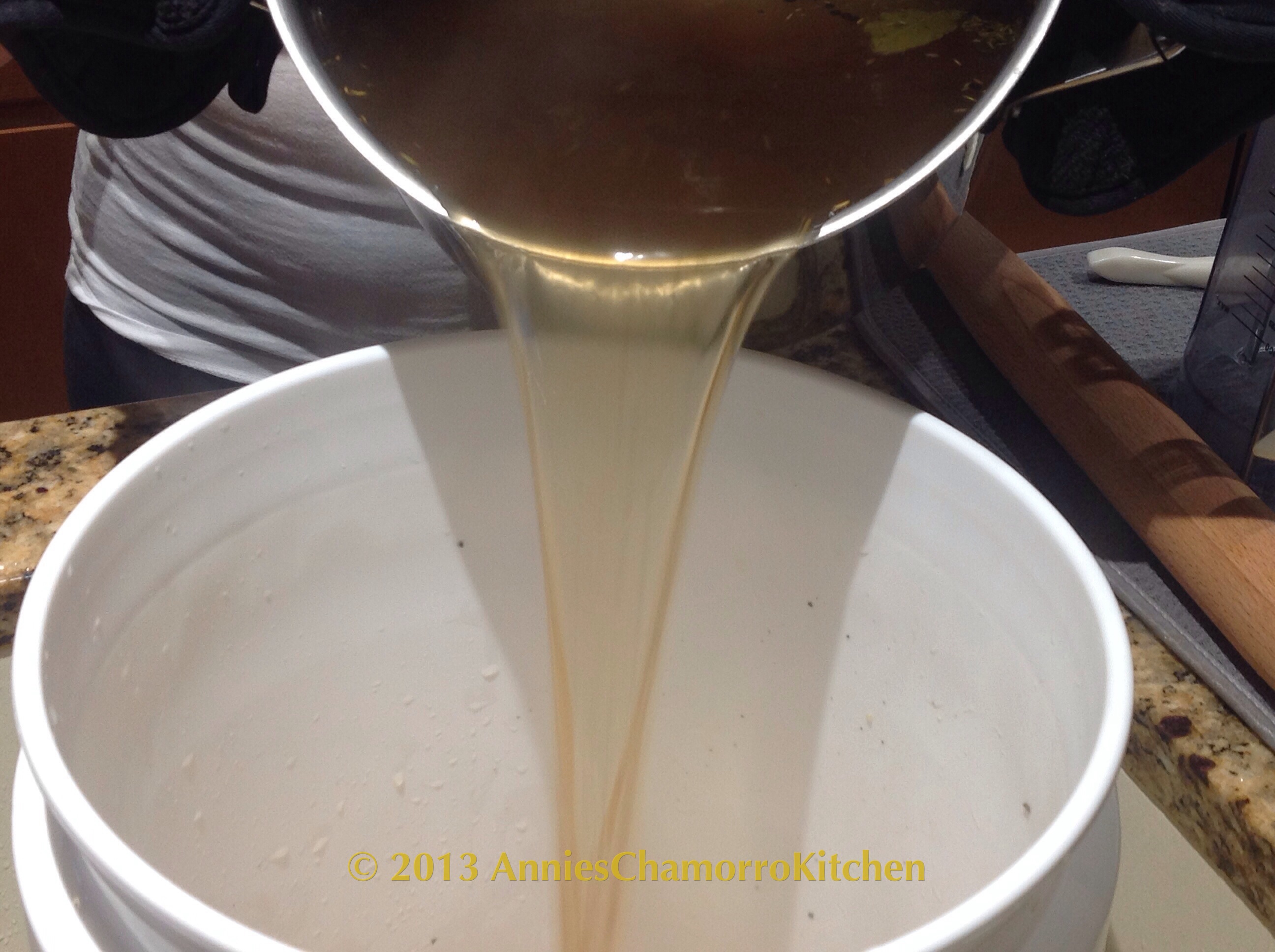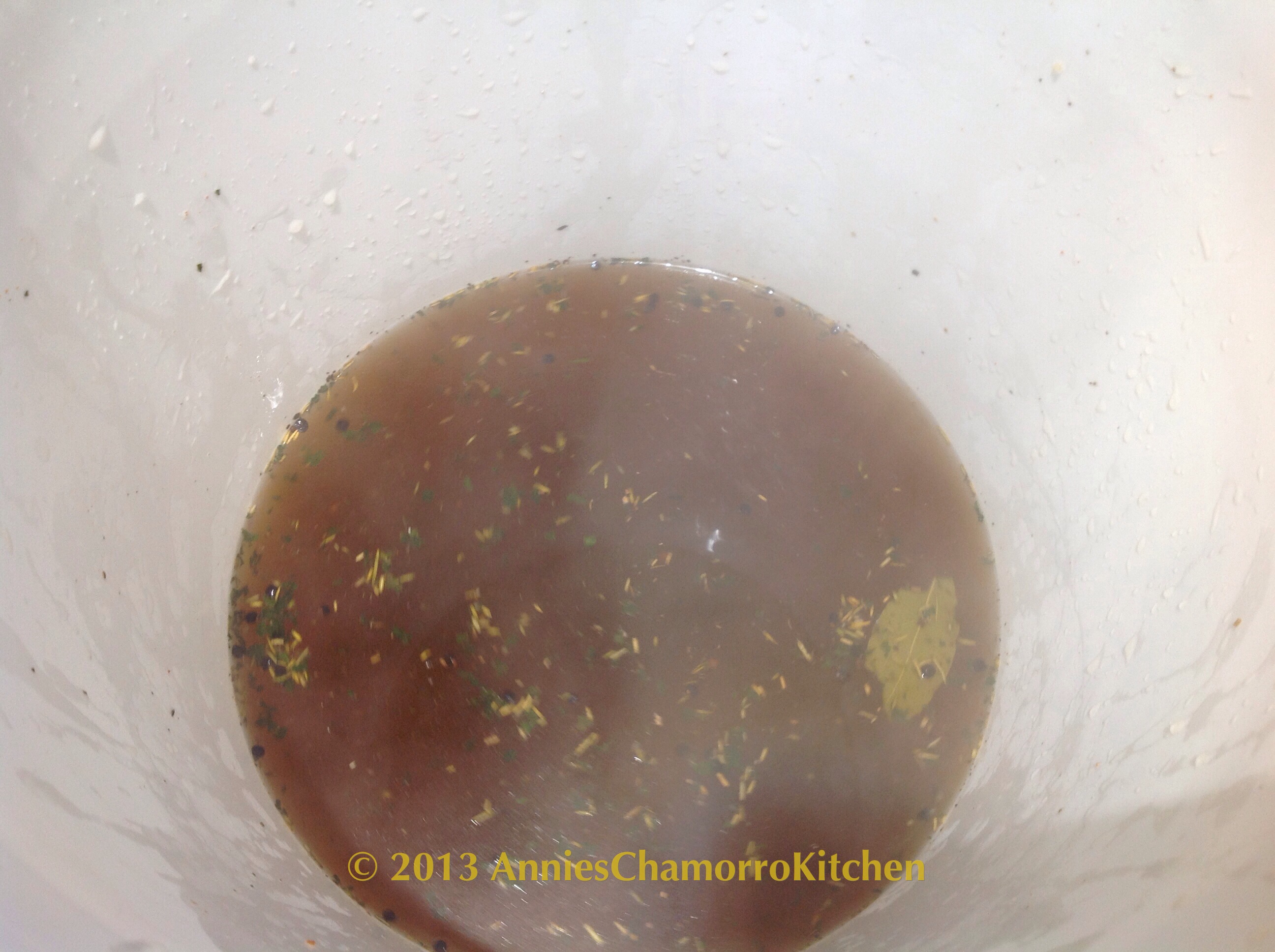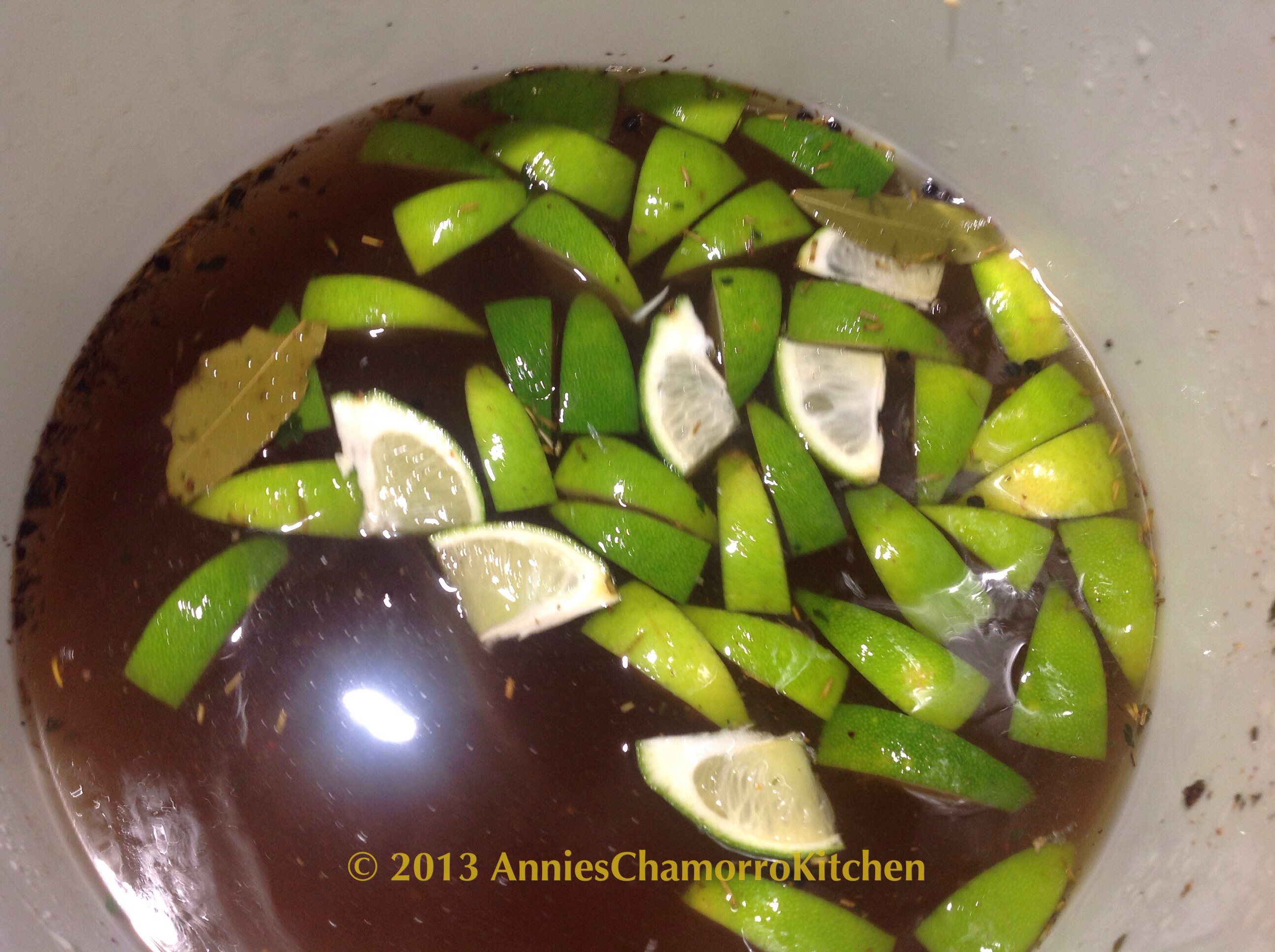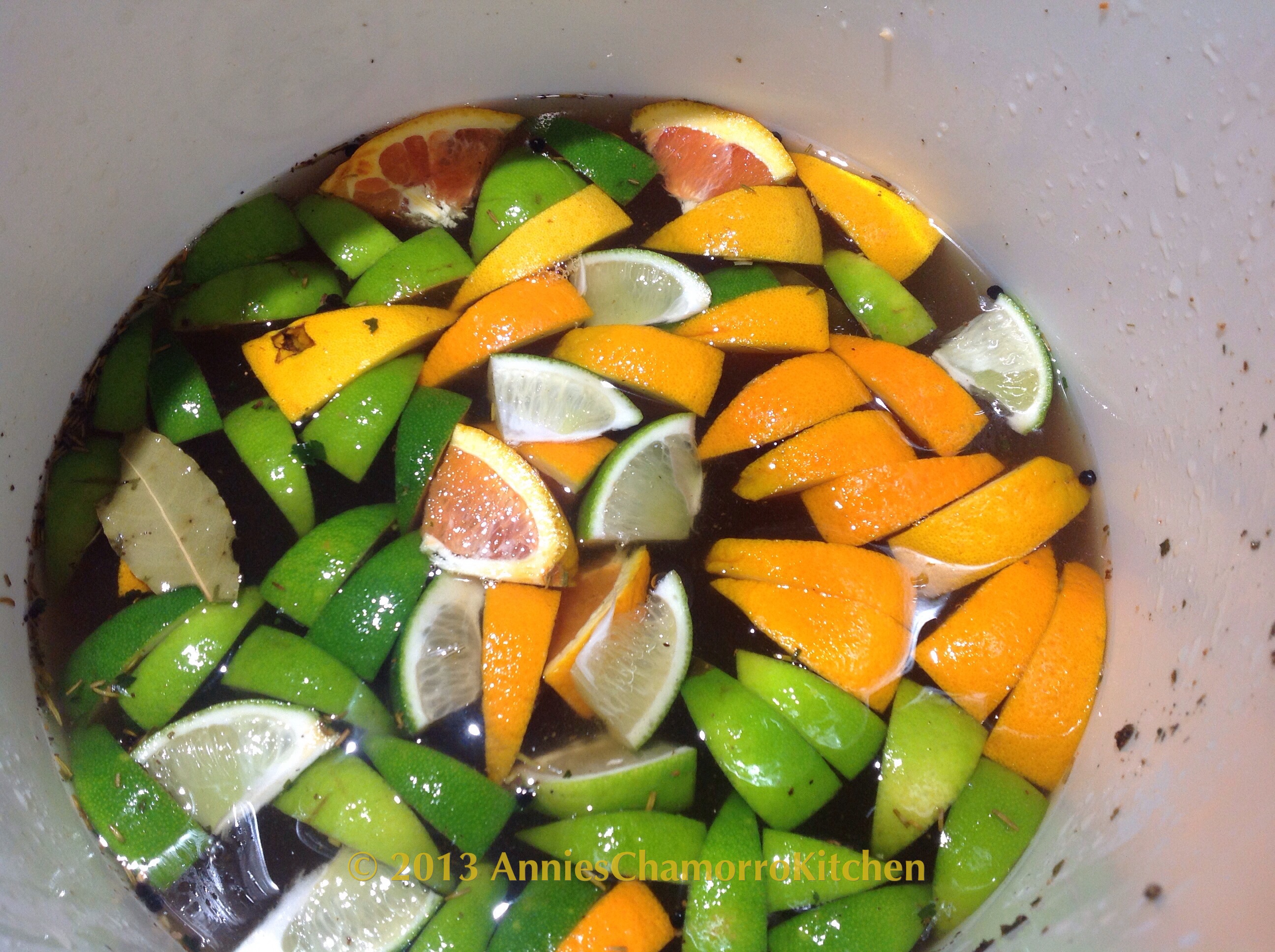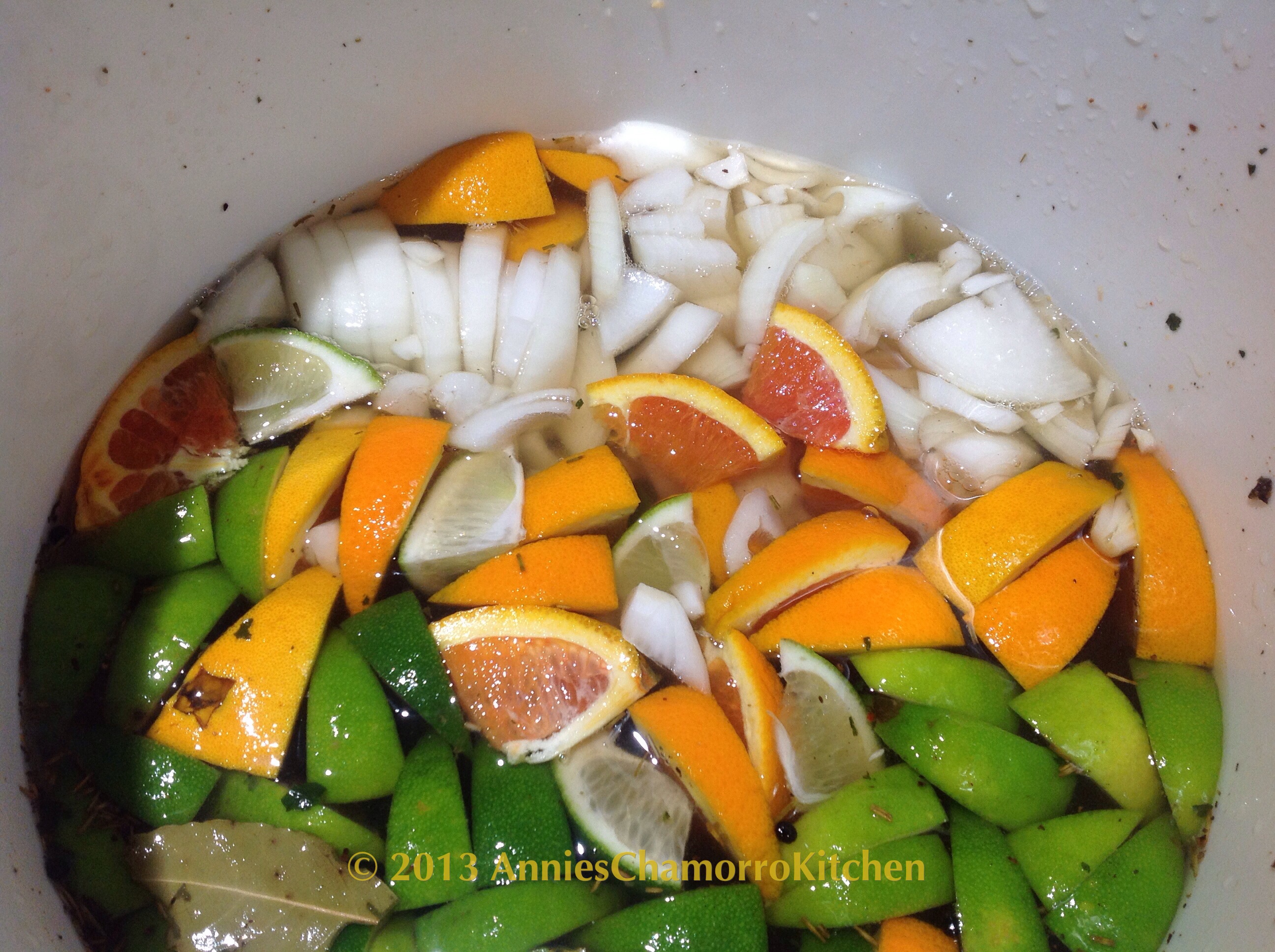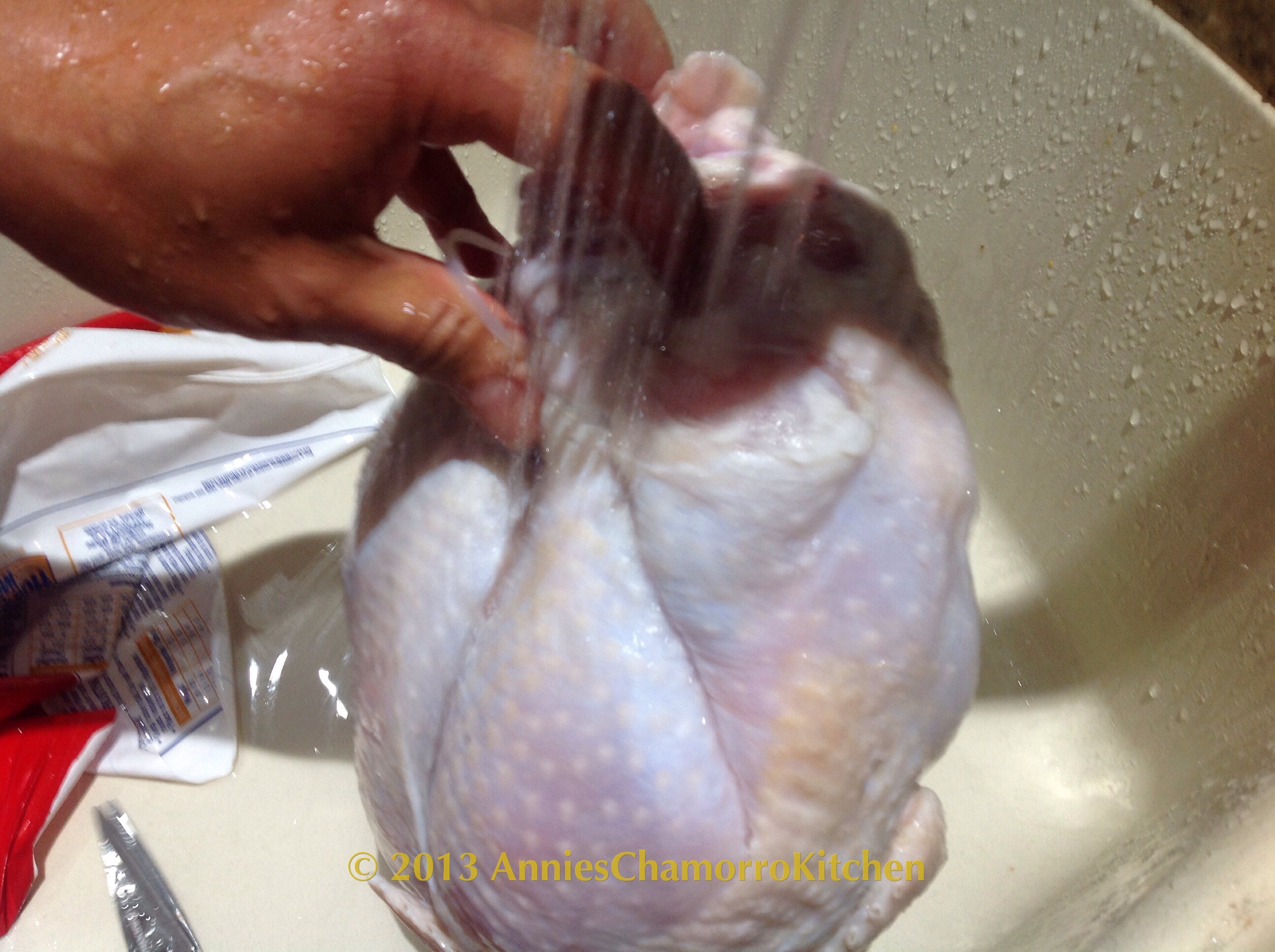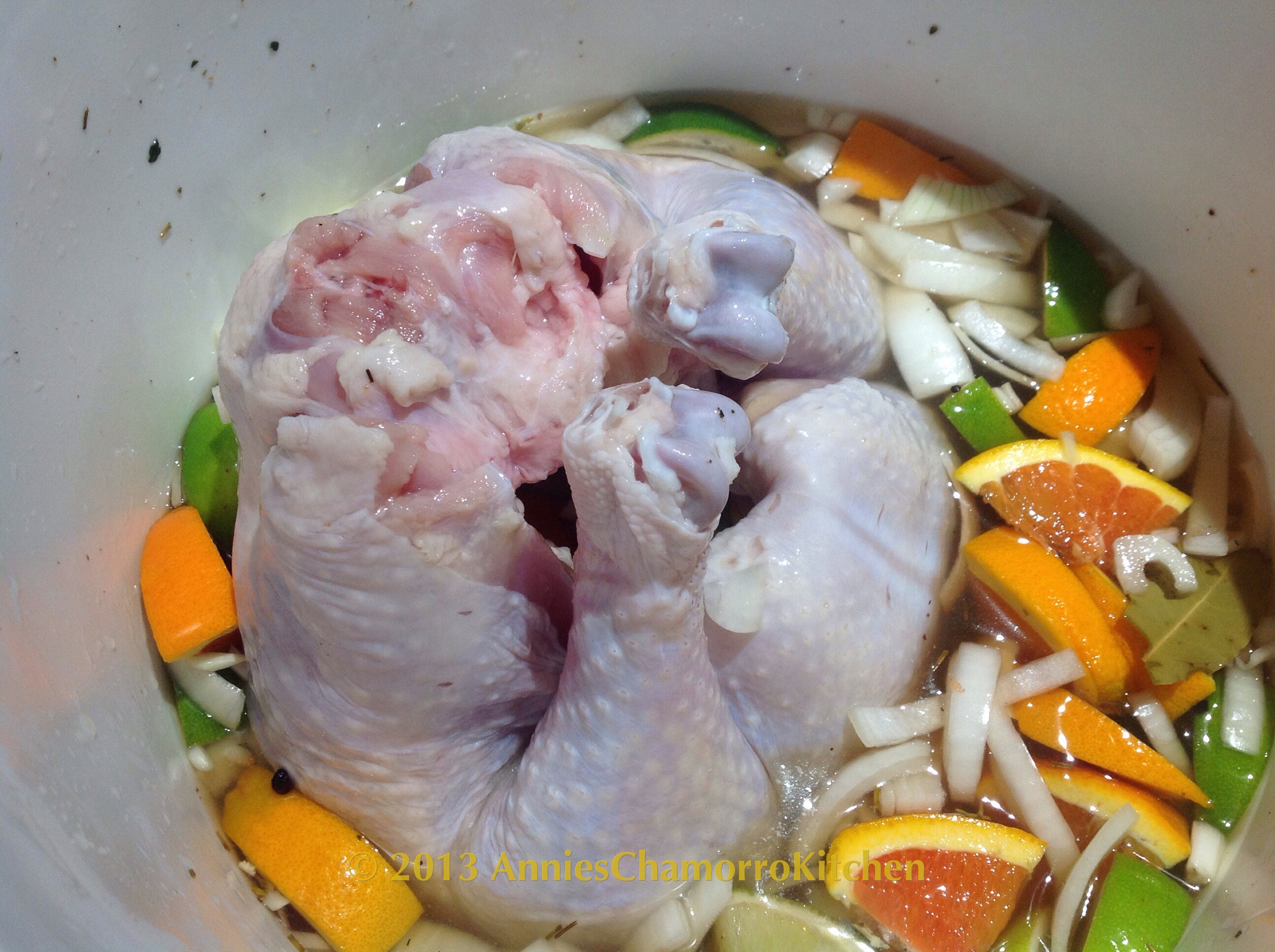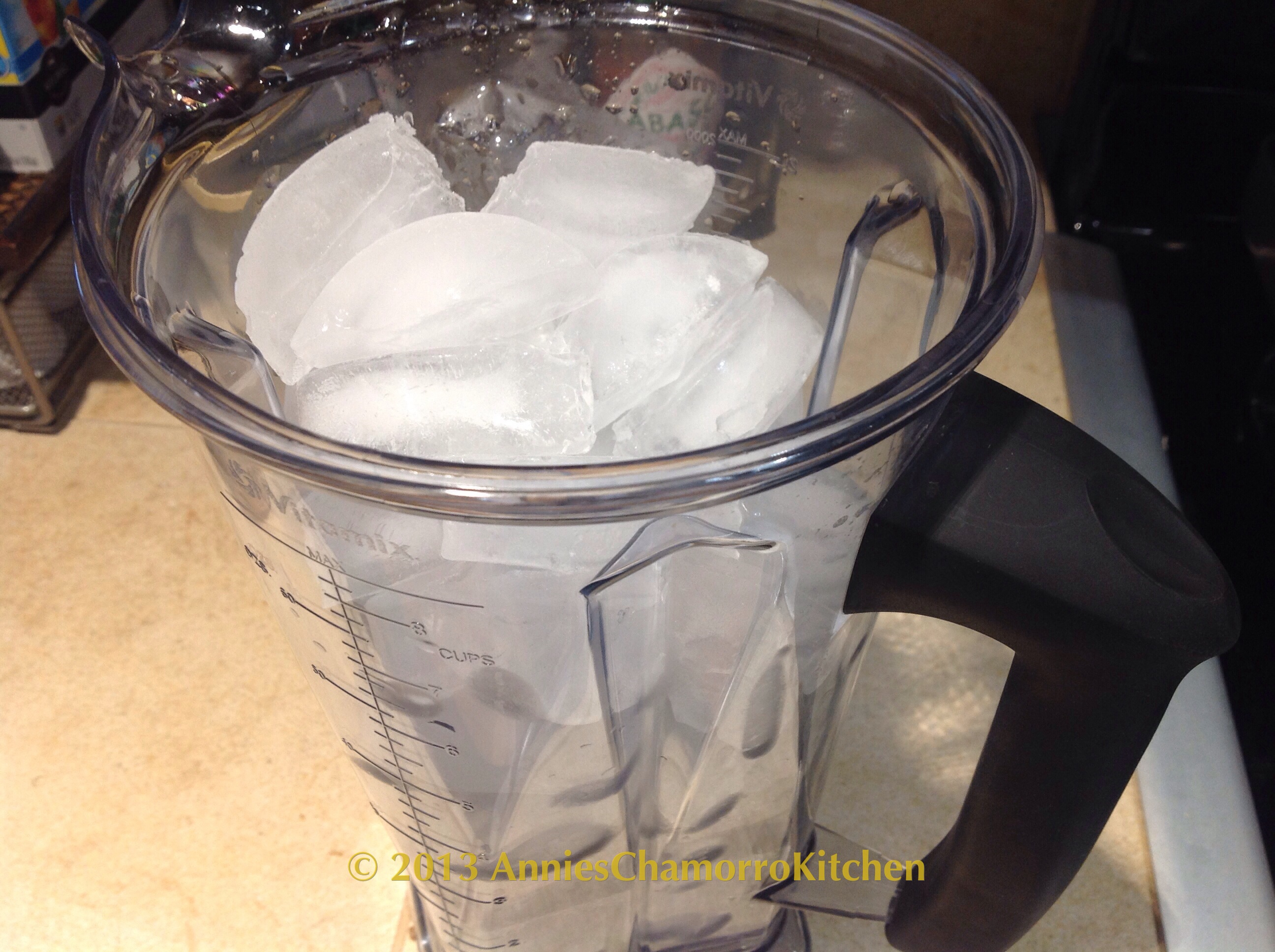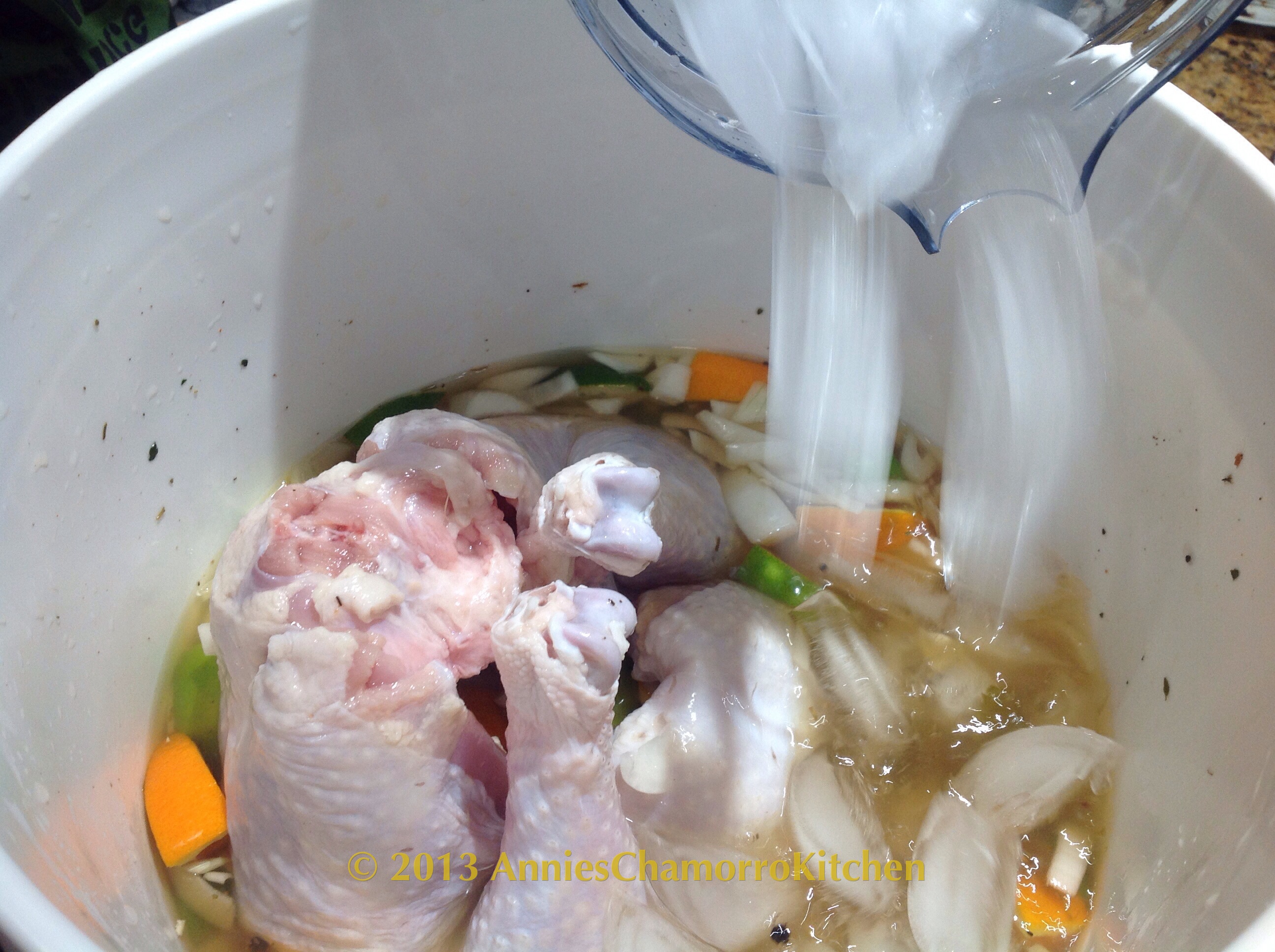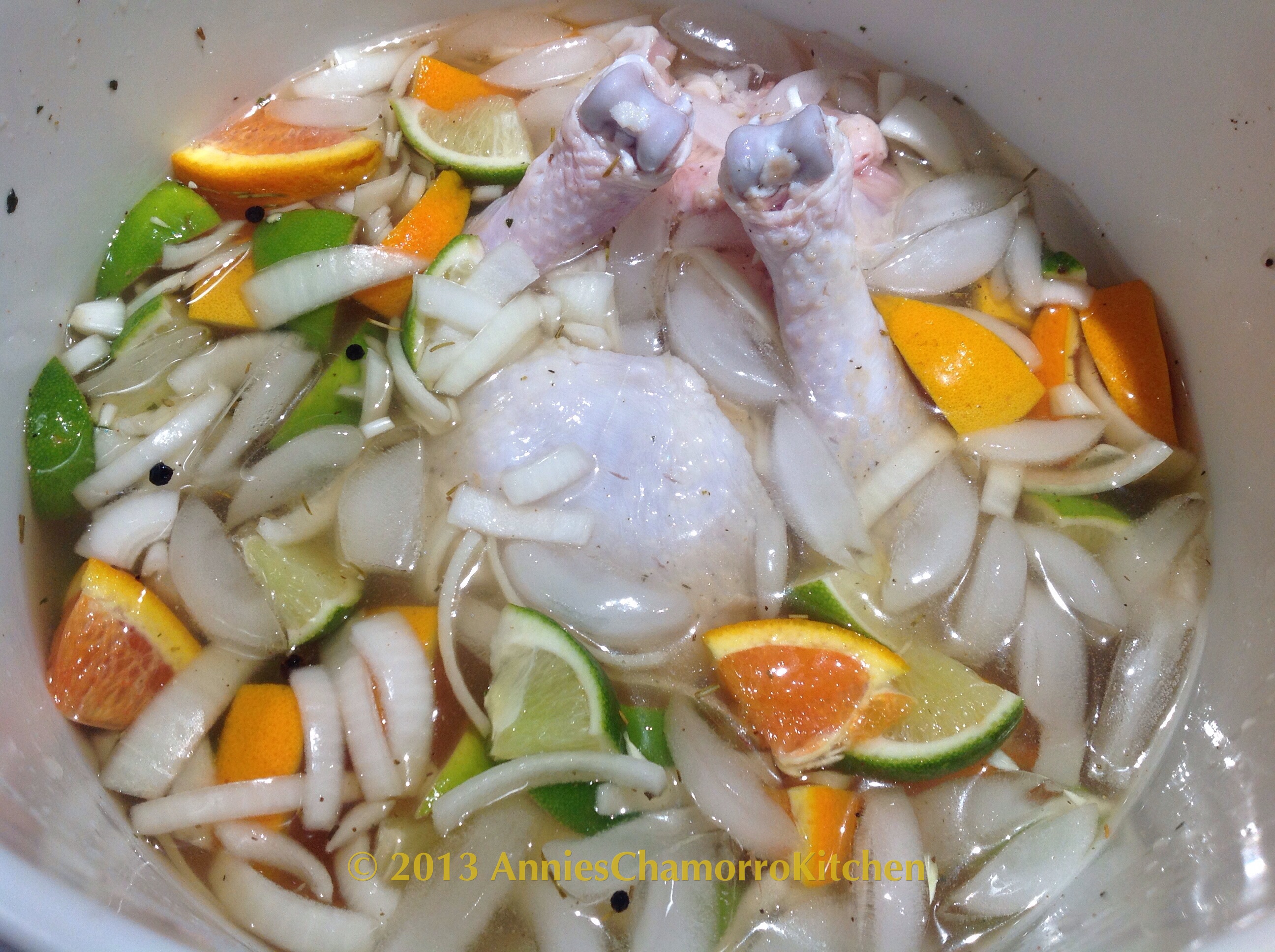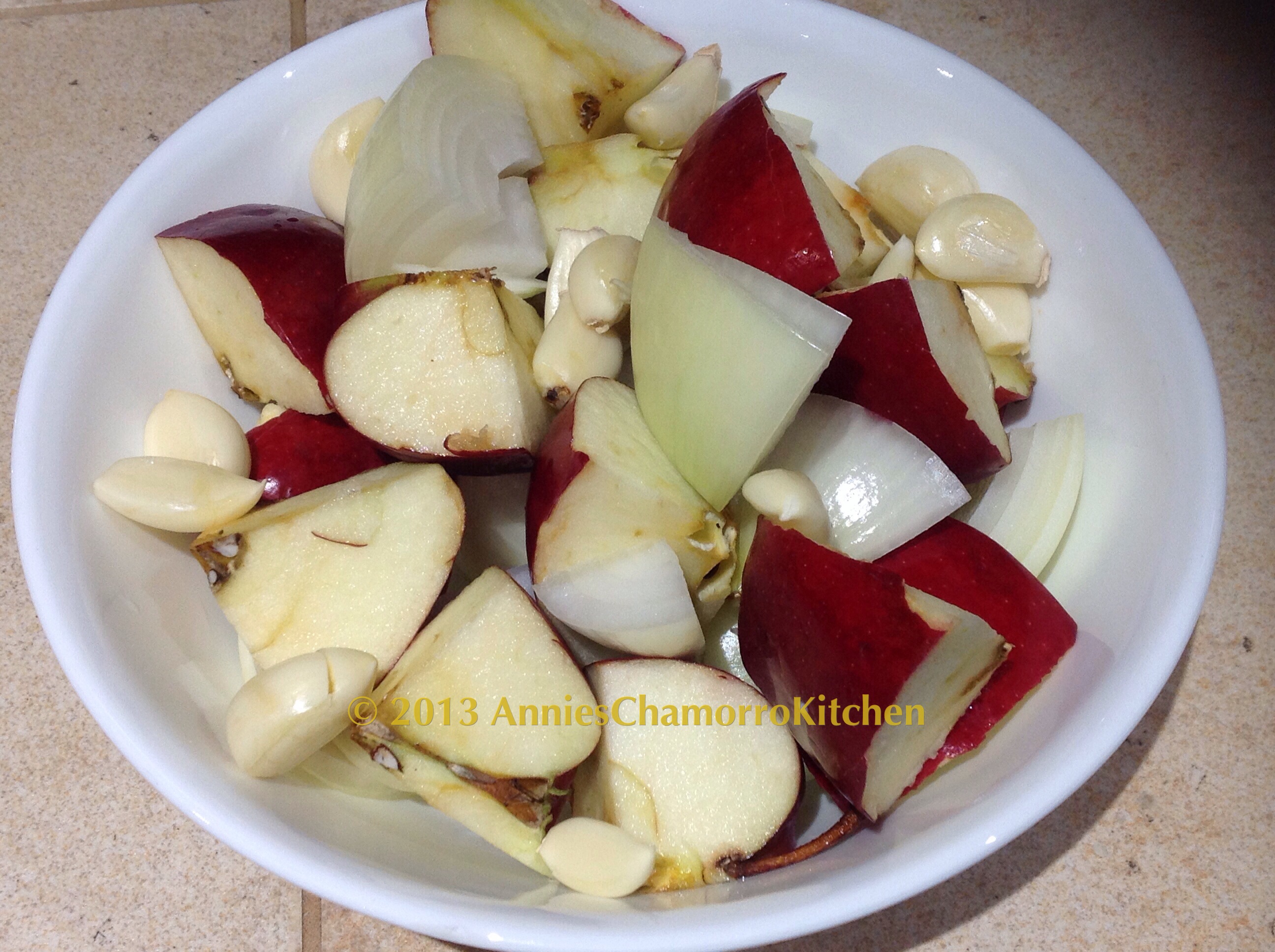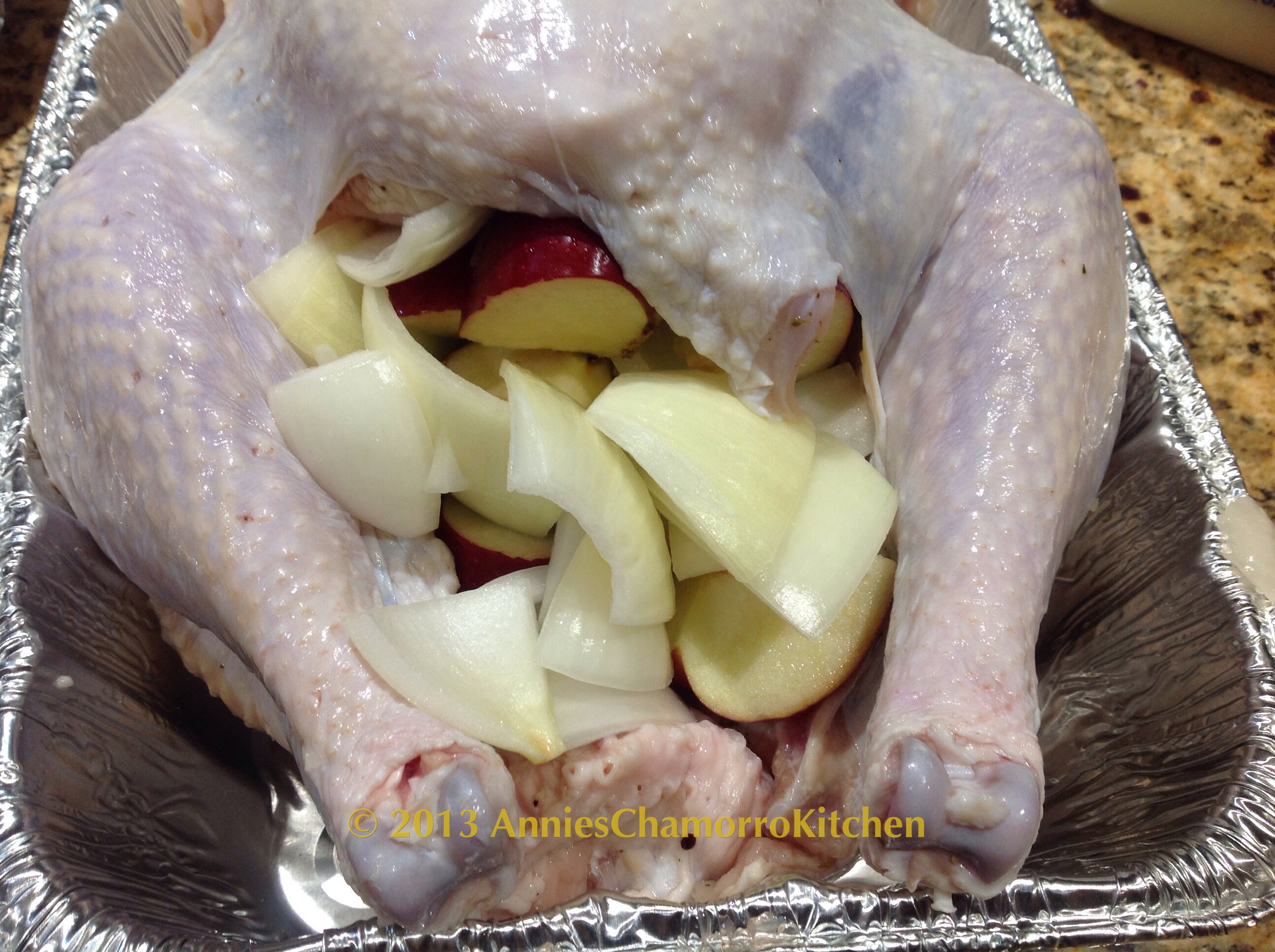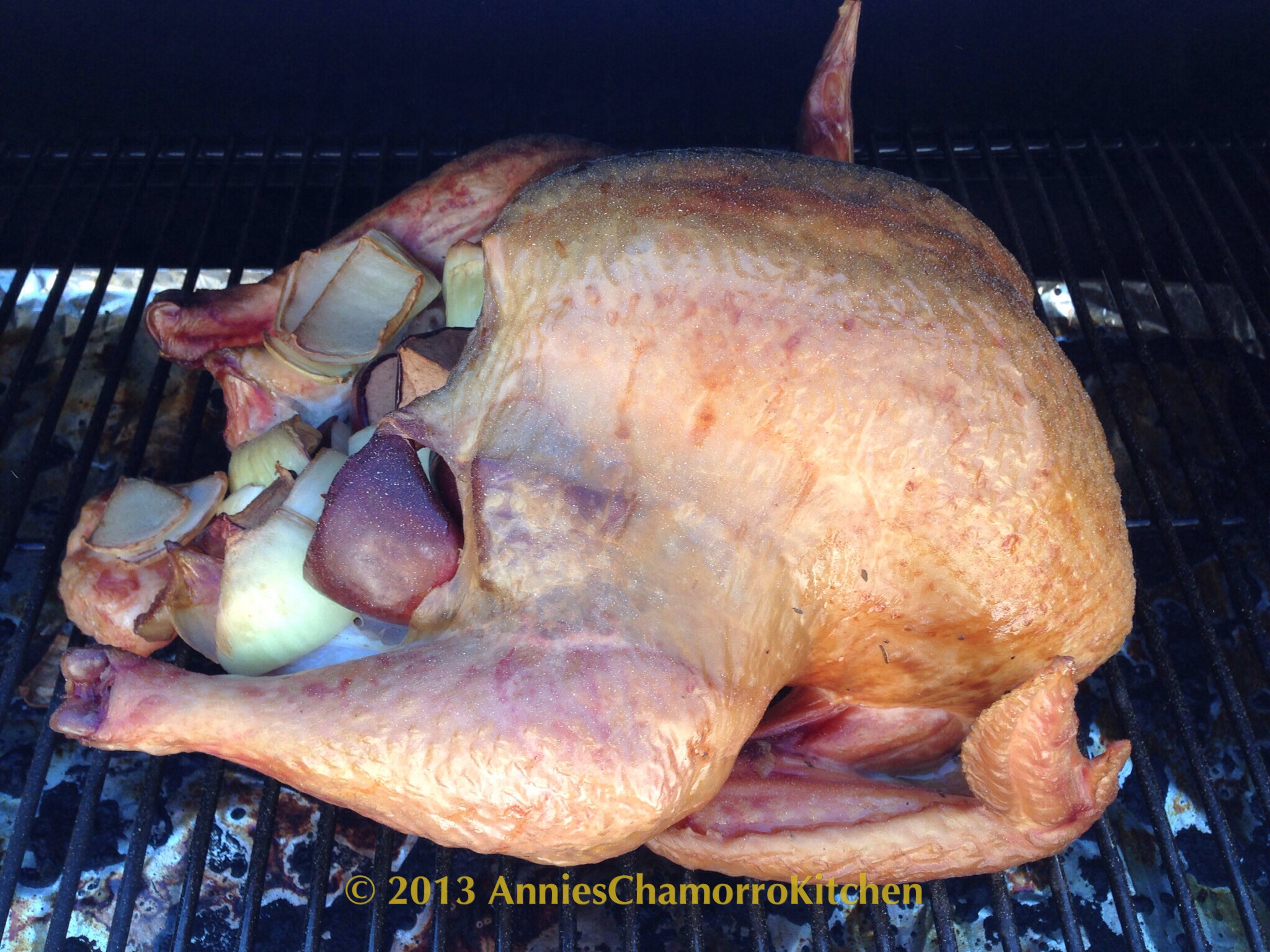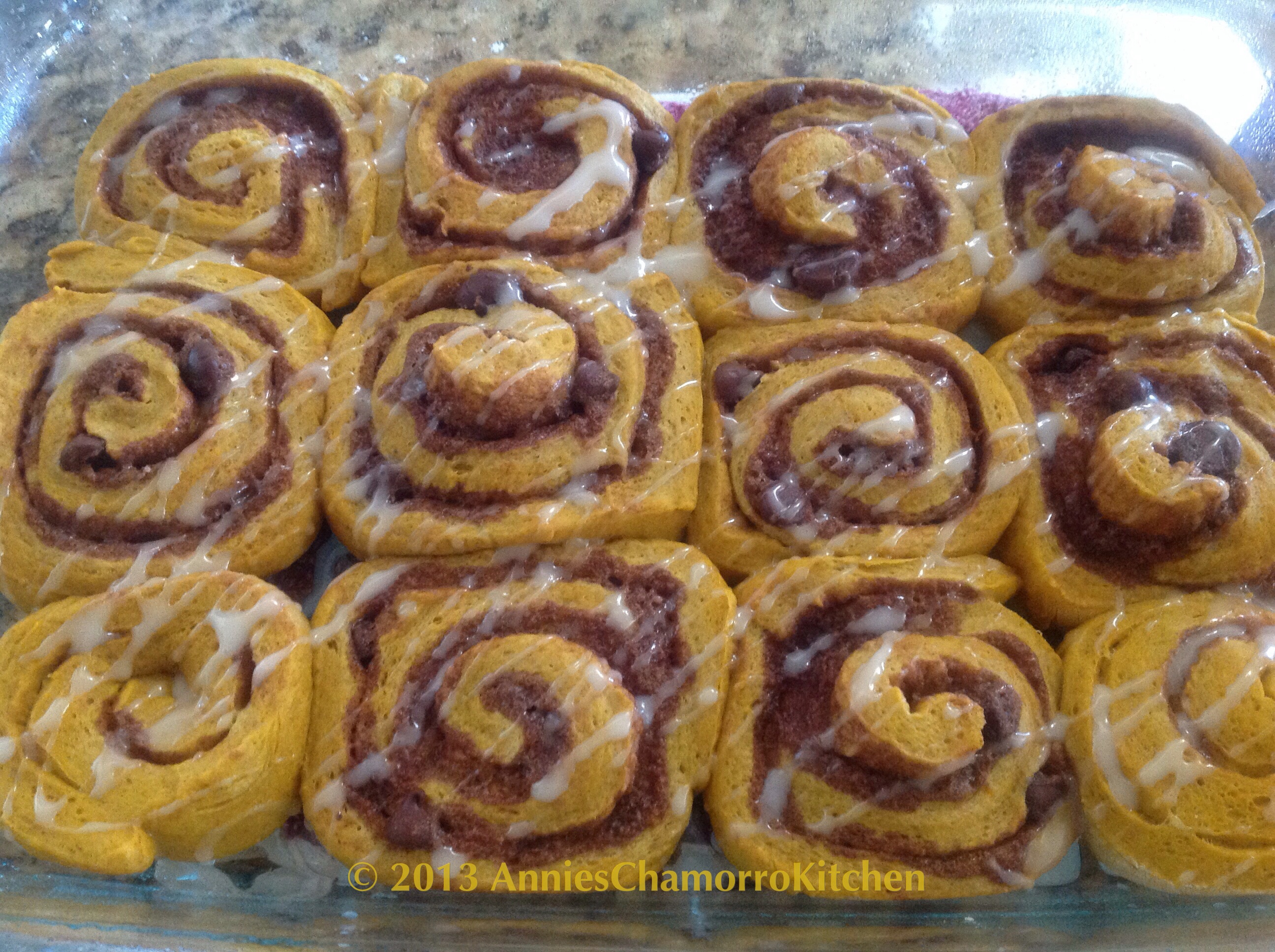
Pumpkin bread, pumpkin turnovers, pumpkin muffins, and now, Pumpkin Cinnamon Rolls–with chocolate chips too! If I didn’t already have you at “cinnamon rolls”, you must surely be hooked now that I mentioned these yummilicious rolls have the added indulgence of Chocolate Chips!
I may have mentioned this in previous posts, but it’s worth repeating–I love anything made with pumpkin! 😀
These rolls are perfect for breakfast, or as an added dessert item on your Thanksgiving menu.
Wait…I forgot that not only are these PUMPKIN cinnamon rolls with CHOCOLATE, these are laced with orange inside and out. I added orange zest to the filling; I also used orange juice to the glaze (I learned this one from my friend, Vikki Z.). I have a daughter that doesn’t care for the addition of orange zest in the filling, but I think it takes these rolls over the top and sets it apart from the average cinnamon roll. You can leave it out, of course, but I like it “in”.
Give my recipe a try. I think you’ll like it. 🙂
Pumpkin Cinnamon Rolls with Chocolate Chips
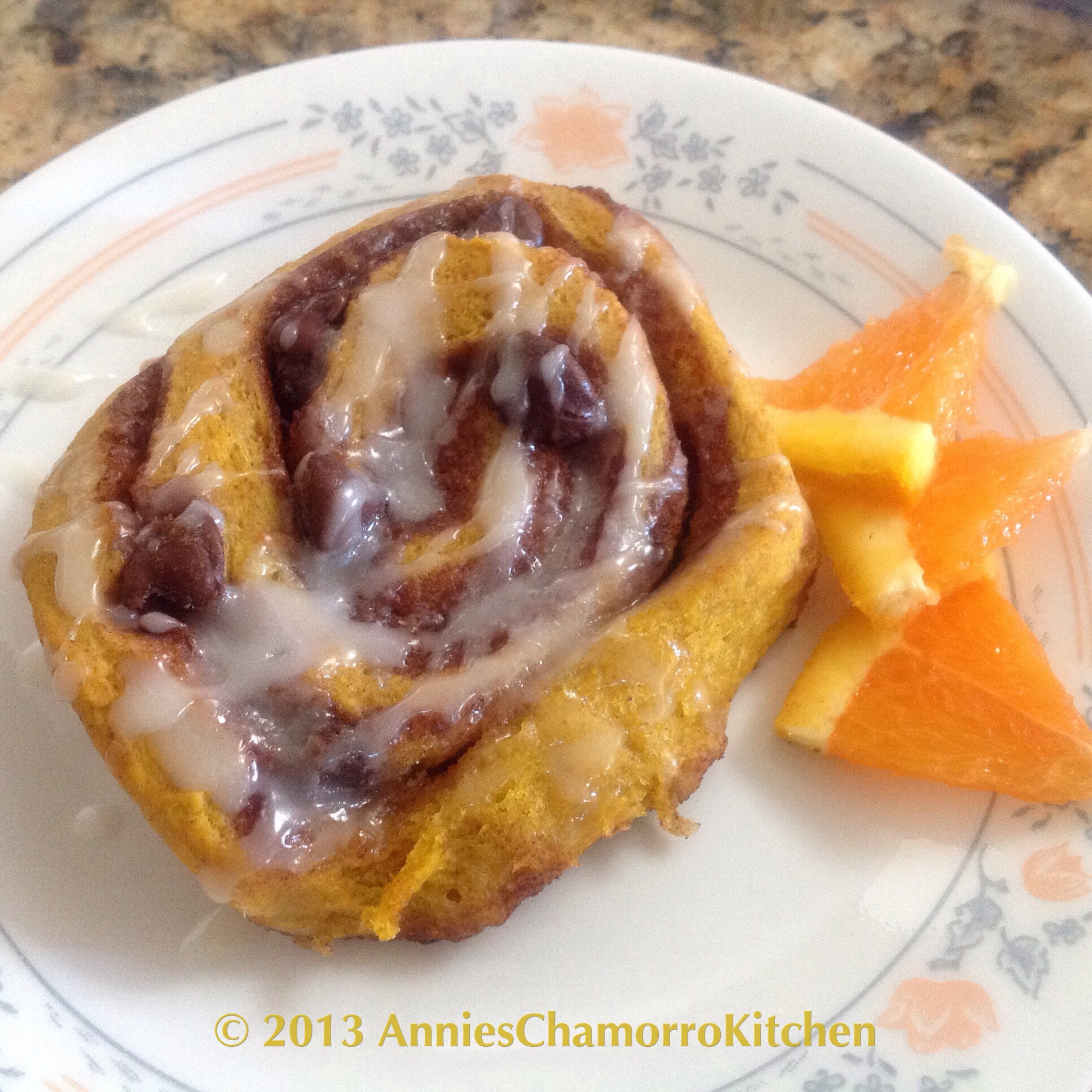
Ingredients:
Yeast mixture:
- 1/2 cup water
- 2 tablespoons dark brown sugar
- 3 packets active dry yeast
Dough:
- 1 can (15-oz) pumpkin purée
- 2 tablespoons good quality honey
- 2 large eggs
- 1 stick (1/2 cup) unsalted butter (melted and cooled)
- 1/2 cup brown sugar
- 2 teaspoons pumpkin pie spice
- 2 teaspoons cinnamon
- 1 teaspoon salt
- 5 1/2 to 6 cups all purpose flour
Filling:
- 1 stick (1/2 cup) softened unsalted butter
- 1/2 cup dark brown sugar
- Optional: 1 teaspoon orange zest (or use 1 teaspoon orange extract)
- 1 tablespoon cinnamon
- Semi-sweet chocolate chips, about 1 cup
Glaze:
- 1 cup powdered sugar
- 1 tablespoon maple syrup
- 2 tablespoons milk
- 1 tablespoon orange juice
Directions:
1. Prepare the yeast mixture.
Place the water in a microwave-safe cup. Stir in the brown sugar.
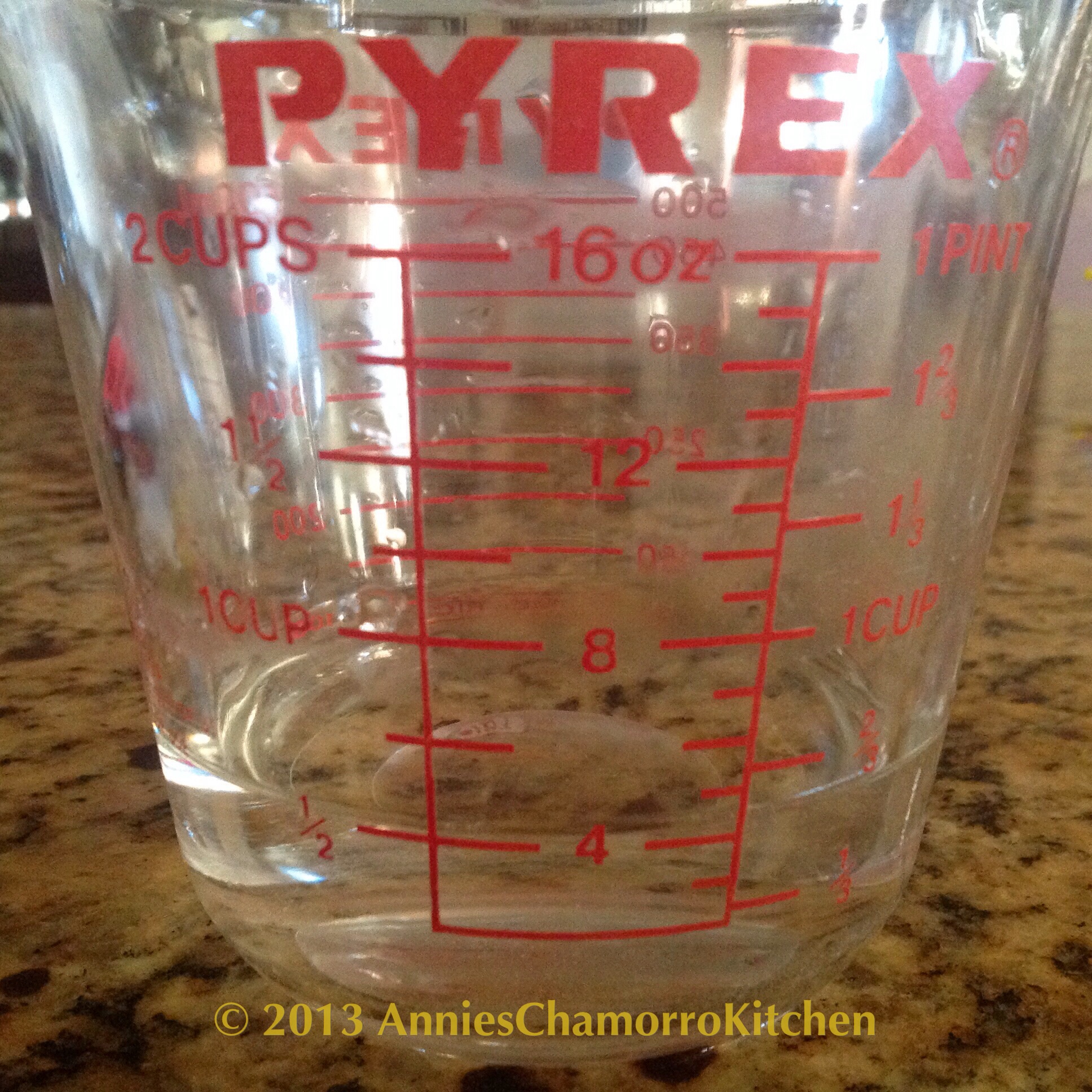
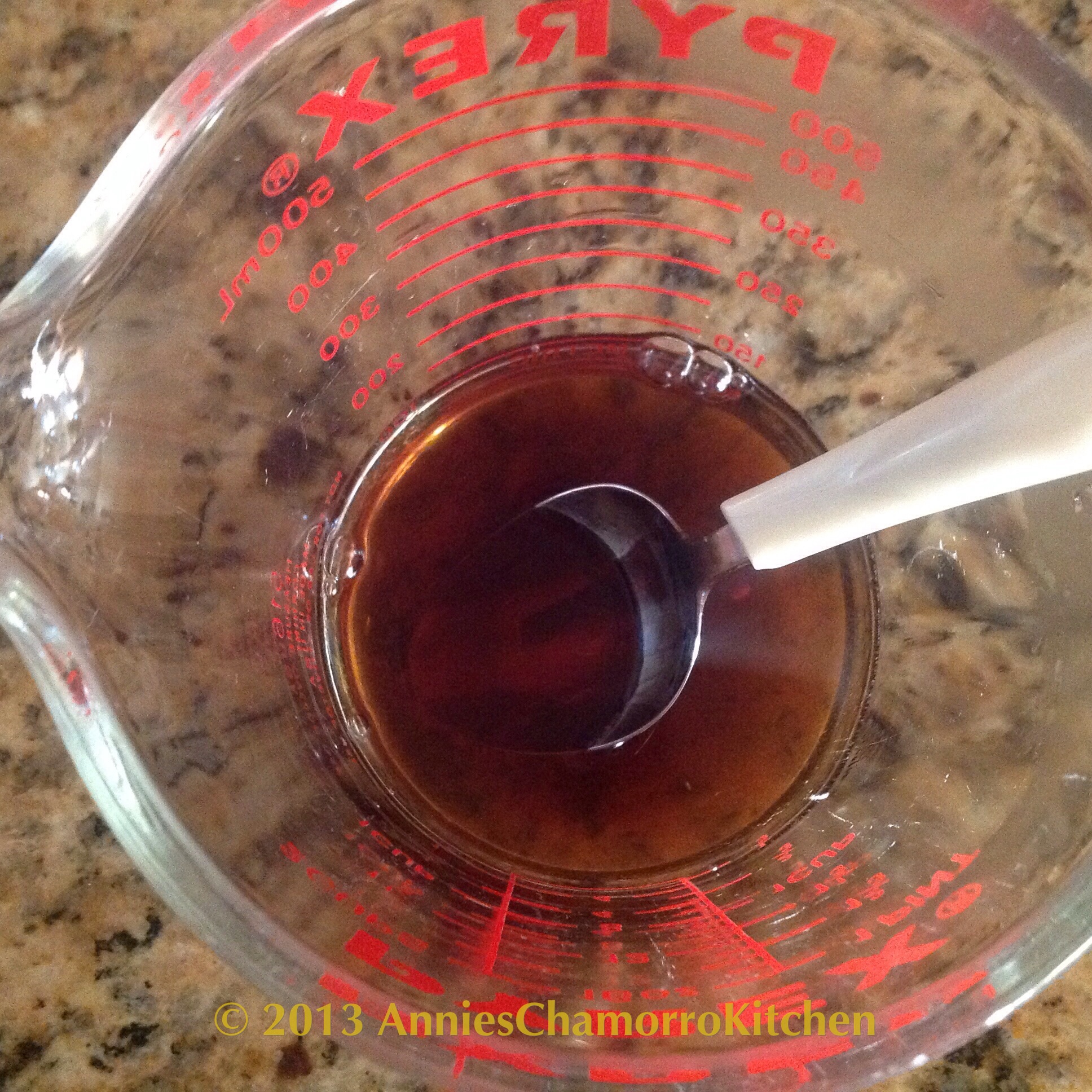
Heat the water-sugar mixture in the microwave for about 30 seconds. The liquid must be between 98-105 degrees. I find it best to use an instant-read thermometer to ensure the liquid is the right temperature. Too cool and the yeast won’t proof properly. Too hot and it will kill the yeast. 101 degrees–or somewhere between 98 and 105 degrees–is perfect.
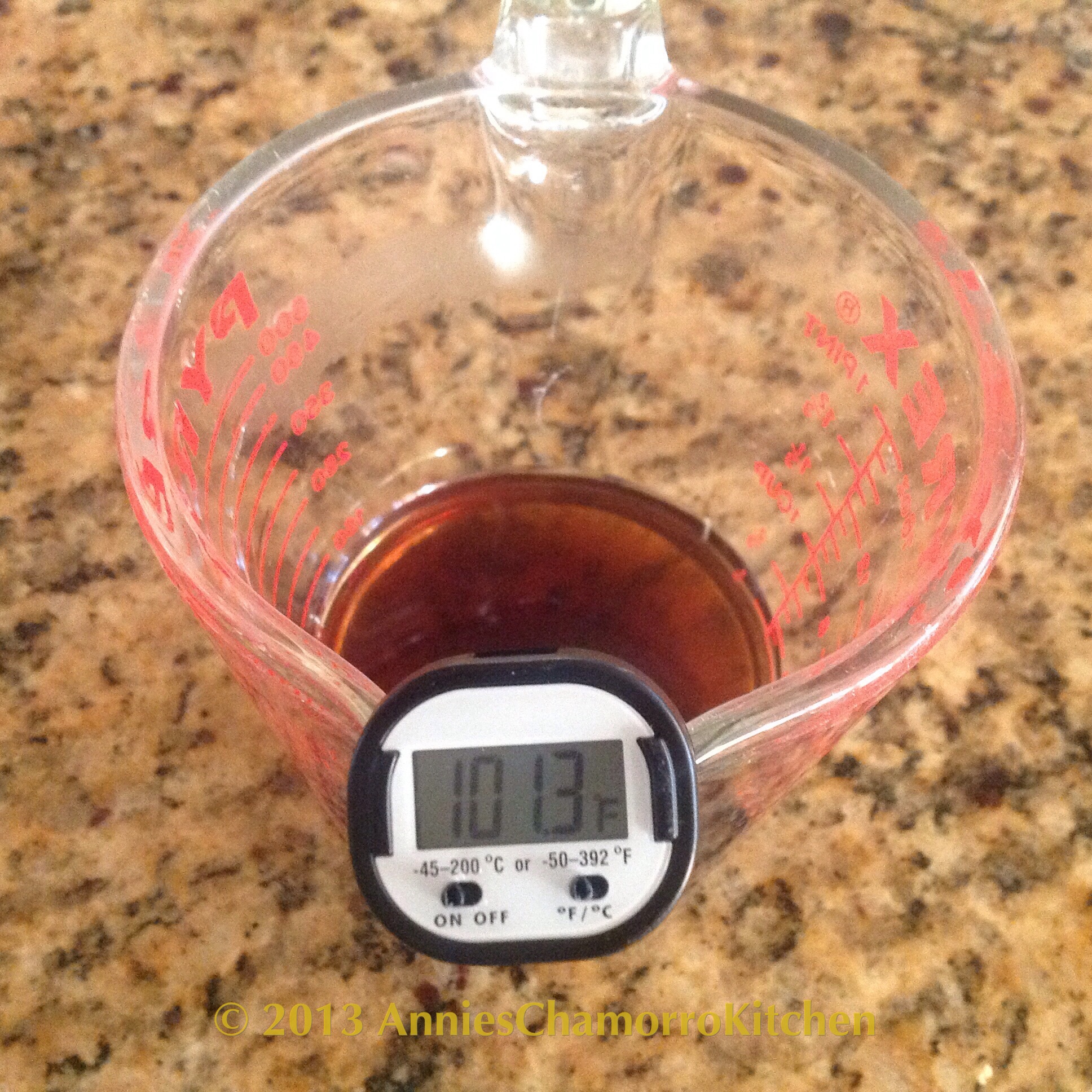
Once the liquid is at the right temperature, add the yeast. I’m often asked what a “packet” of yeast looks like. The photo below shows three packets, which is how they are commonly sold, in a set of three packets.
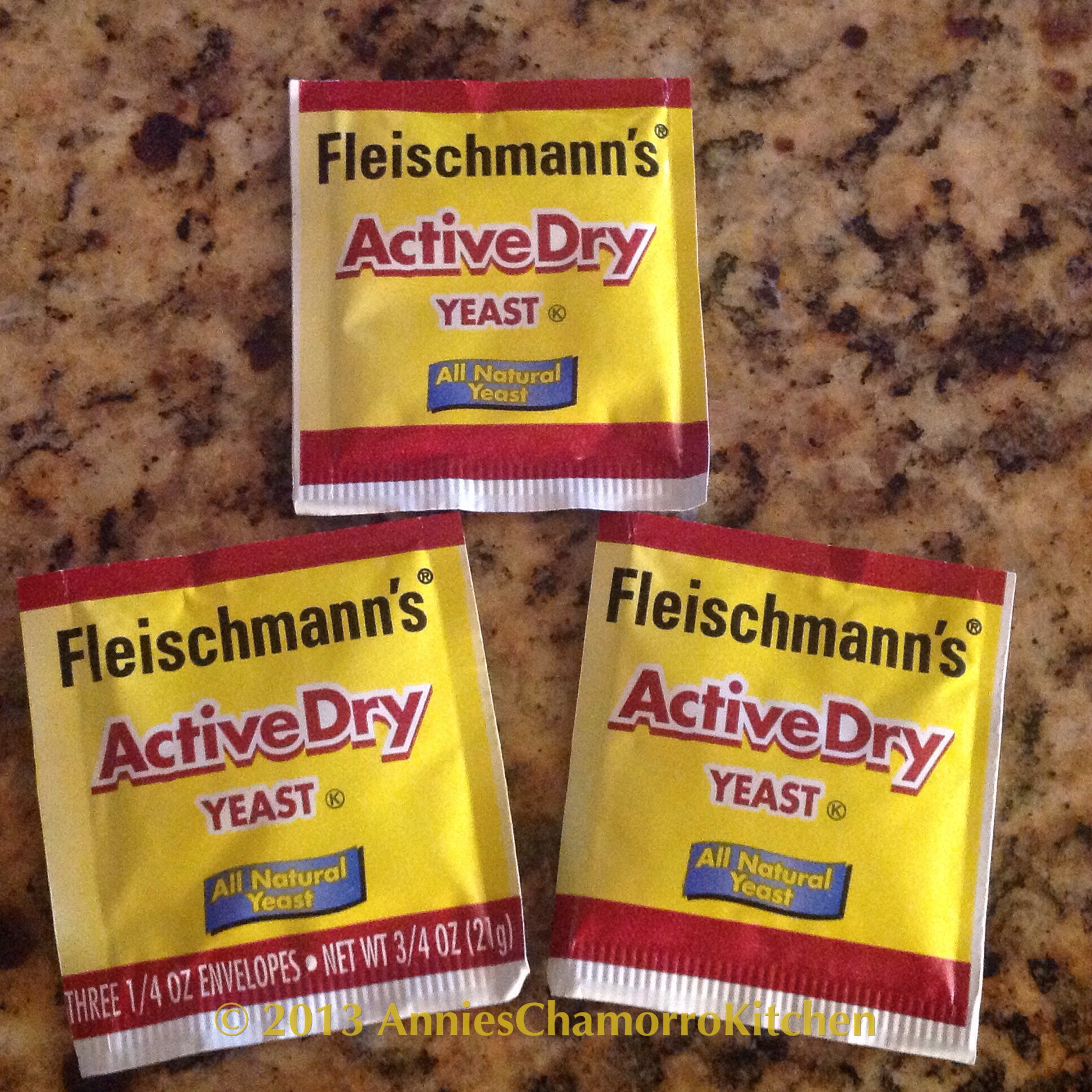
Pour the yeast into the warm liquid. Stir the mixture to dissolve the yeast.
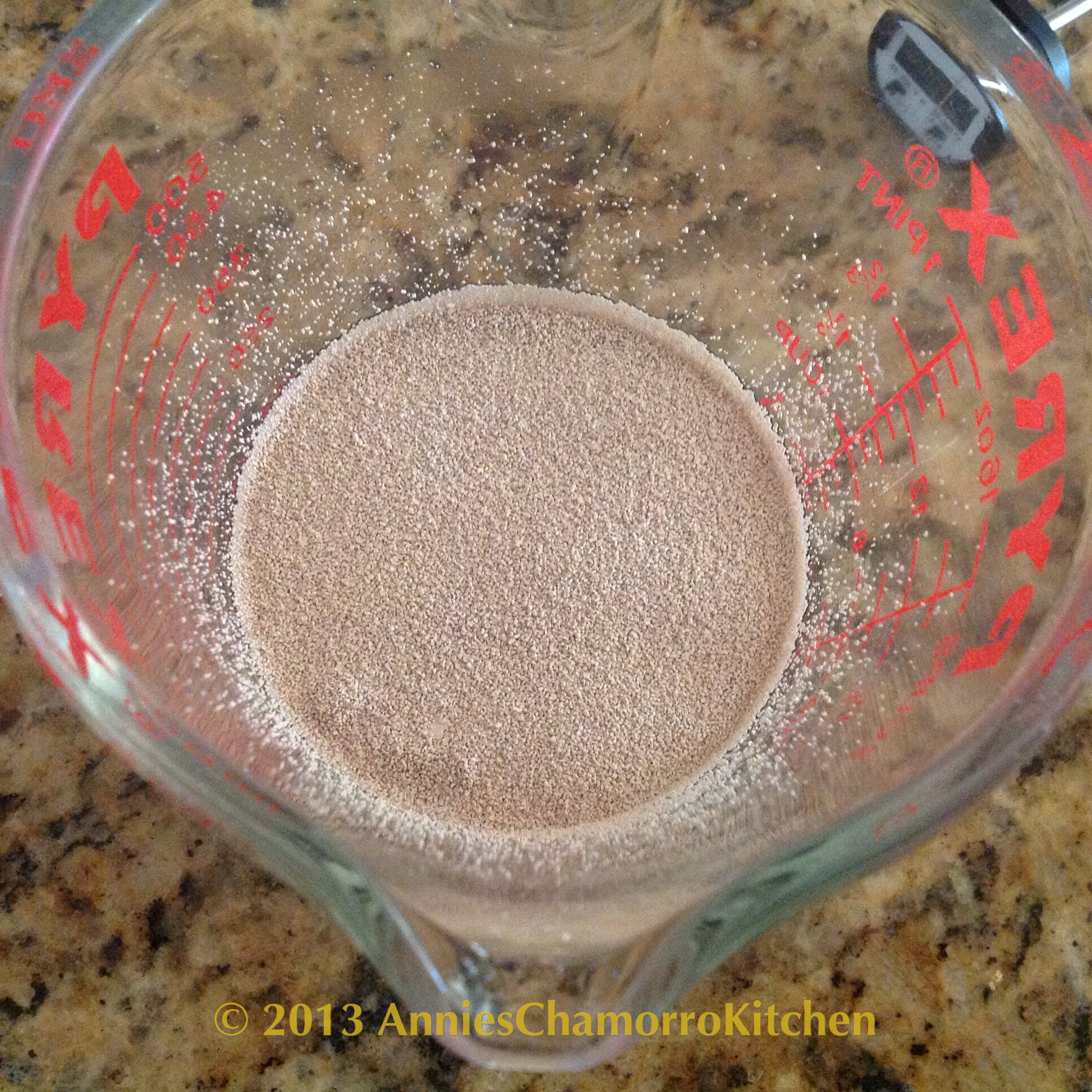
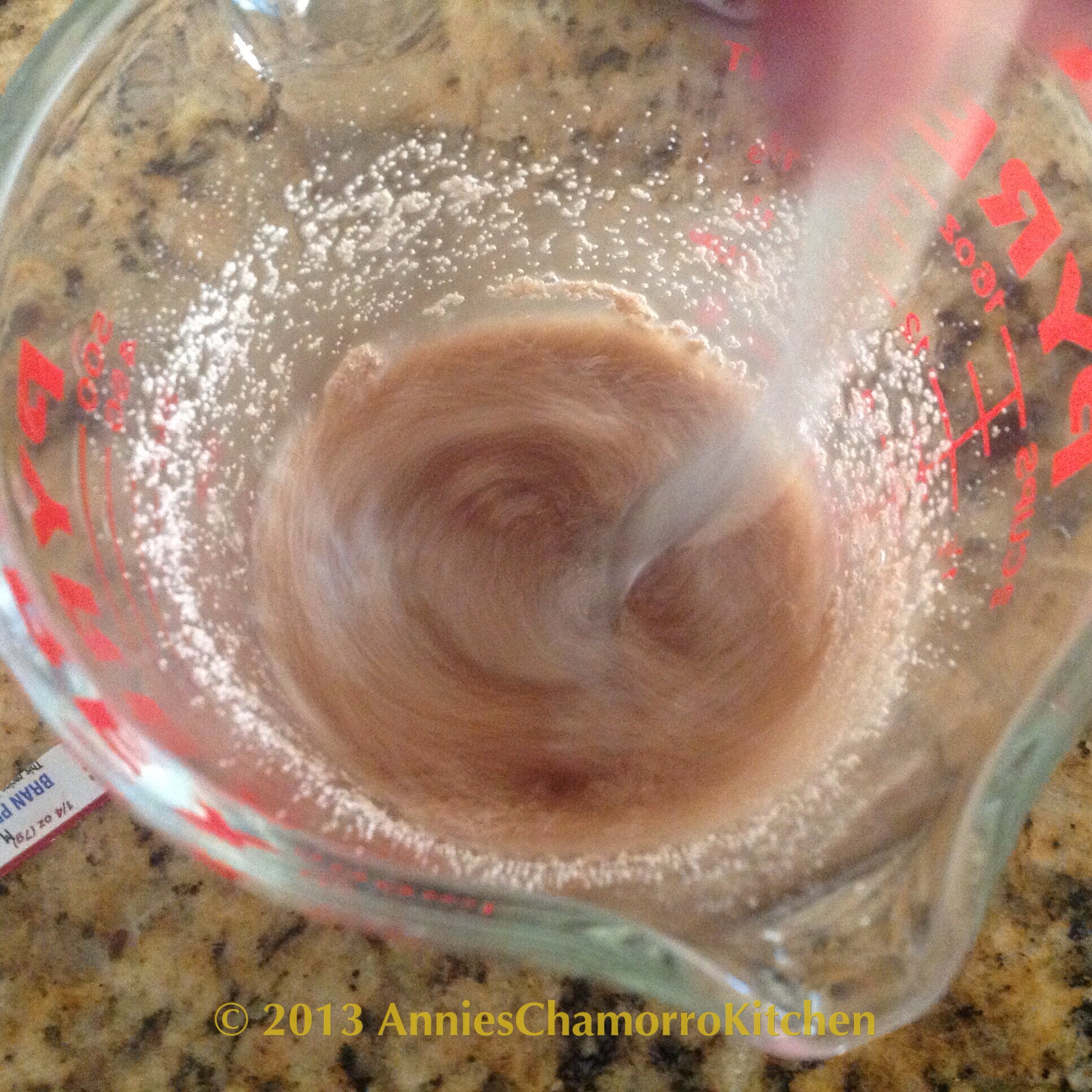
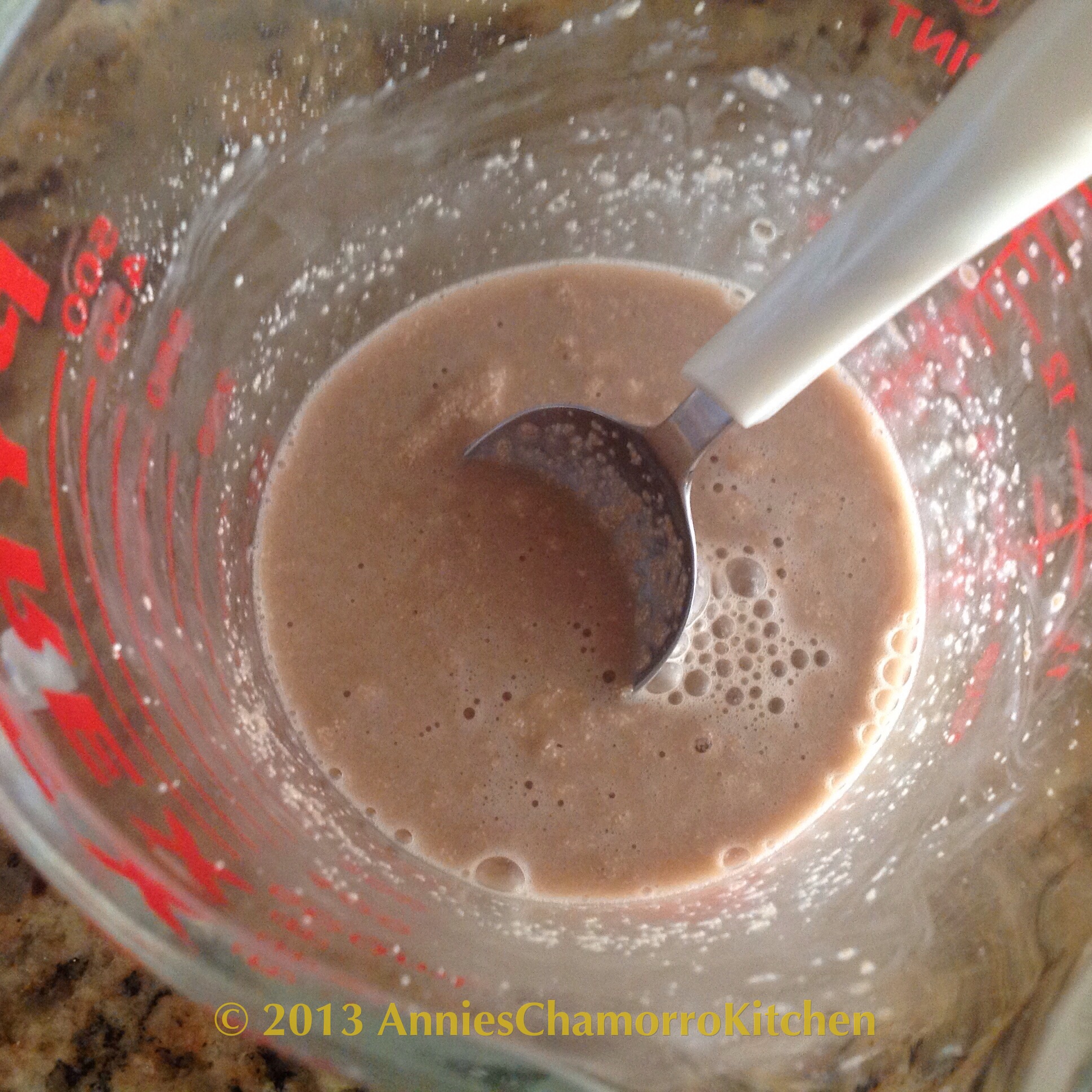
Let the yeast mixture sit for about 5-10 minutes. It should get very frothy, like what’s pictured below.
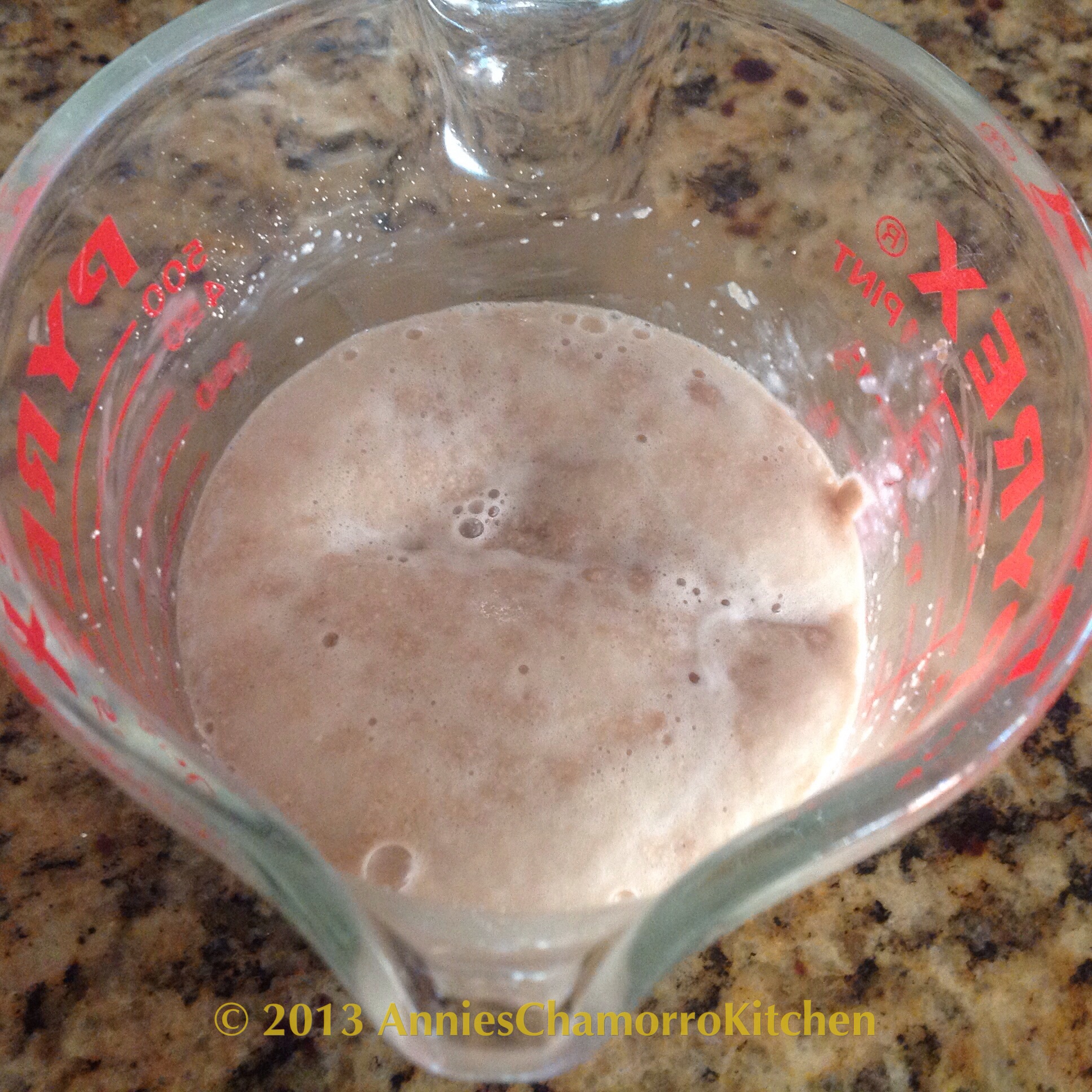
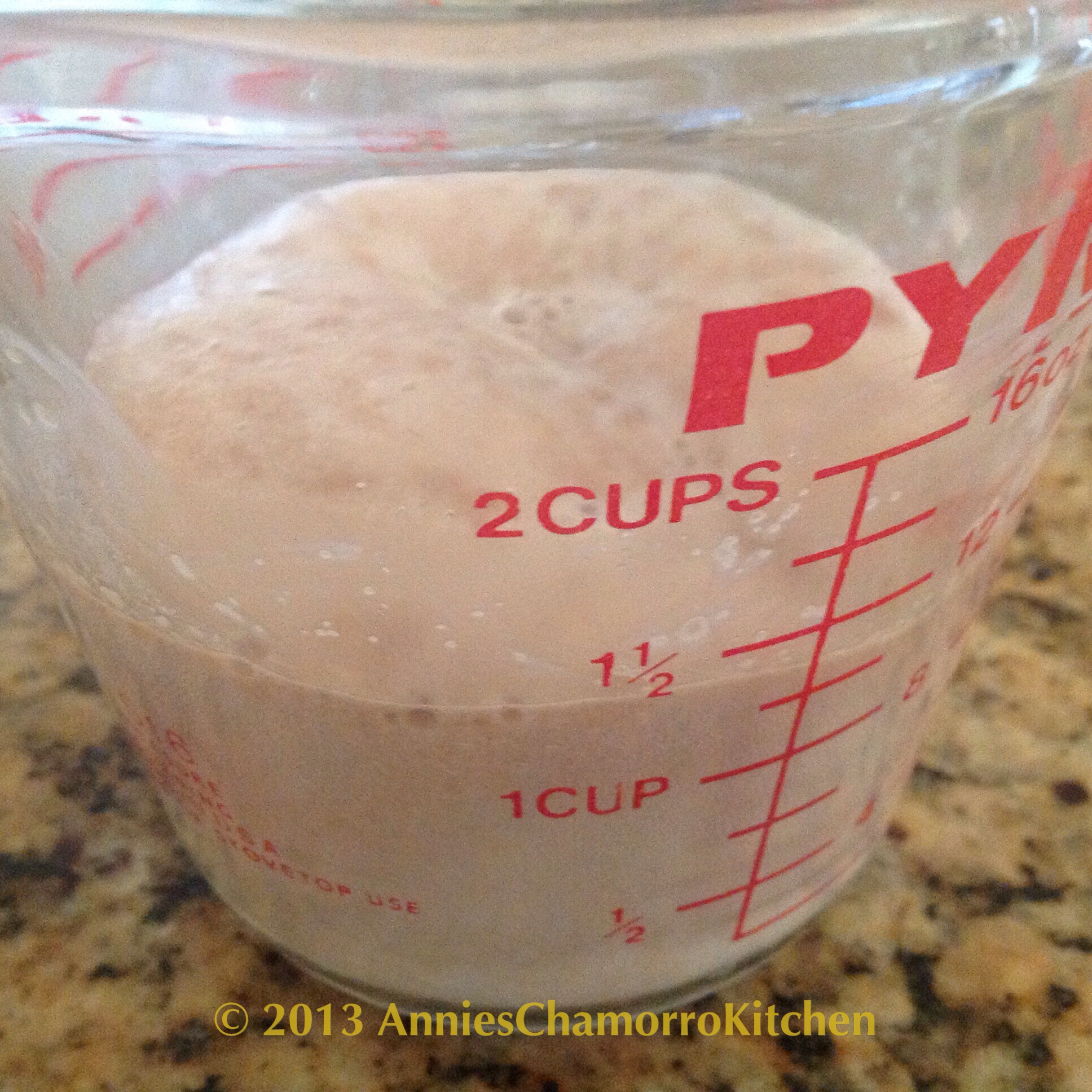
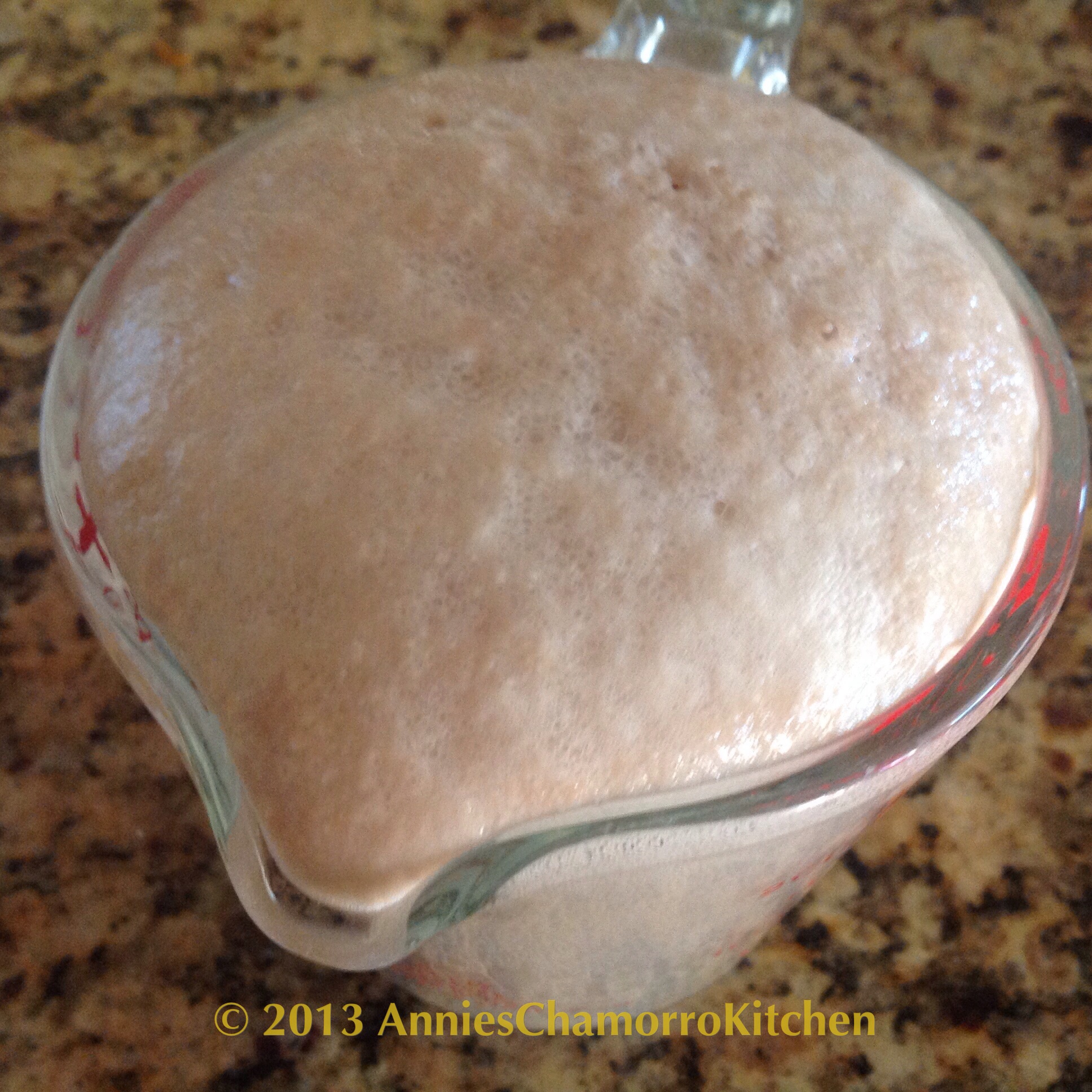
2. Prepare the dough. I suggest measuring out all of your ingredients beforehand. The yeast will proof quickly on you, so you’ll want all of the ingredients measured out before you start to proof the yeast (in step 1 above).
In the mixing bowl of a stand mixer, place the pumpkin purée. You can also do this by hand, but I prefer to use a heavy-duty stand mixer, like a KitchenAid, which is what I have.
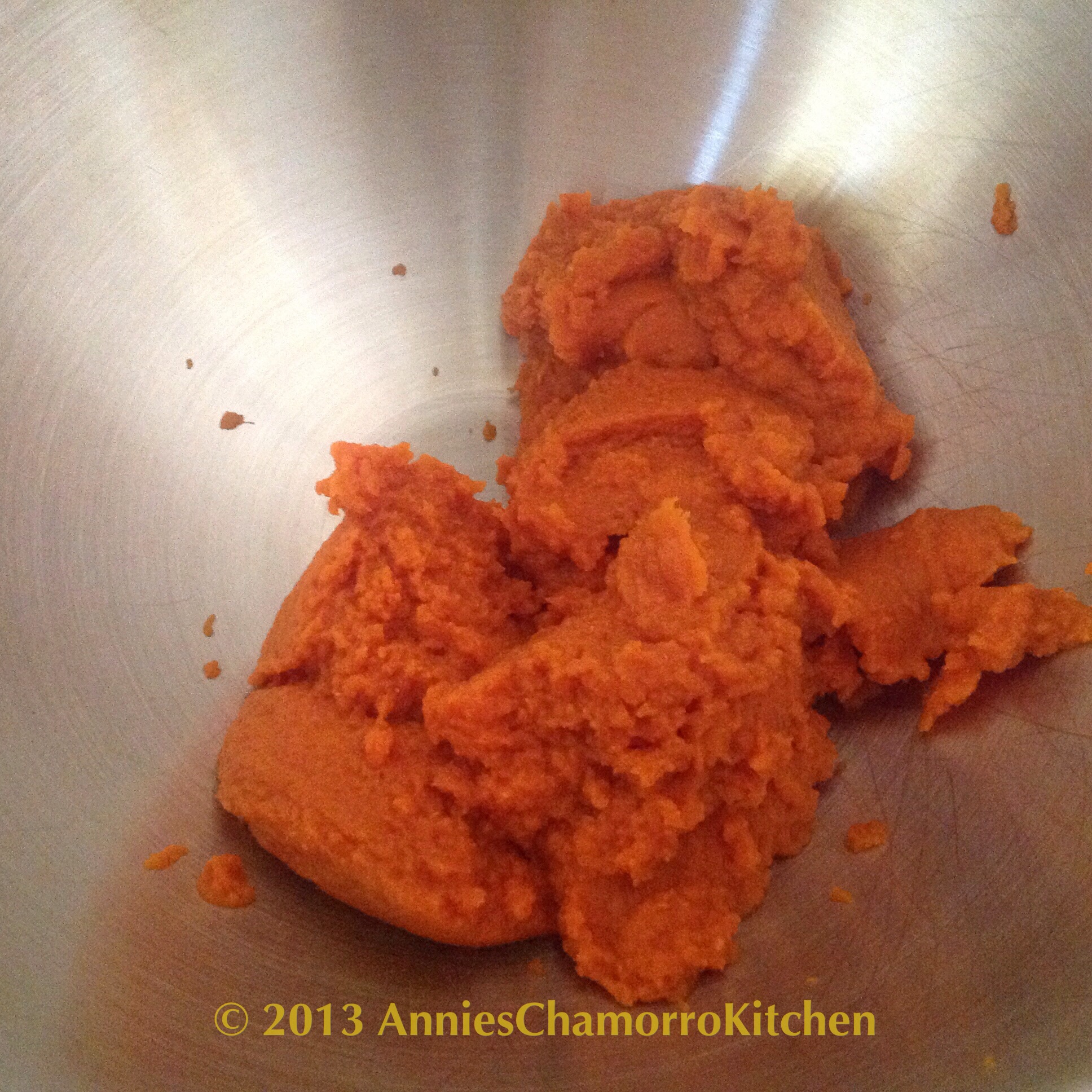
Add the eggs to the bowl.
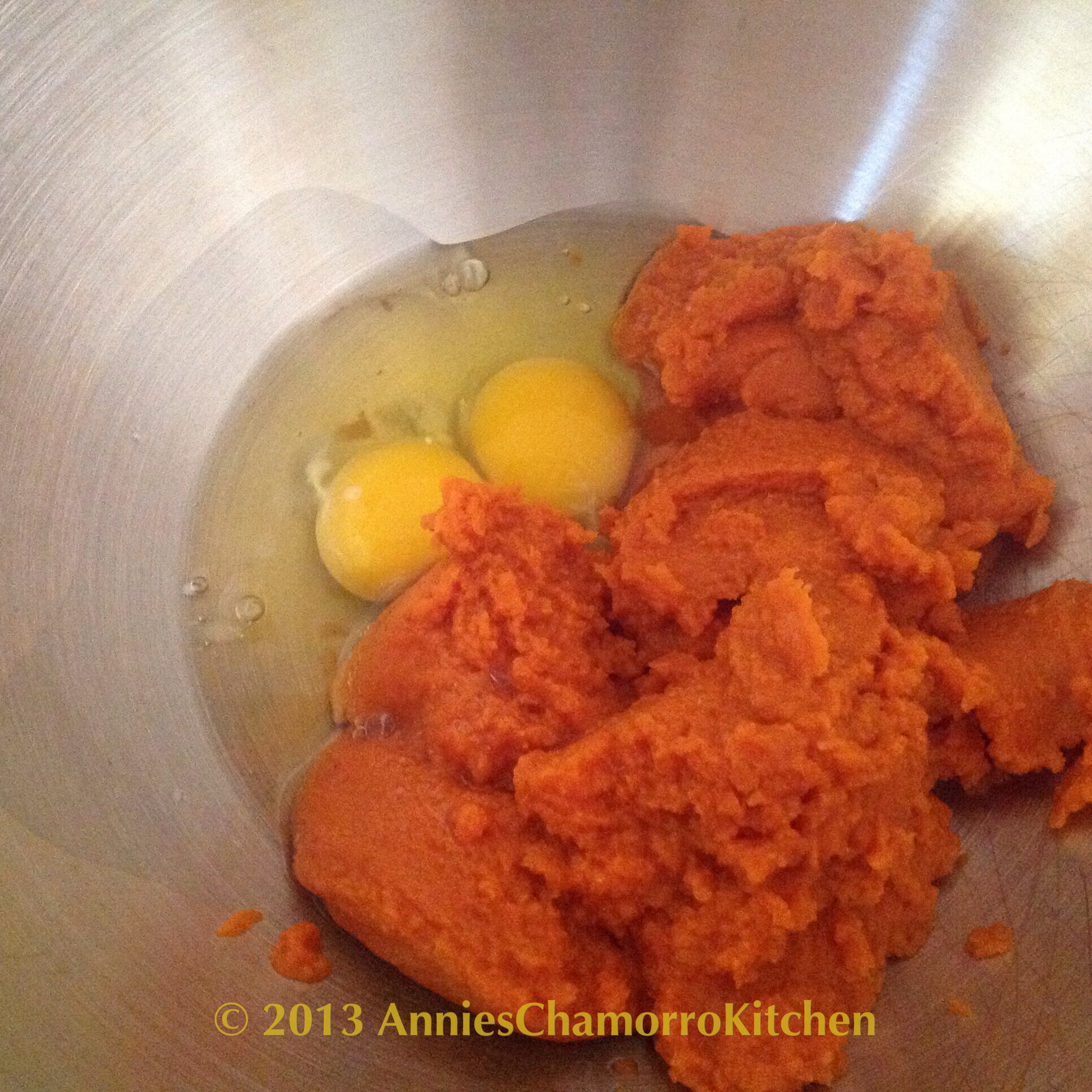
Melt the butter. Let it cool for a couple of minutes then add it to the mixing bowl.
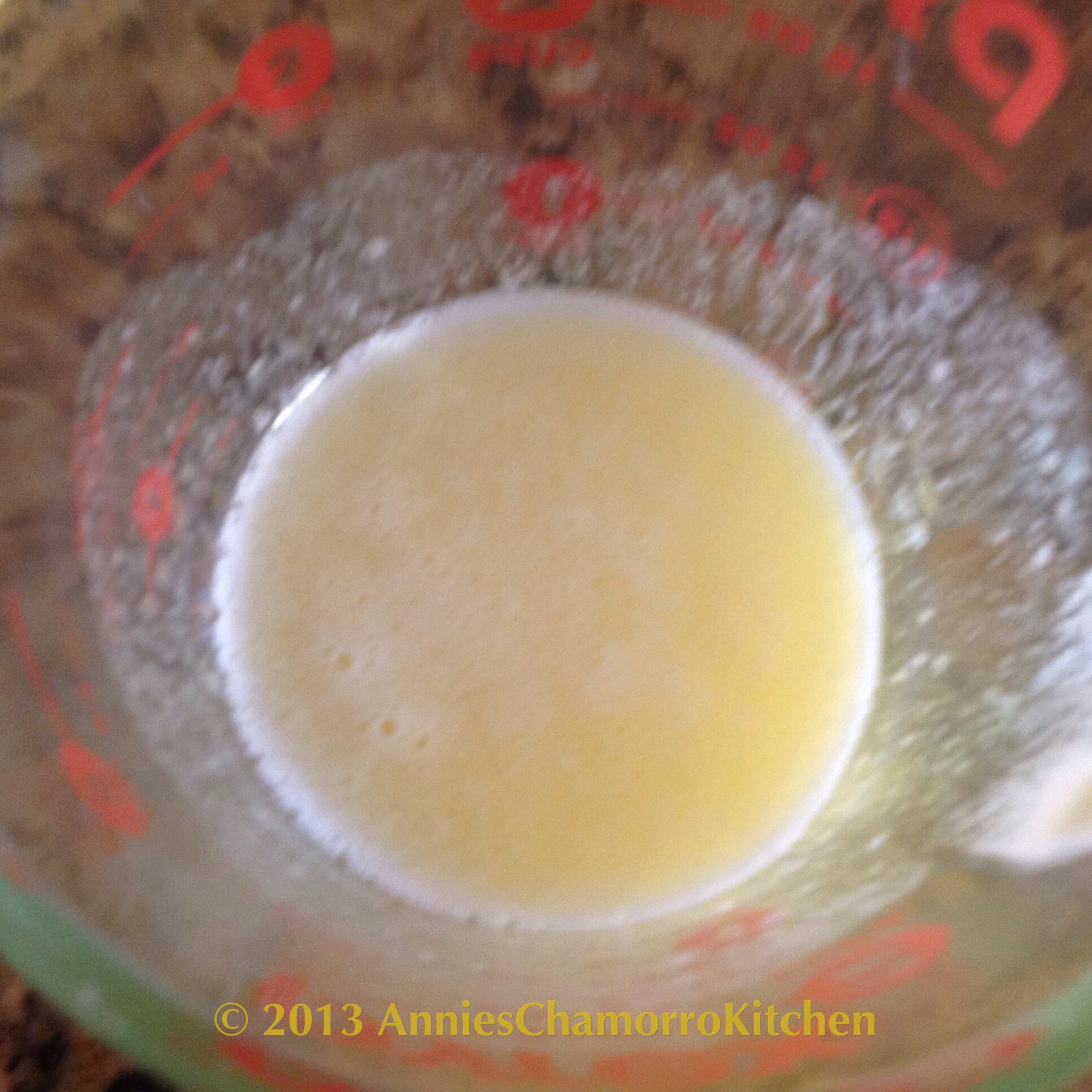
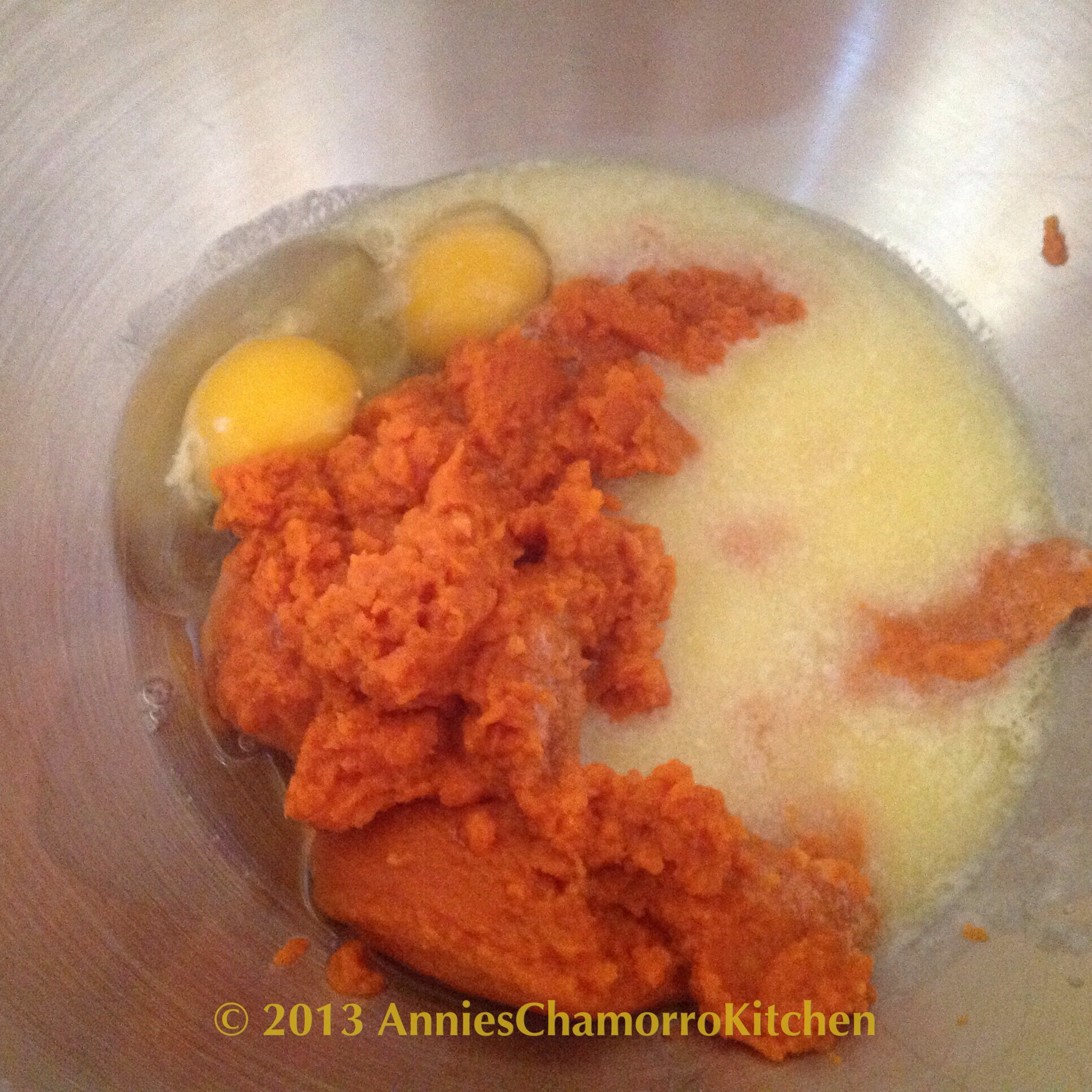
Using the paddle attachment of your mixer, mix the ingredients together for a few seconds.
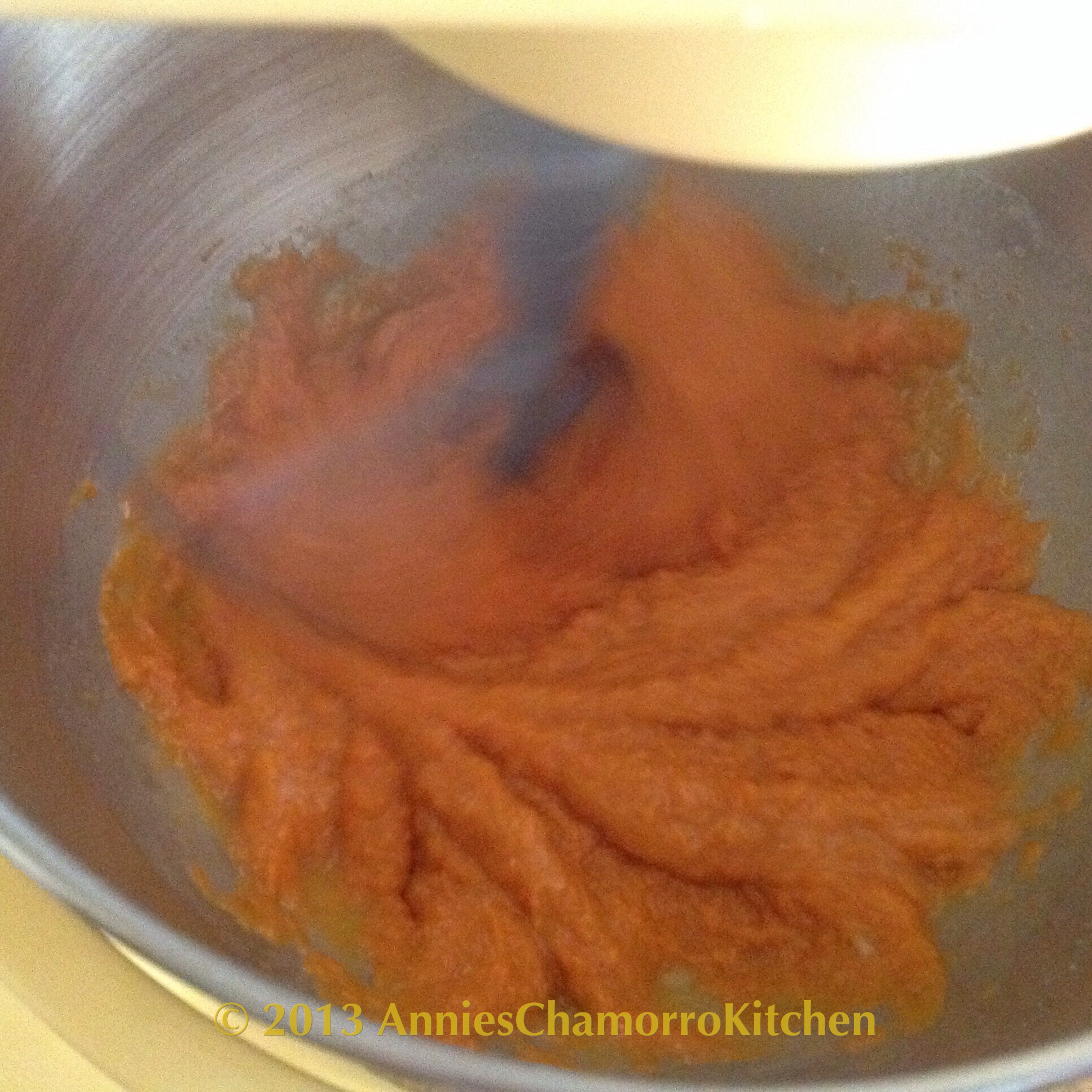
Add the pumpkin pie spice, cinnamon and salt to the bowl. Mix again for a few seconds.
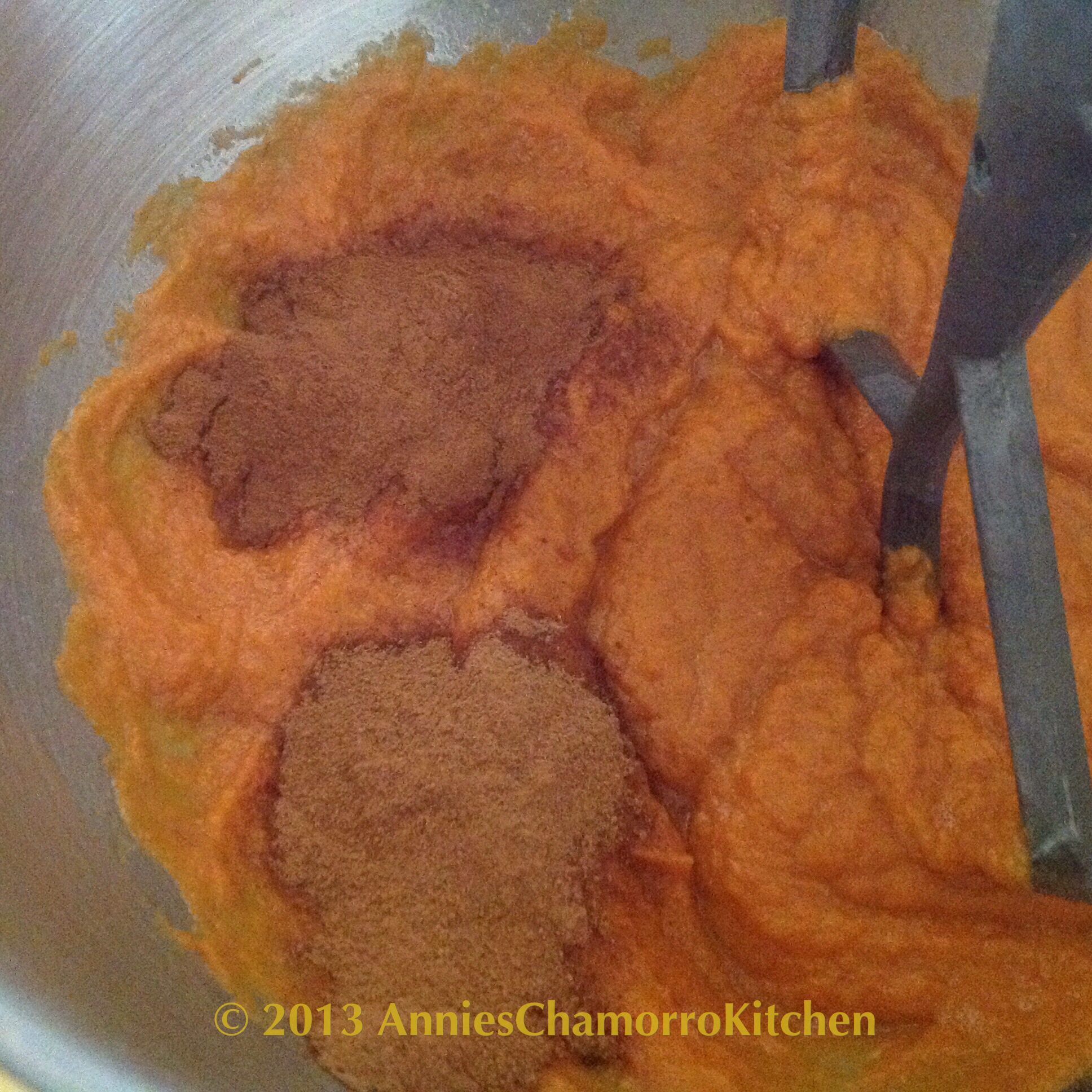
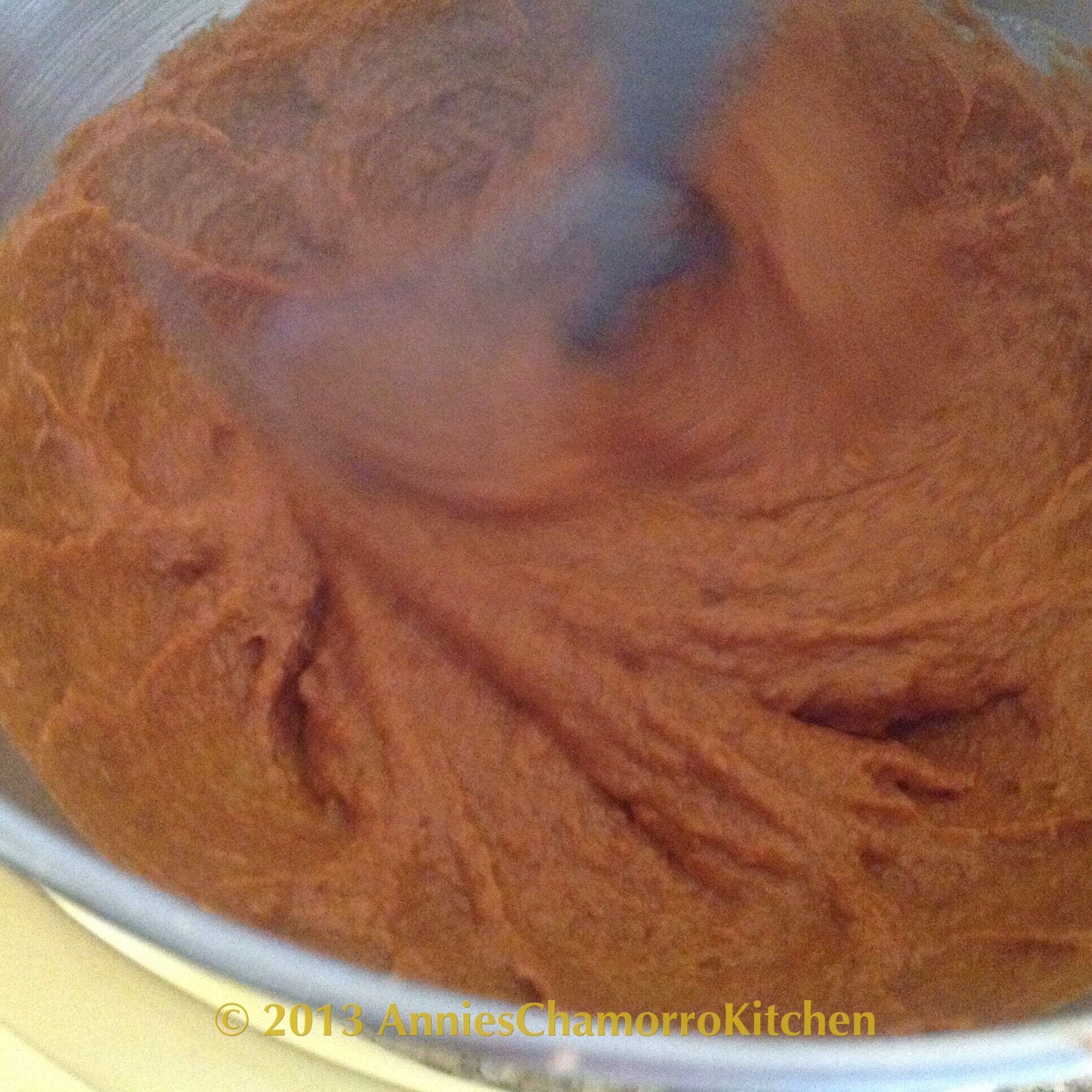
By now the yeast should be very foamy — pour the yeast mixture into the mixing bowl; mix to combine.

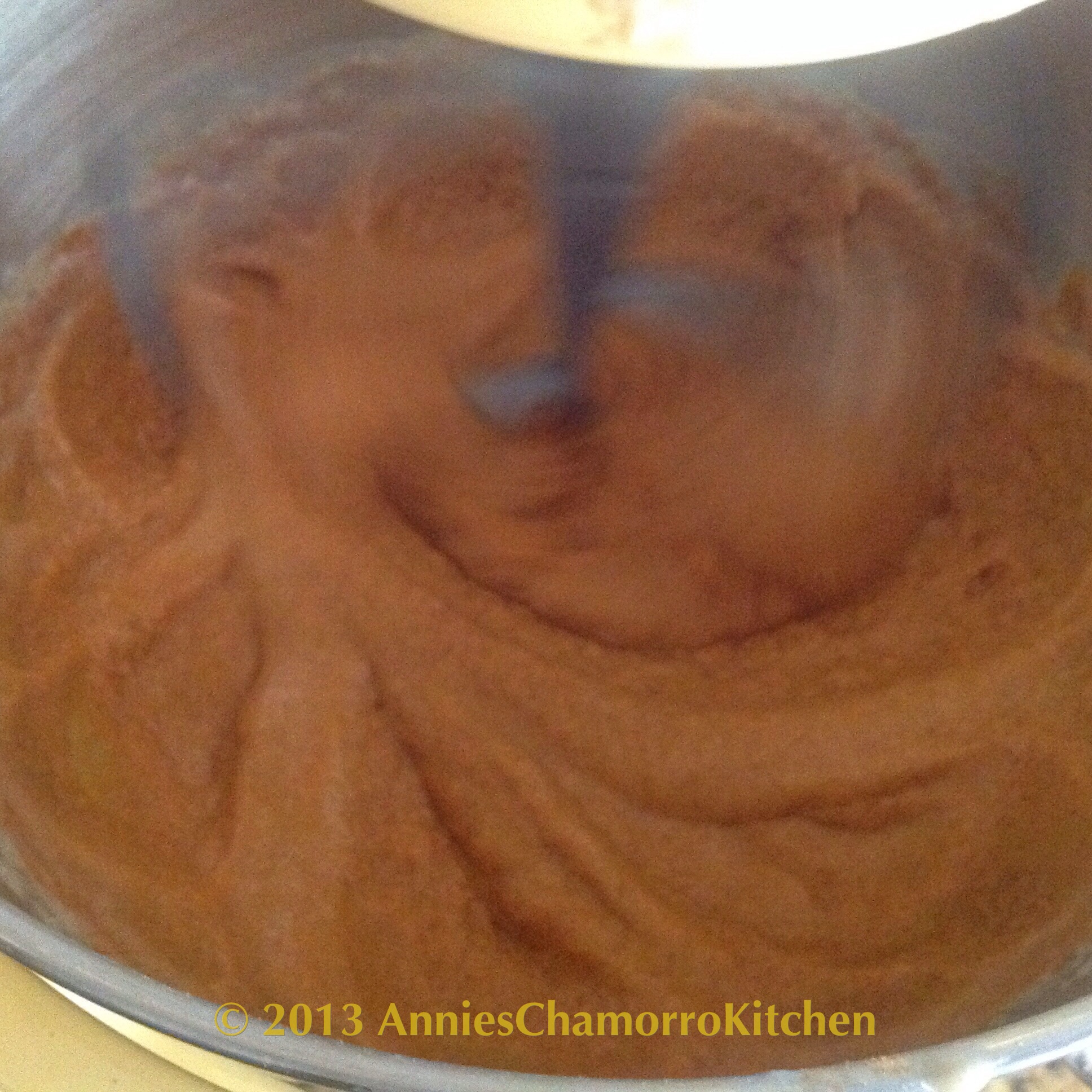
Mix in 3 cups of flour.
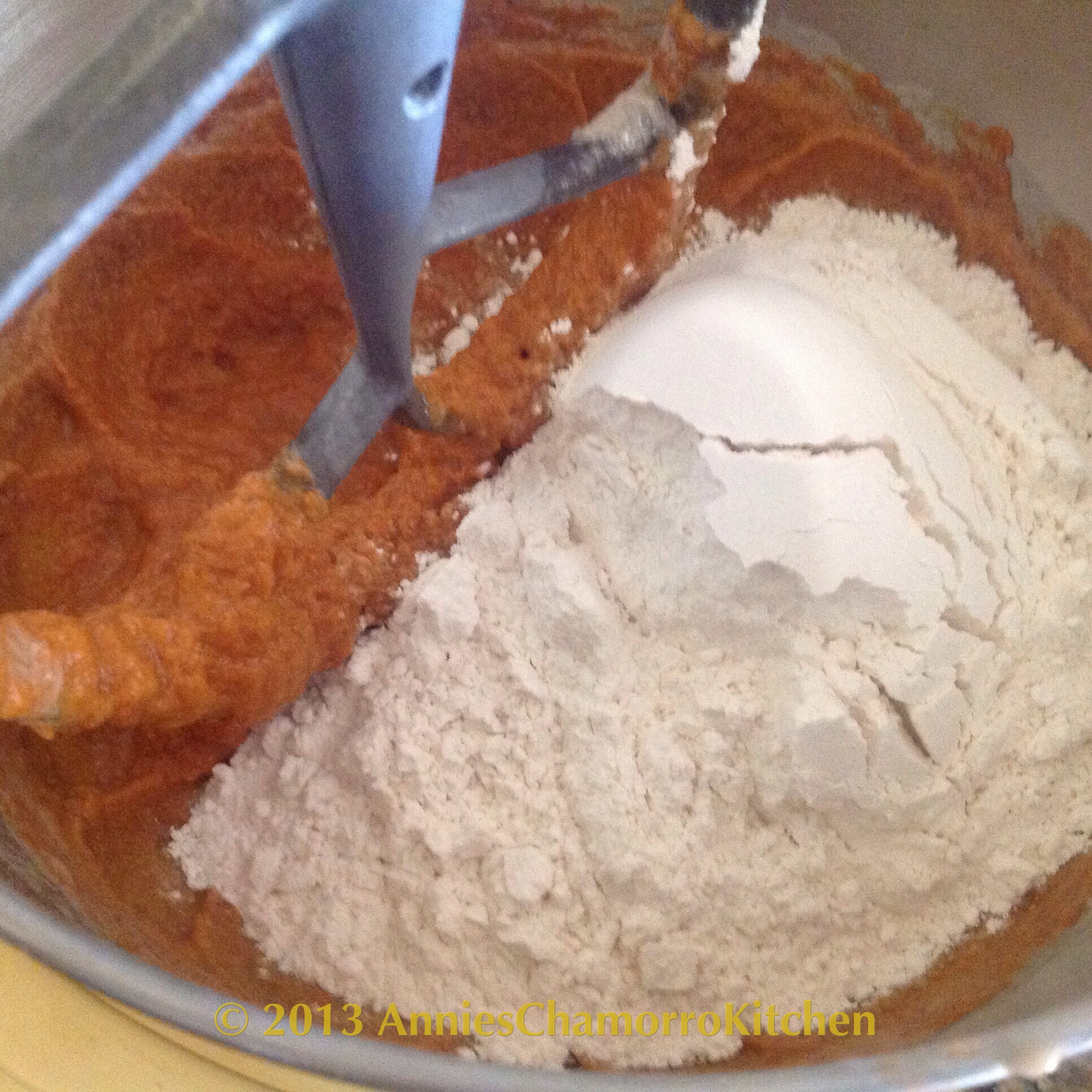
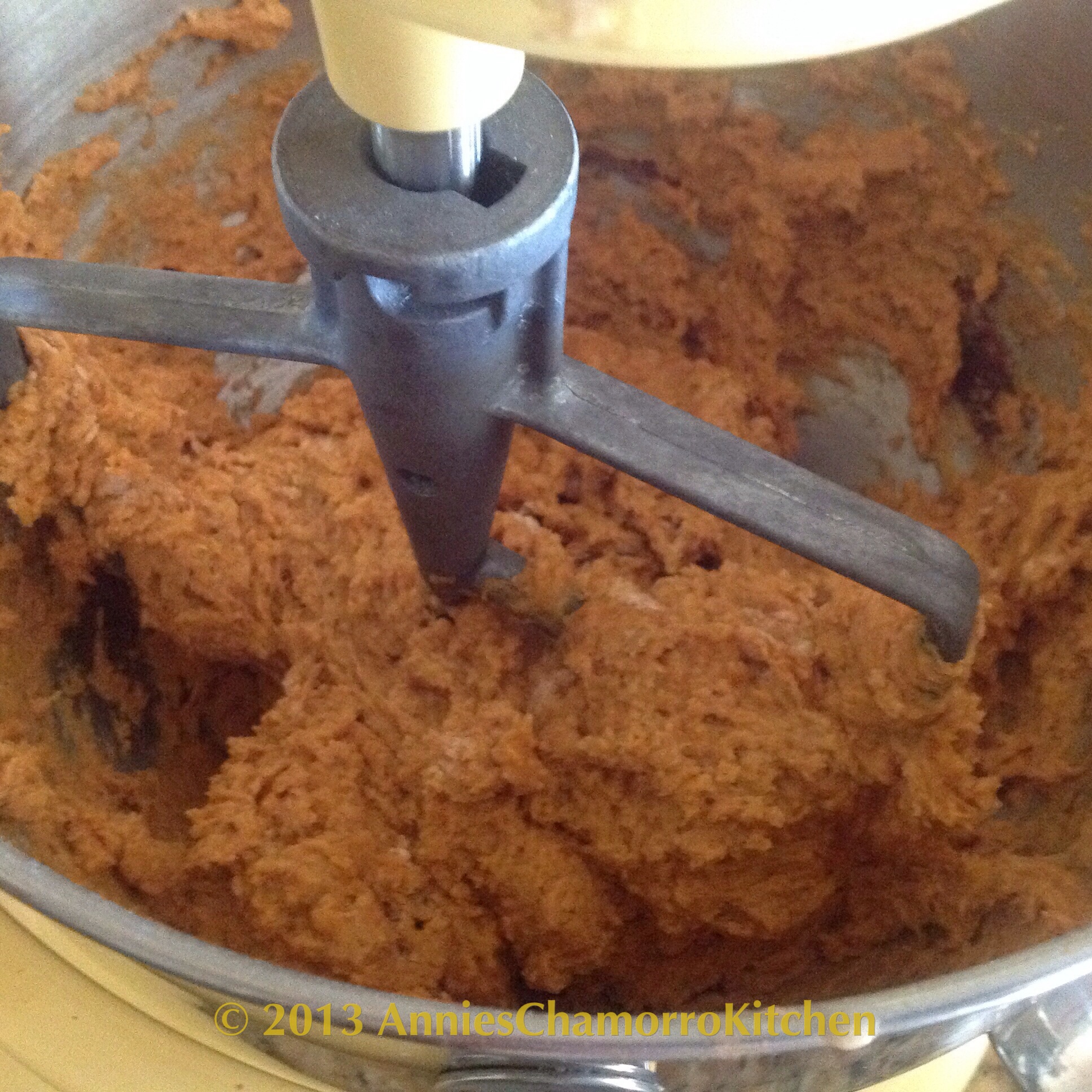
After mixing in the flour, take off the paddle attachment and switch to the dough hook.
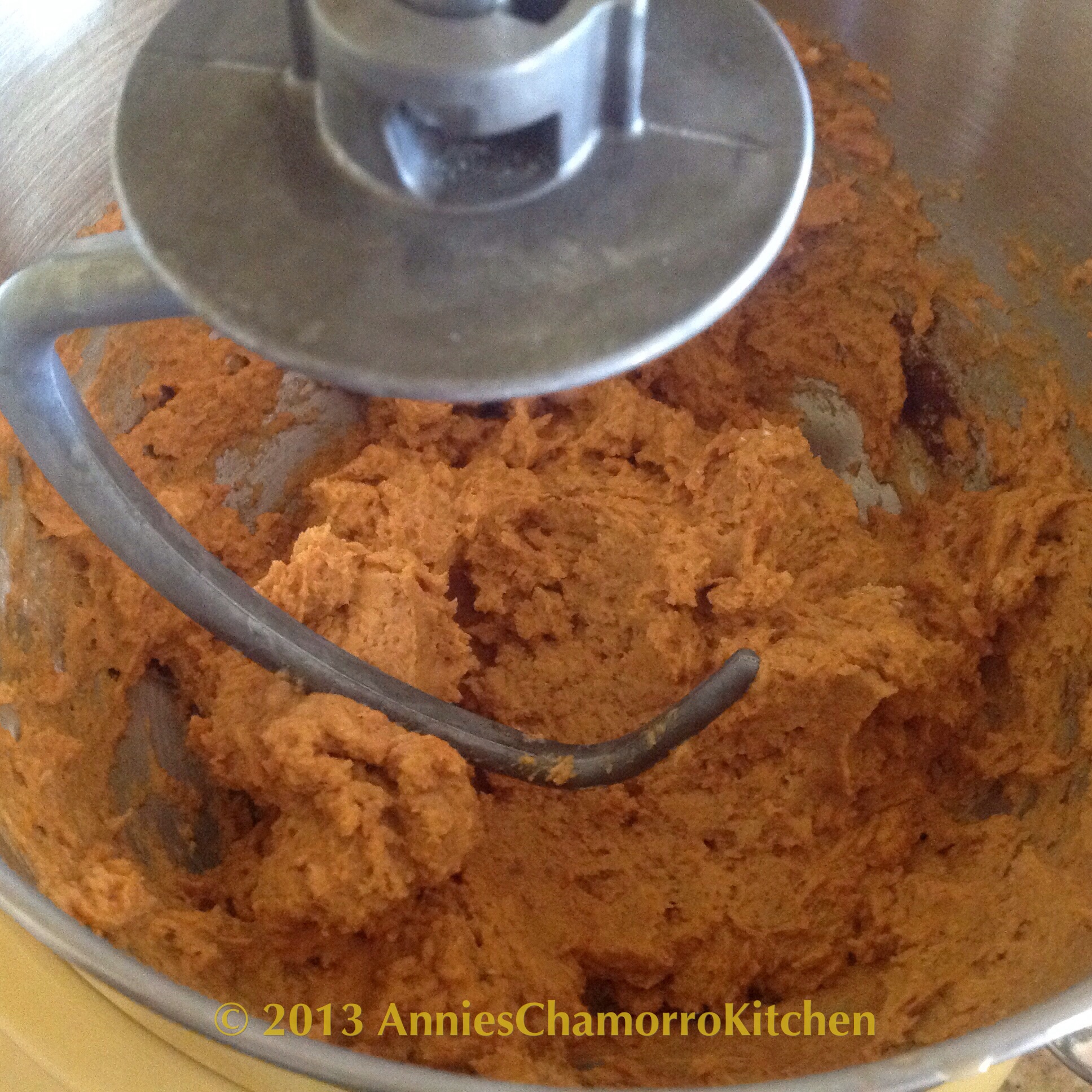
Mix in the remaining flour, a half cup at a time. You might not need all 6 cups of flour.
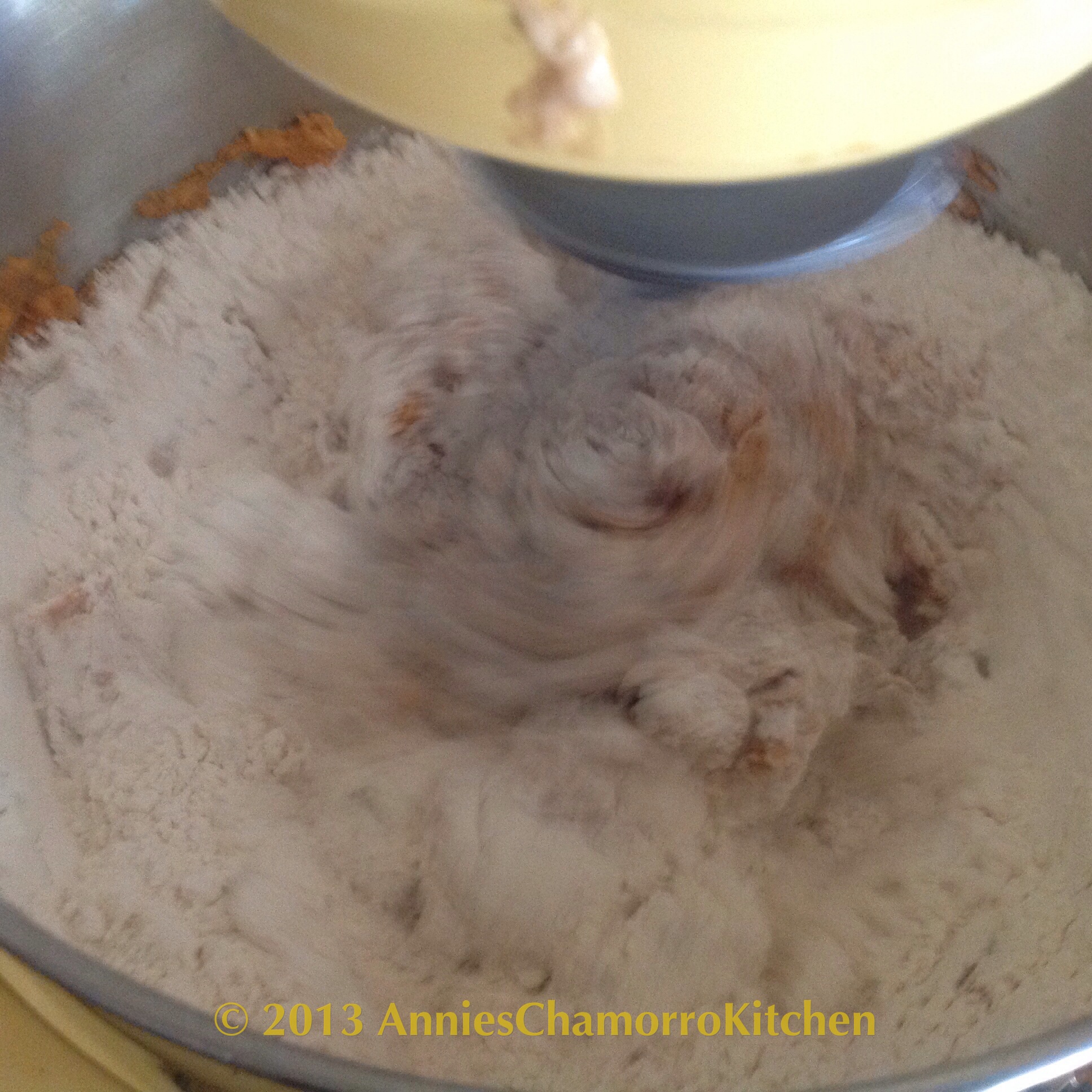
Stop adding flour when the dough pulls away from the sides of the mixing bowl. Depending on how humid it is where you live, you might actually need to add more flour (up to a cup more–7 cups total). The higher the humidity level, the more flour you may need since flour absorbs liquid in the air (depending on how you store your flour, that is). Anyhow, 6 cups of flour is about the norm. If you’re mixing this by hand, do not use more than 7 cups of flour. The dough will be slightly sticky, but that’s normal. Too much flour and your bread will be very tough.
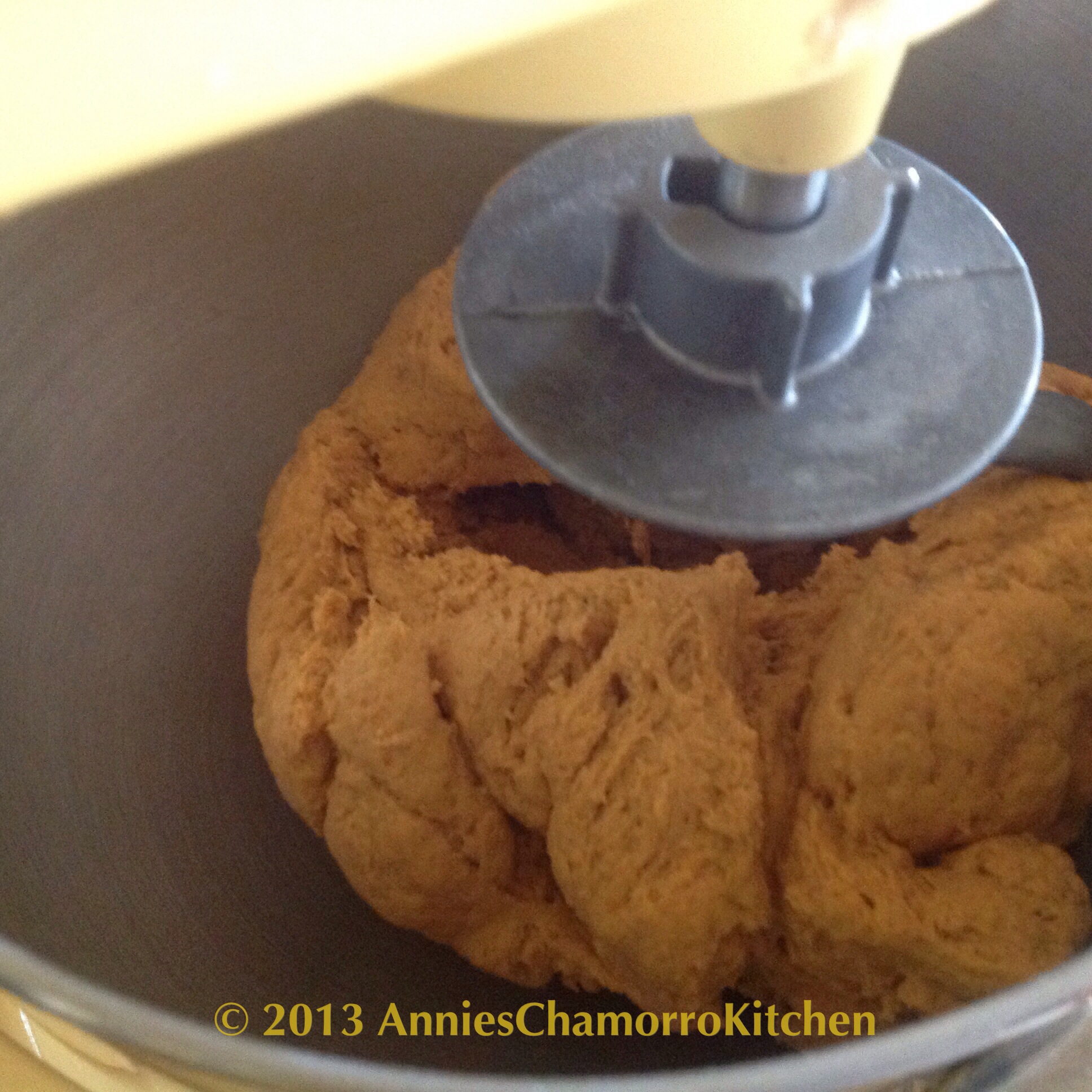
After you’ve mixed in all the flour, set your mixer to low speed. This begins the kneading process; continue mixing for 5 minutes. If you’re kneading by hand, knead for 8-10 minutes (resist adding flour while hand-kneading–if the dough is sticking to your hands, lightly oil your hands or spray your hands with cooking spray to prevent sticking).
This is what the dough looks like after 5 minutes of kneading.
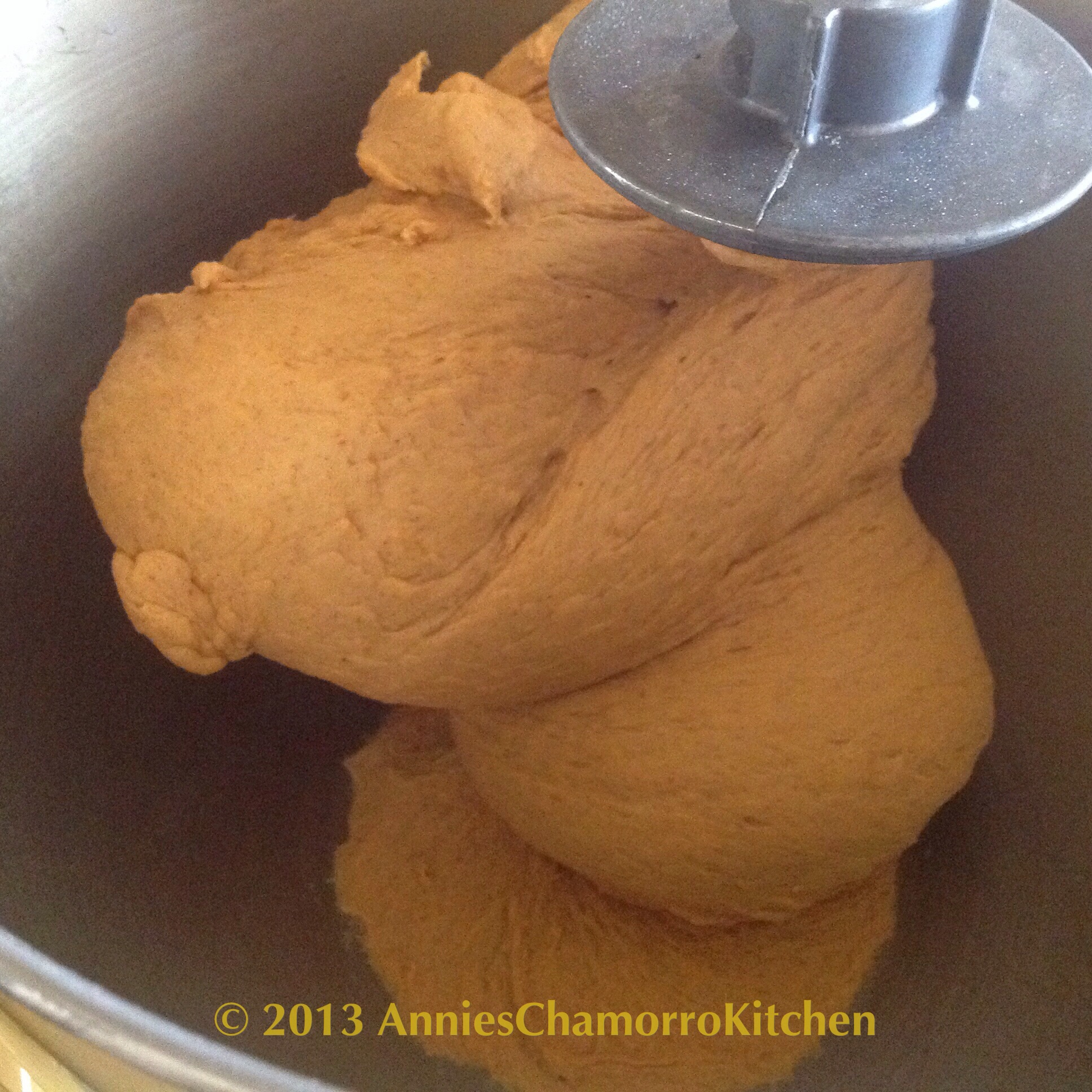
It’s now time to let the dough rise. Place the dough into a glass bowl that’s been buttered or sprayed with butter-flavored cooking spray. I also lightly spray the top of the dough (so the plastic wrap won’t stick to it–see below).

Cover the top of the bowl with plastic wrap then place a clean dish towel on top of the bowl. Place the bowl in a dry, warm place to rise until doubled in size. The time it takes to rise depends on how warm your rising spot is. It could take anywhere from 30 minutes to more than an hour. Patience is key.
I usually turn my oven to the Warm setting right when I begin my kneading process. After 3 minutes of warming up, I turn the oven heat off and turn the oven light on. This makes the perfect warm place for rising. It takes about 30 minutes for my dough to rise in this setting.
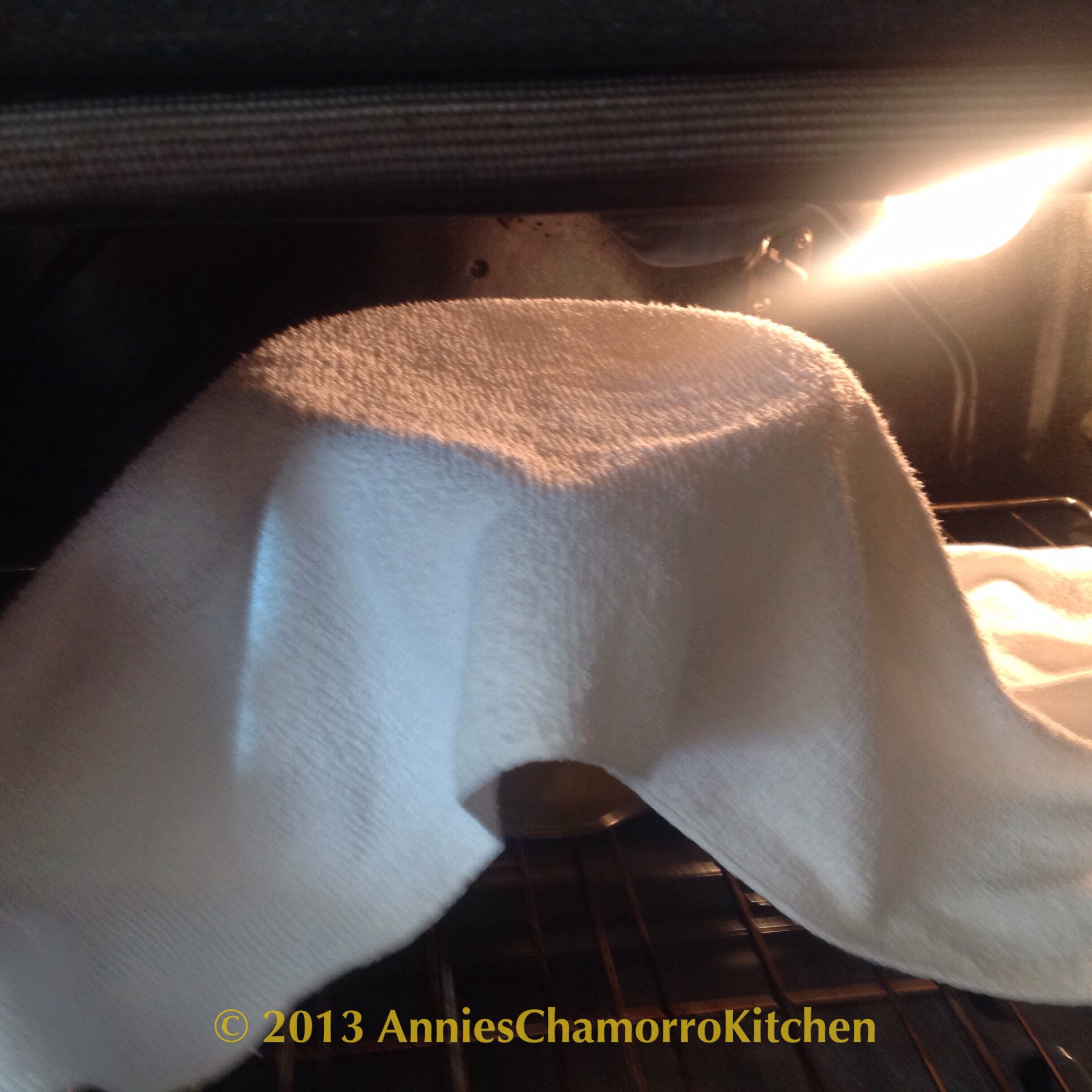
3. While the dough is rising, make your filling.
In a small bowl, place the softened butter, brown sugar, and optional orange zest. If you decide to add orange zest, make sure you don’t get any of the white pith–it will make your filling bitter. Mix to combine.
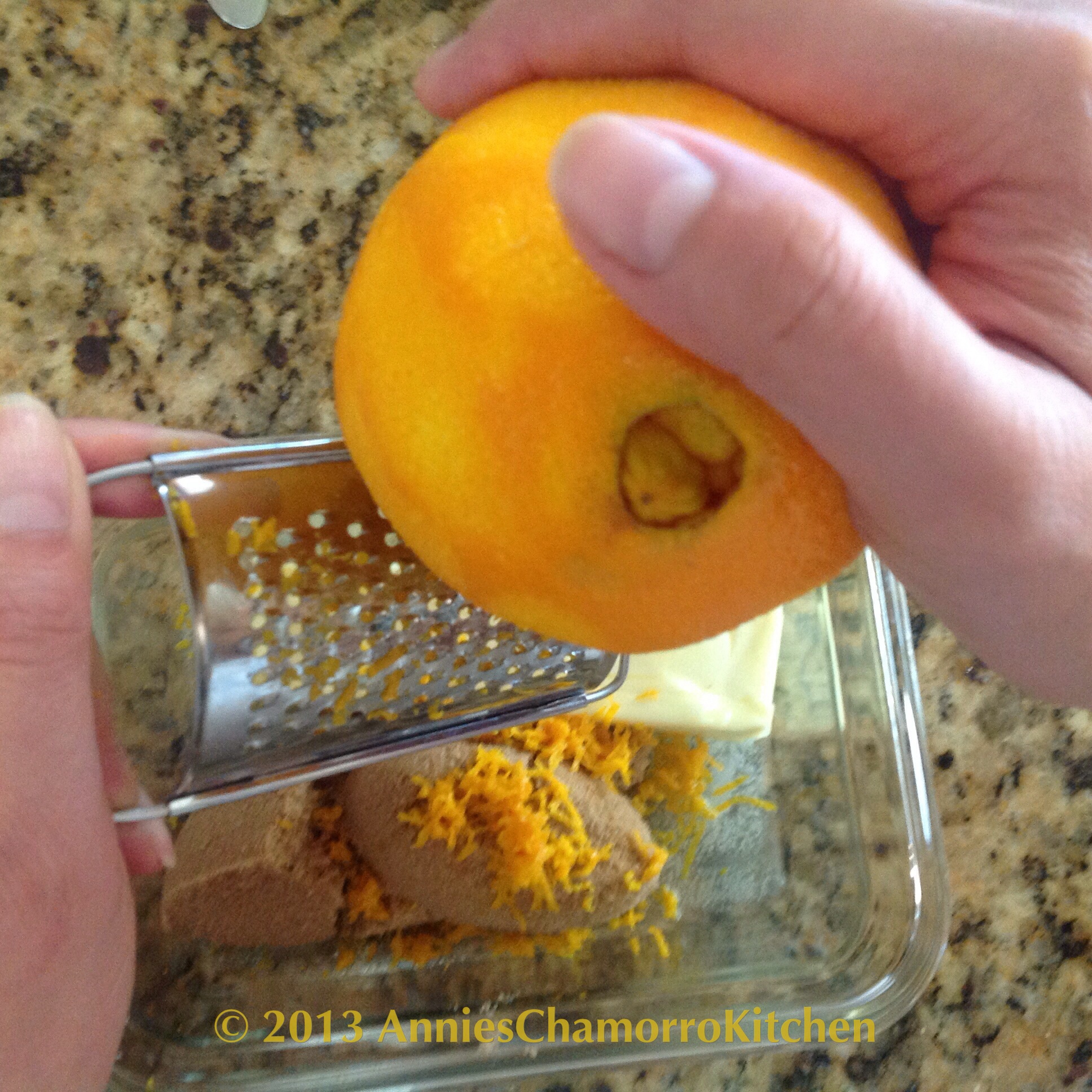
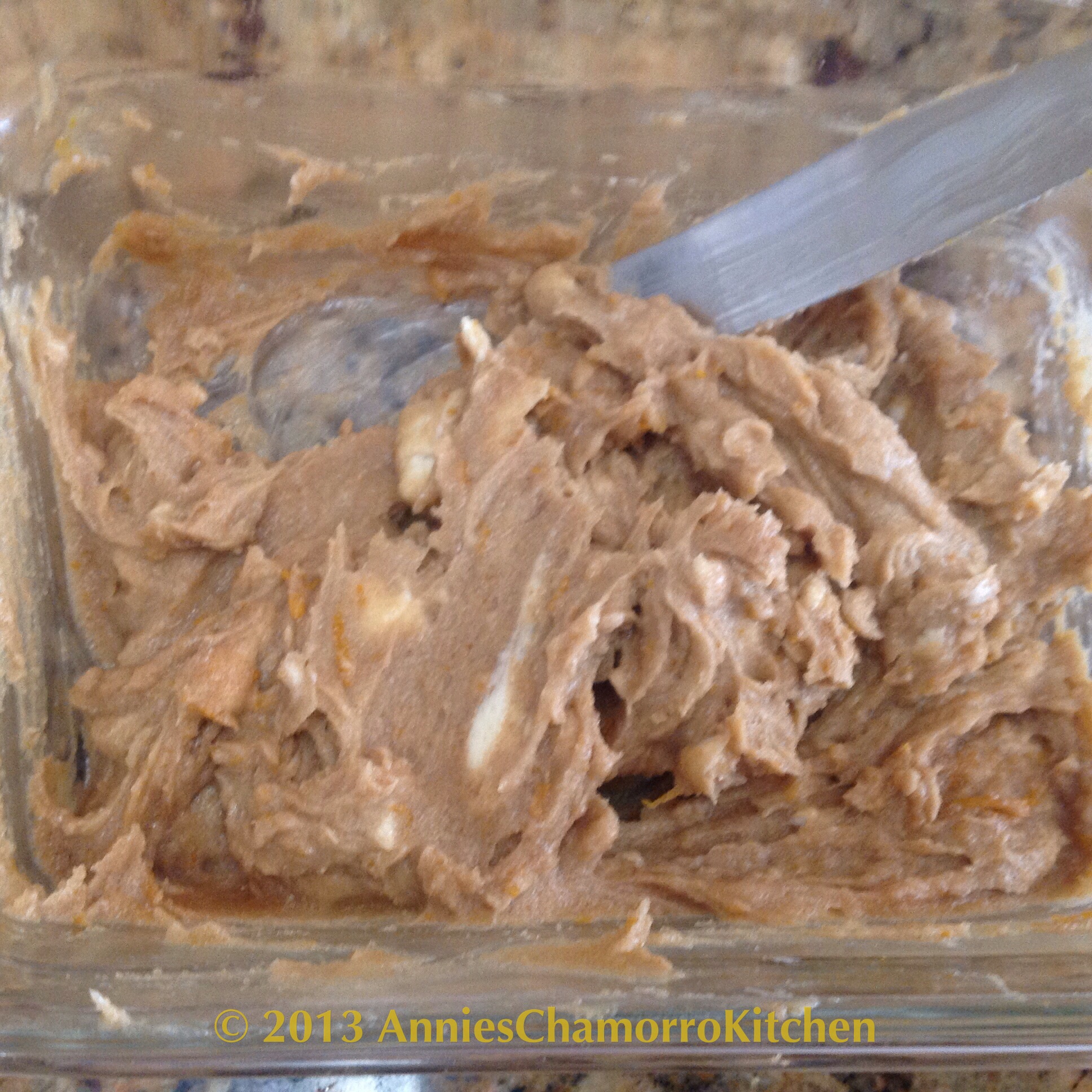
Mix in the cinnamon. Set the filling aside until the dough is ready.
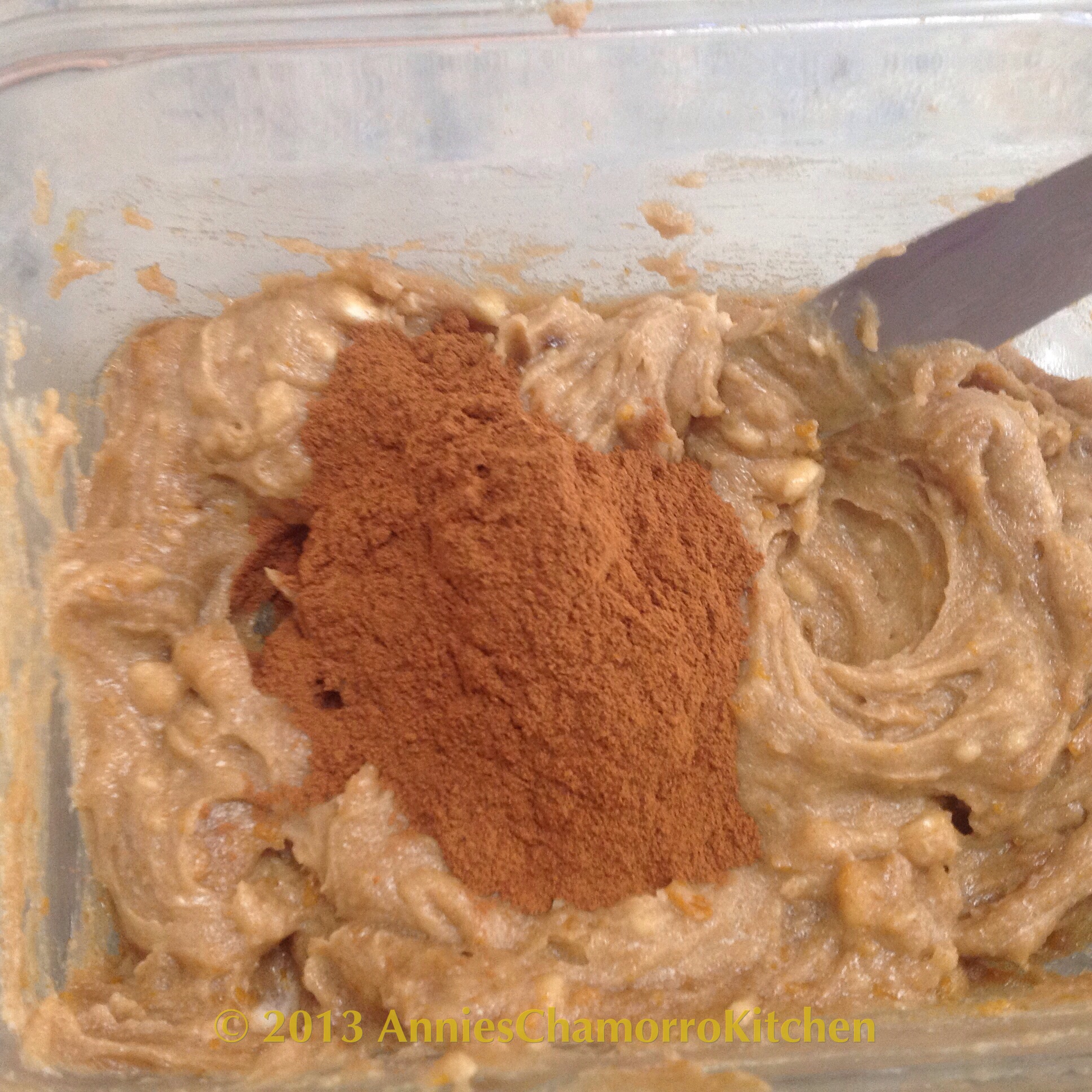
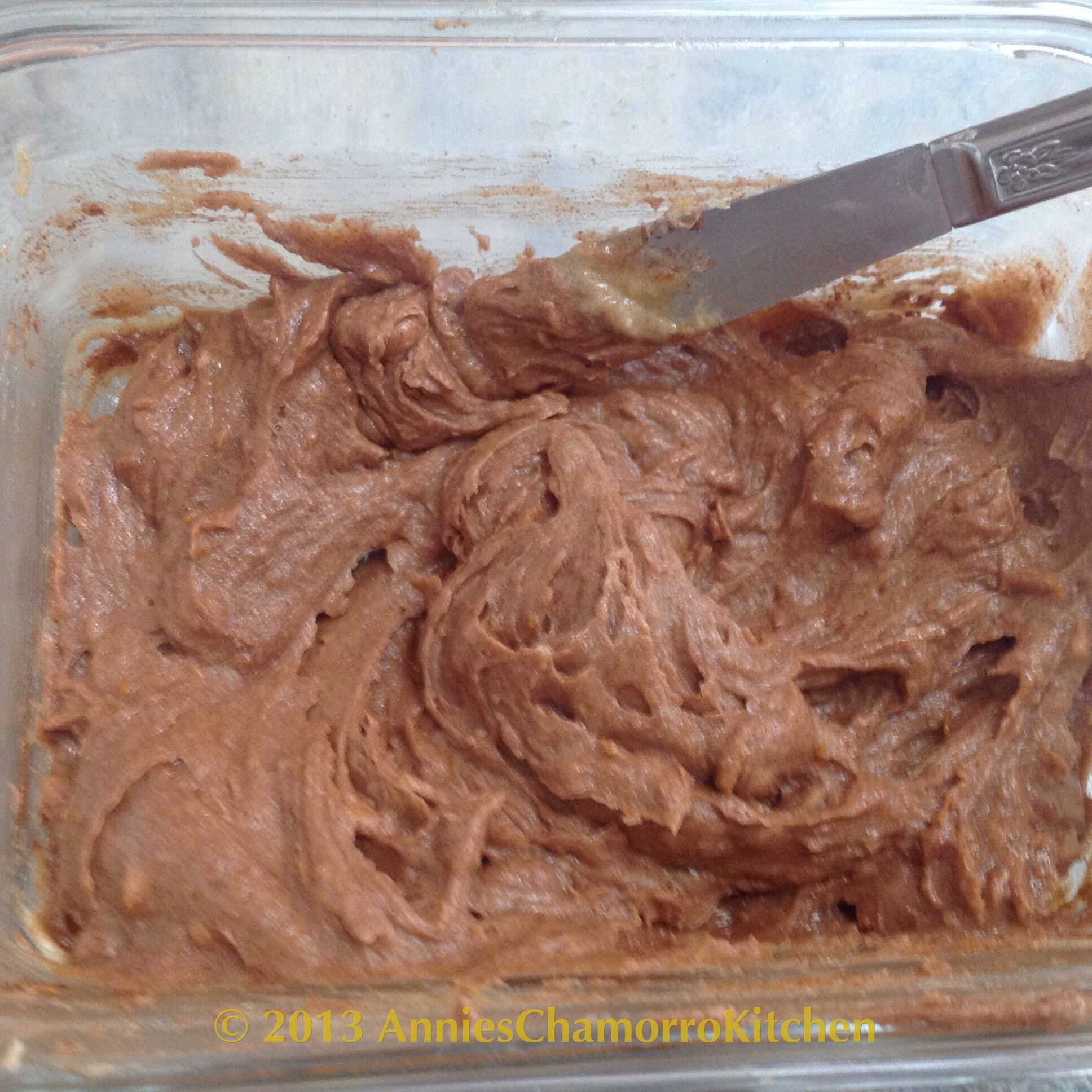
4. Fill and roll the dough.
This is what the dough looks like after it’s doubled in size.
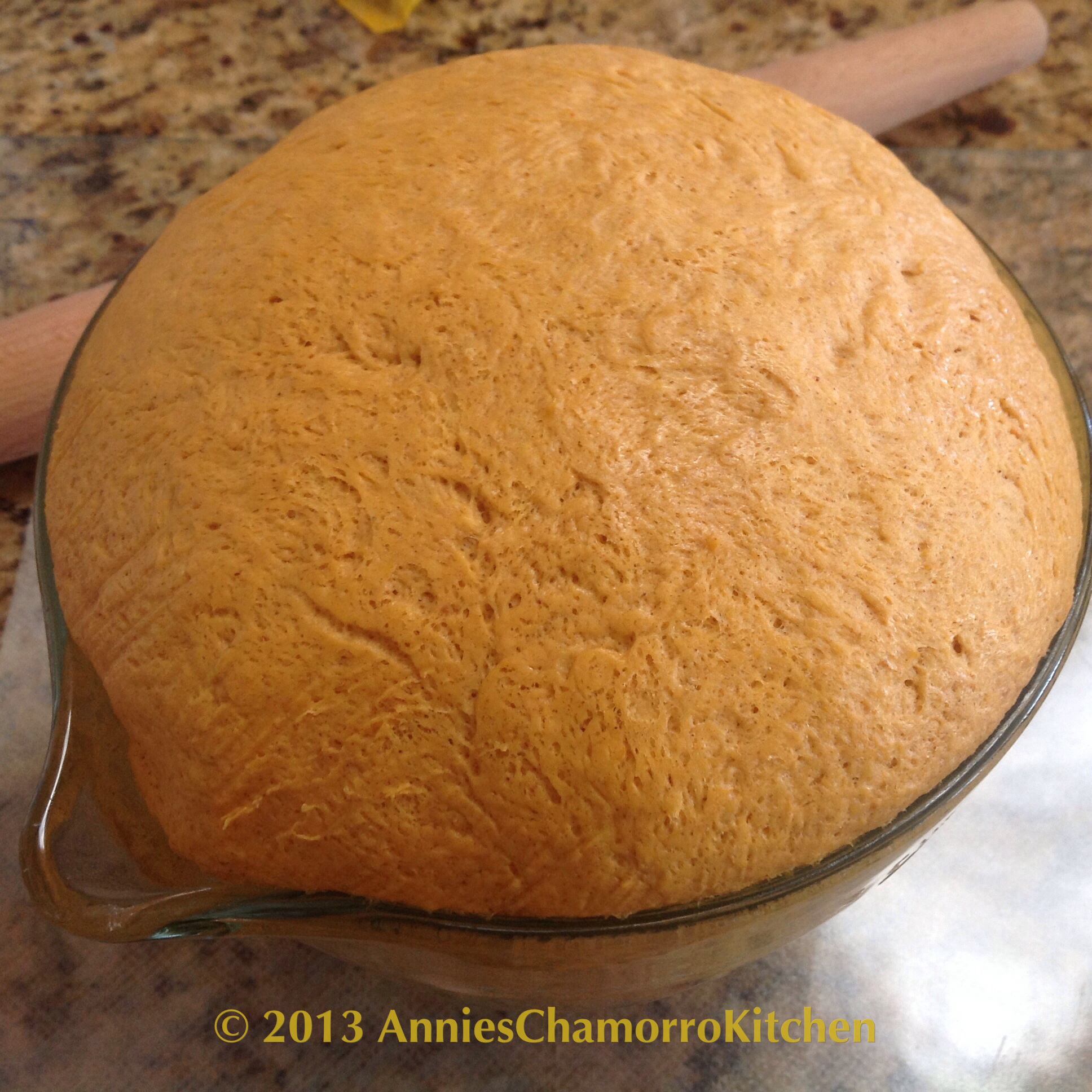
Generously flour a clean work surface. Place the dough onto the floured surface — do NOT punch down the dough or knead it again.
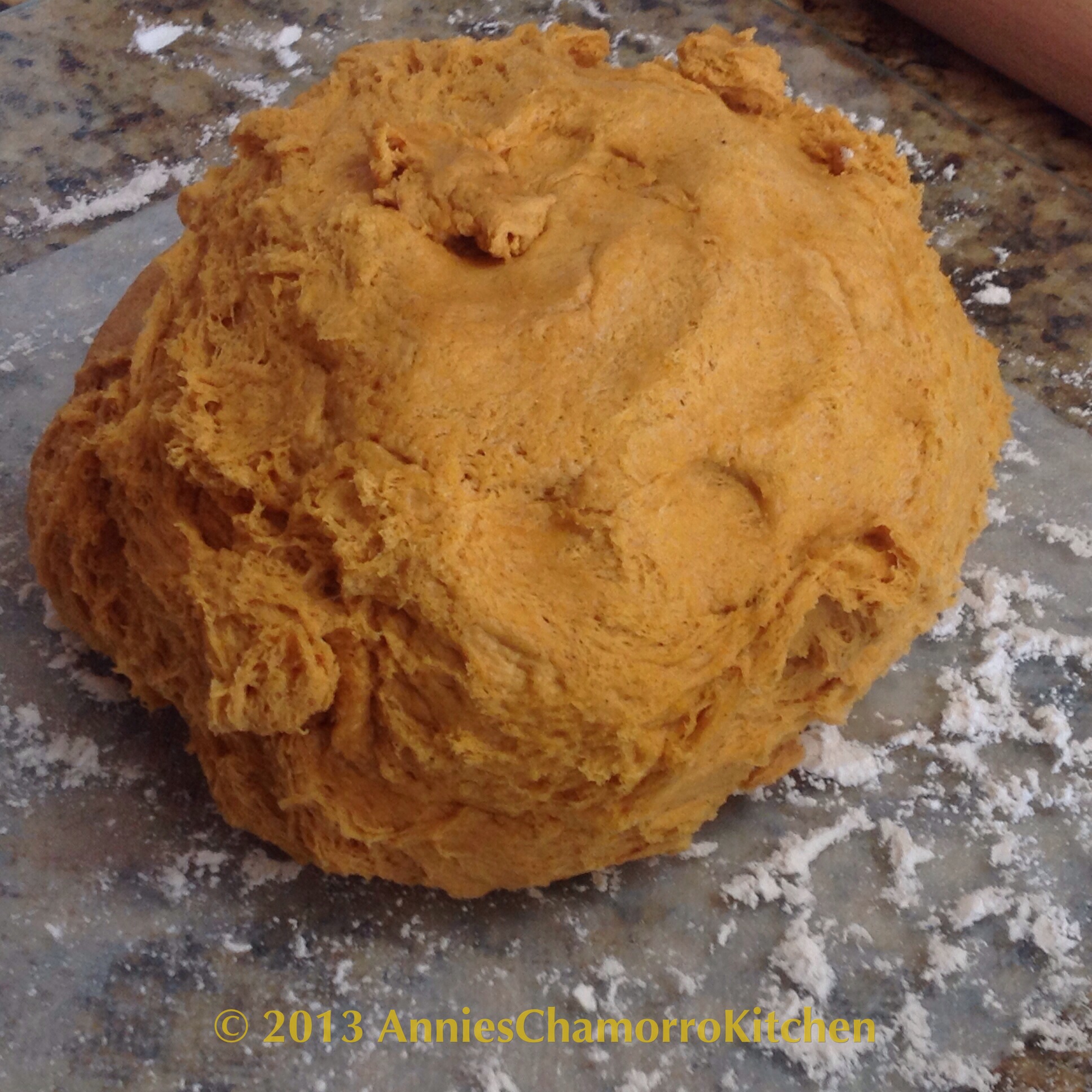
Roll out the dough into a rectangle.

Gently spread the butter-cinnamon-orange mixture over the entire surface of the dough, stopping about a half inch from the edge.
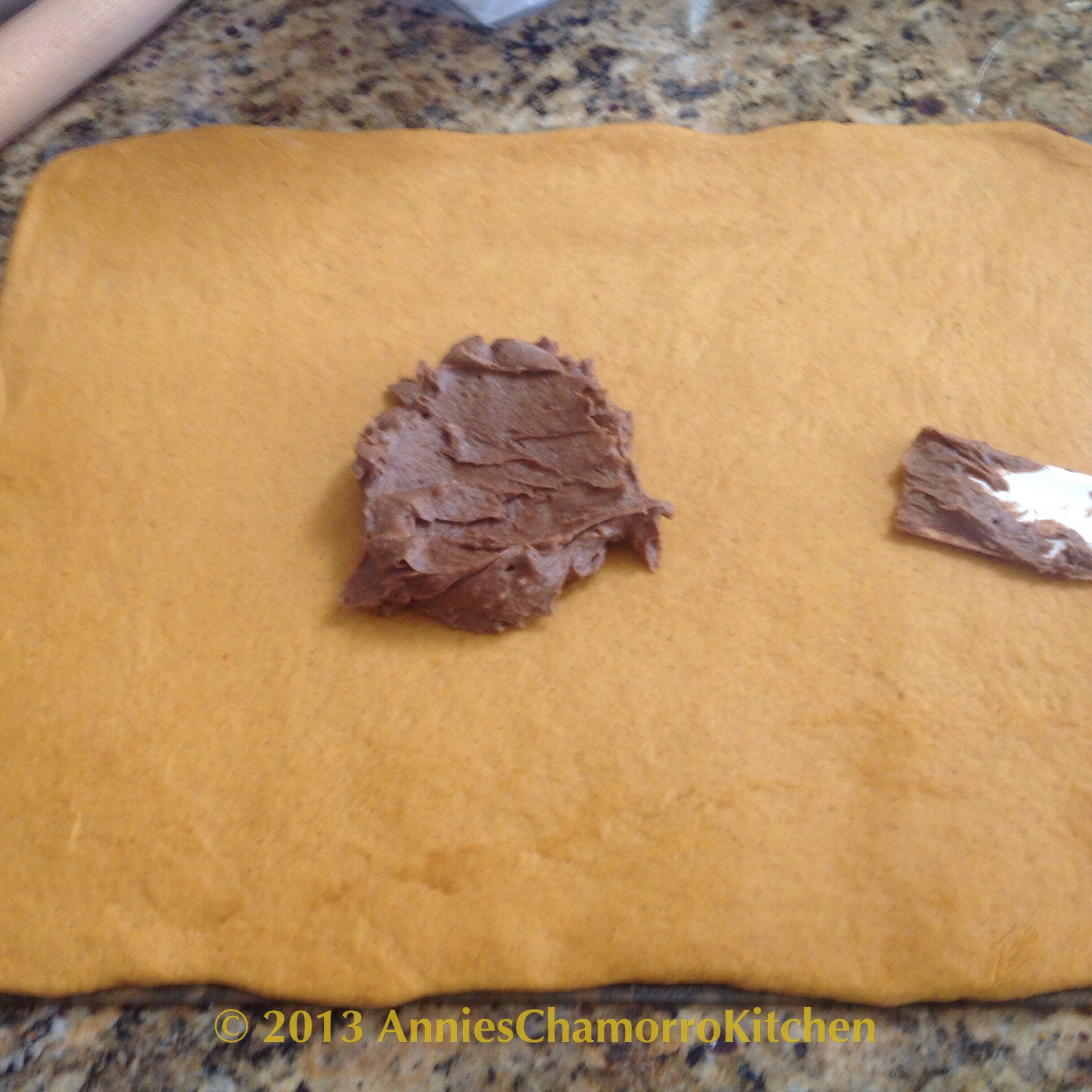
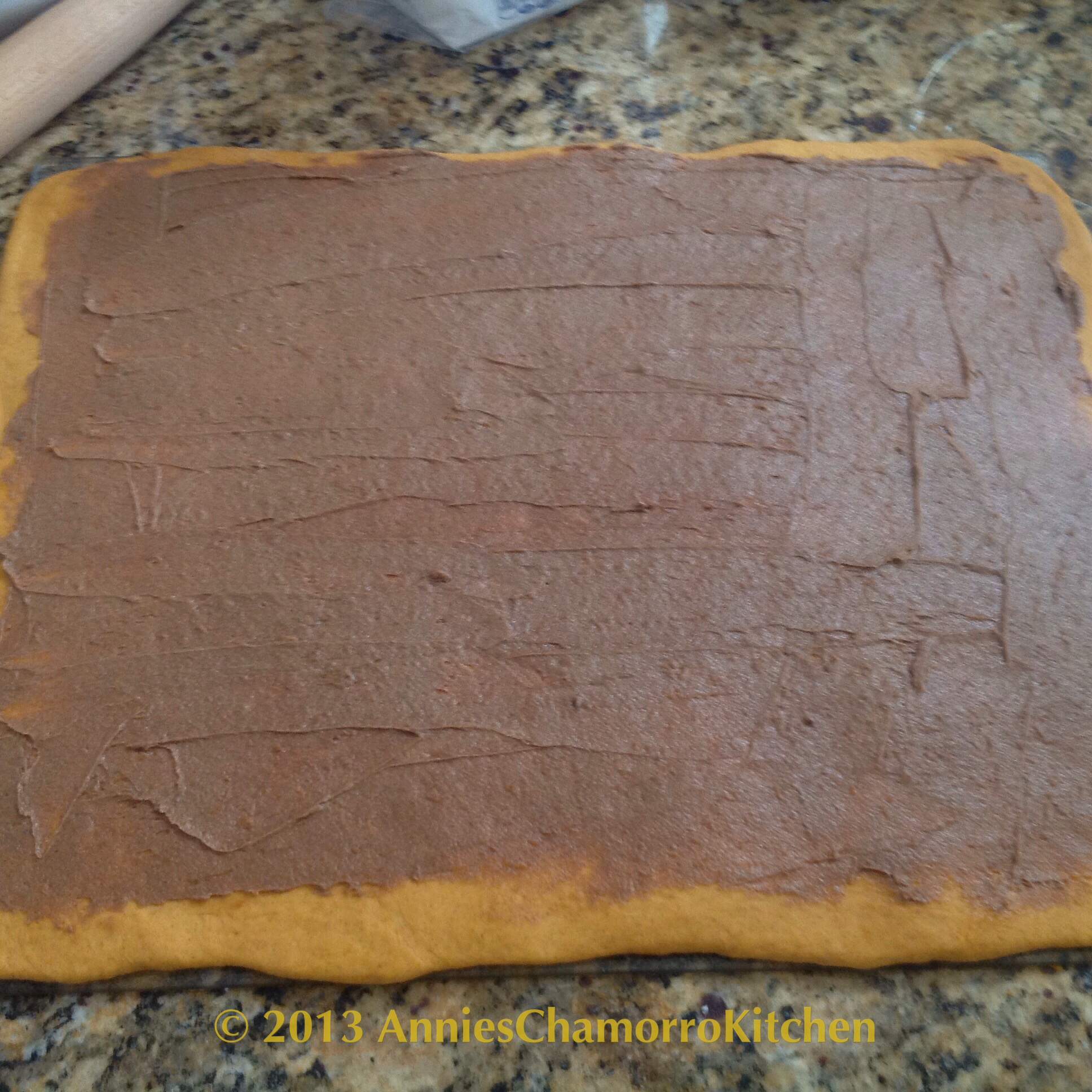
Sprinkle the chocolate chips over the butter-cinnamon-orange mixture.
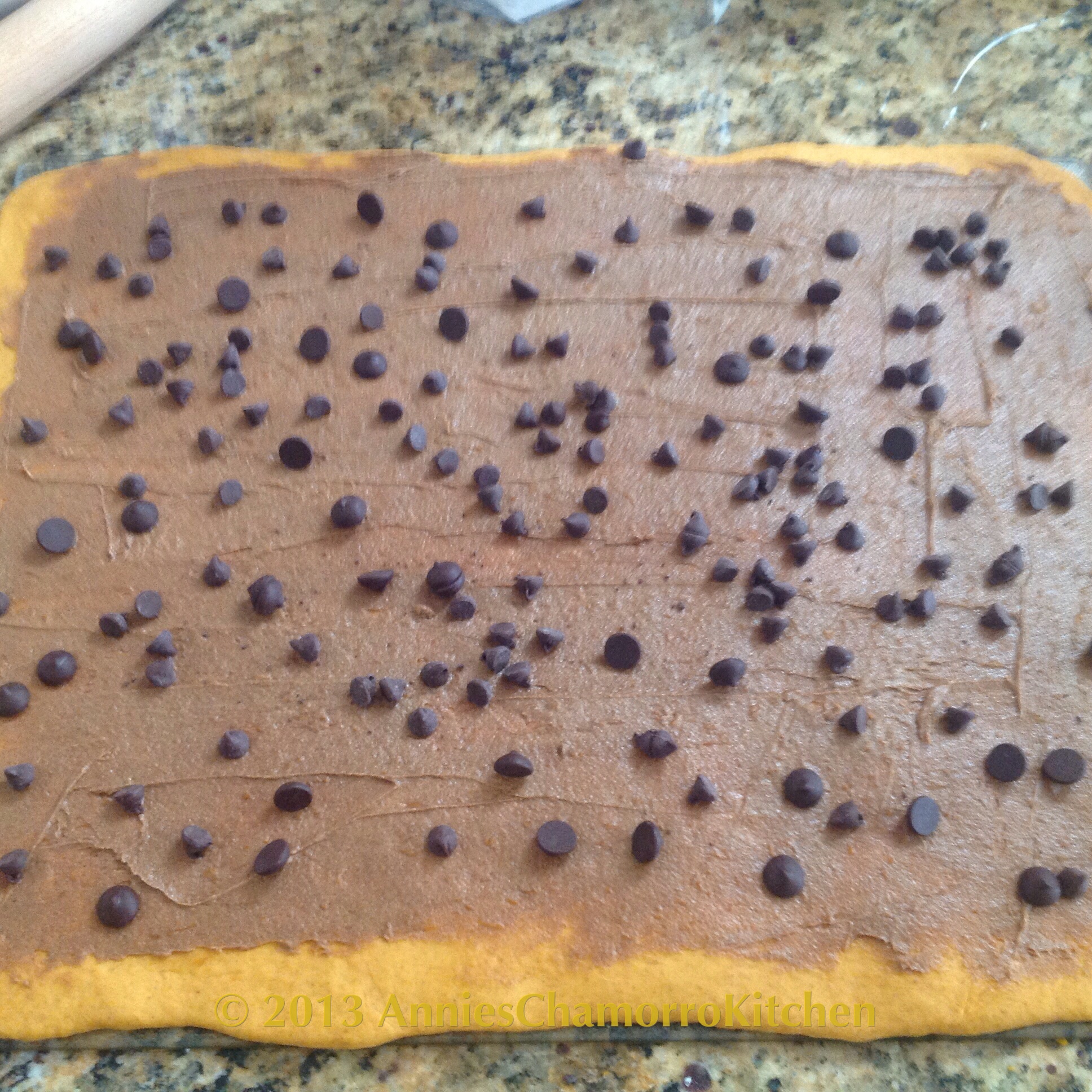
Starting at the long edge, carefully roll up the dough, jelly-roll style.
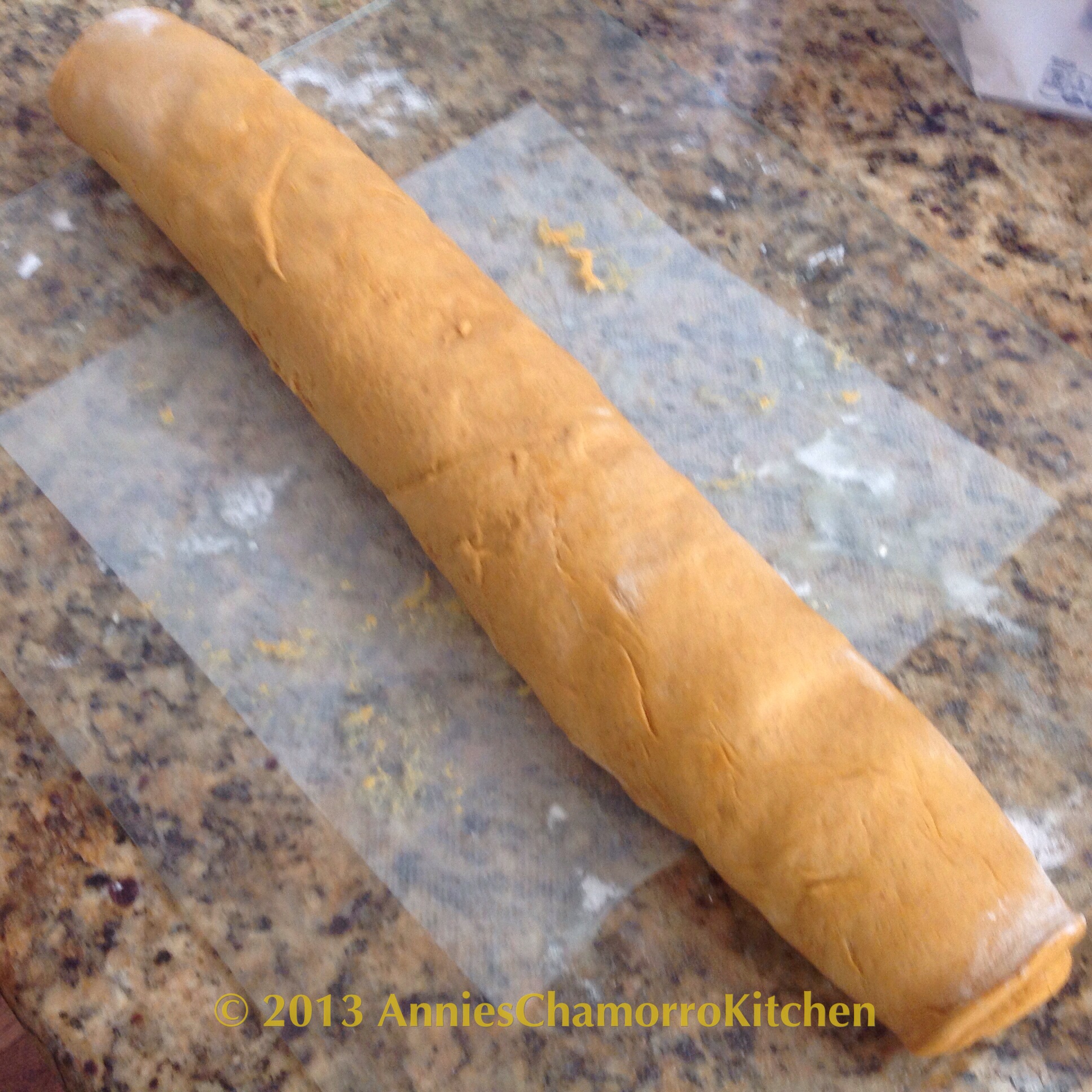
Using a sharp knife (dental floss works well too), slice pieces of dough, about the width of your finger. Place the slices into a buttered pan (you can use butter-flavored cooking spray too). I recommend placing the slices about 1/2-1 inch apart to allow the dough to rise evenly.
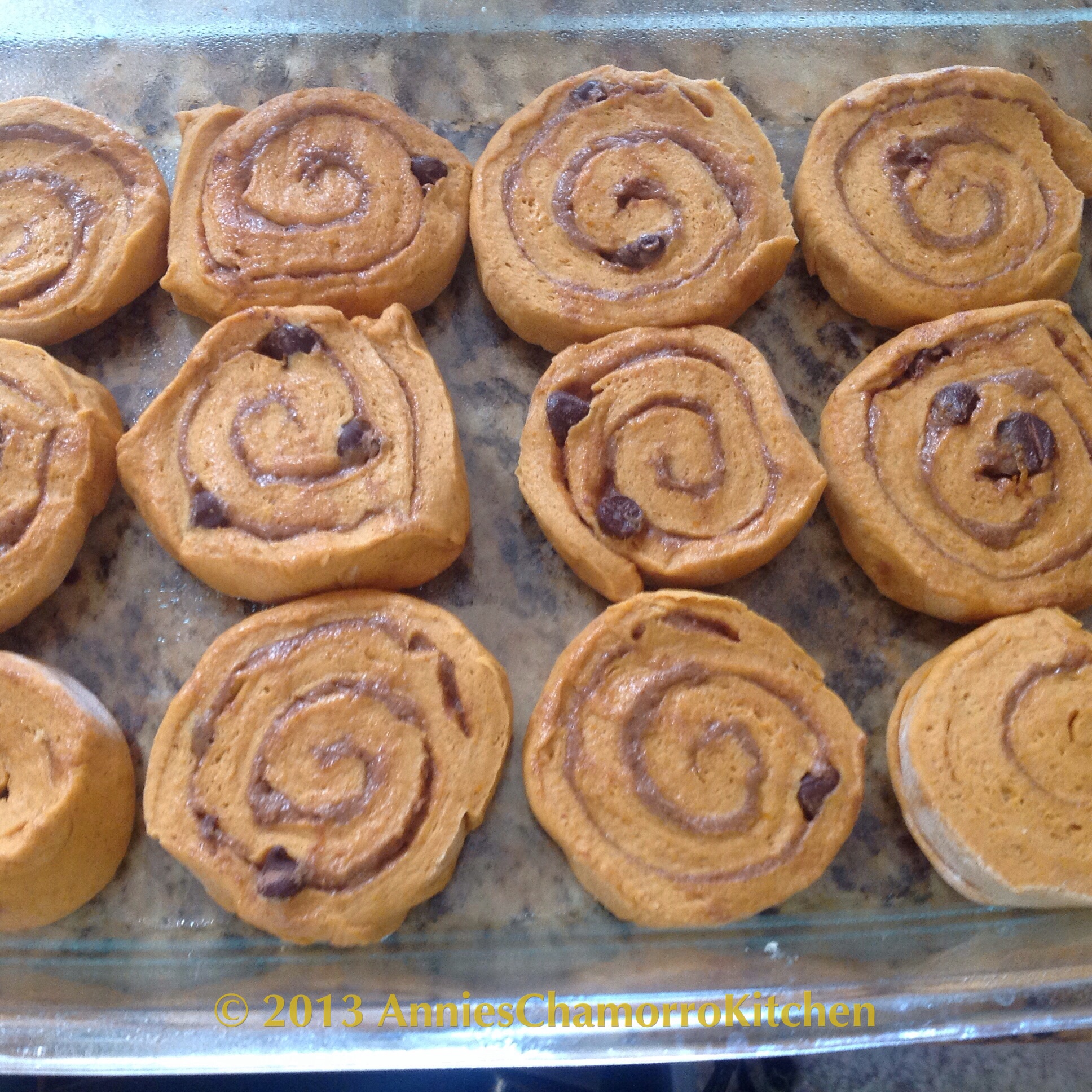
Spray the top of the sliced dough with cooking spray then cover with plastic wrap. Place the pan in a warm place to rise again, until the slices are touching.
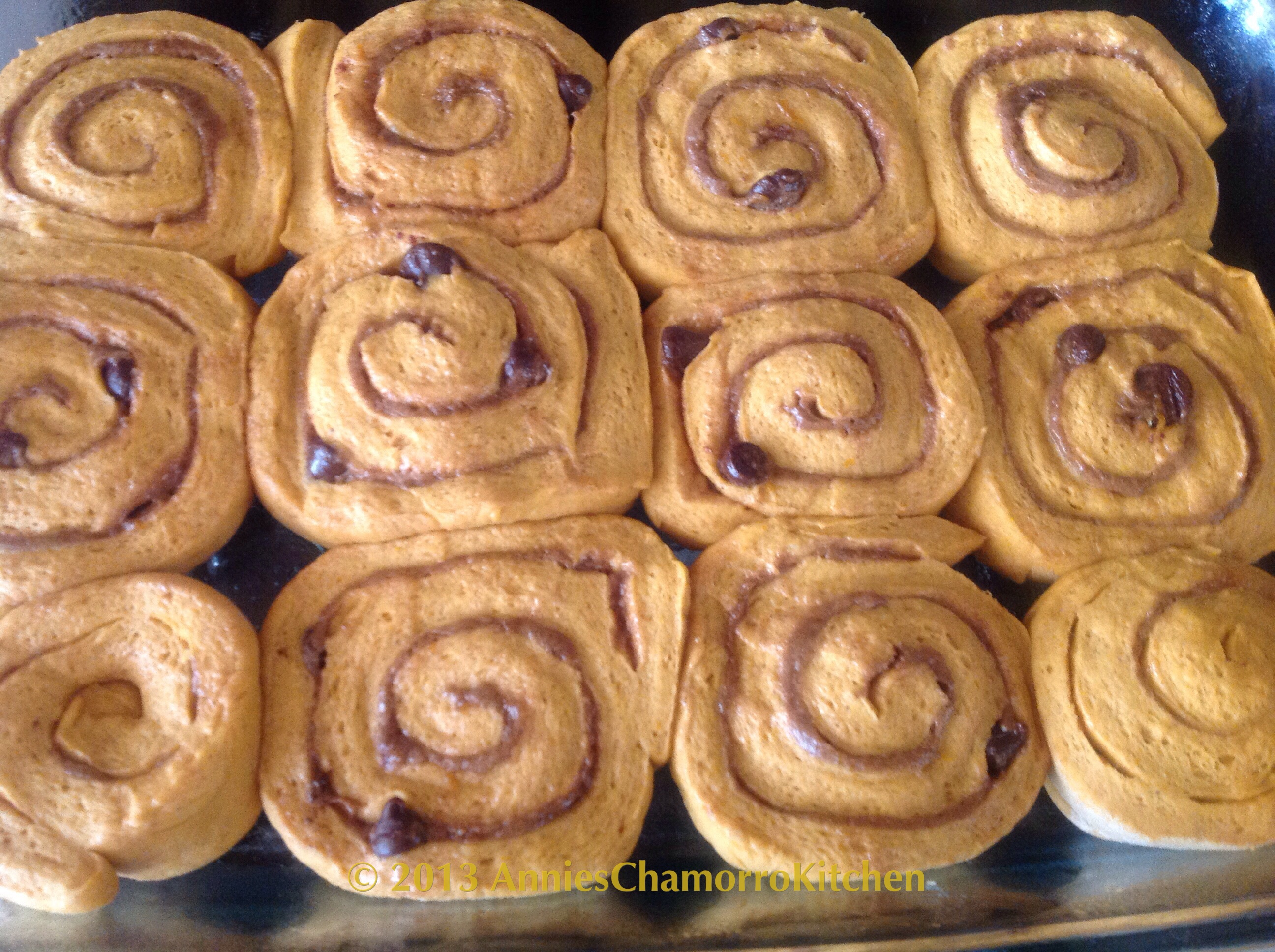
Bake at 375 degrees for 20 minutes. Remove from the oven; let the rolls cool slightly while you prepare the glaze.
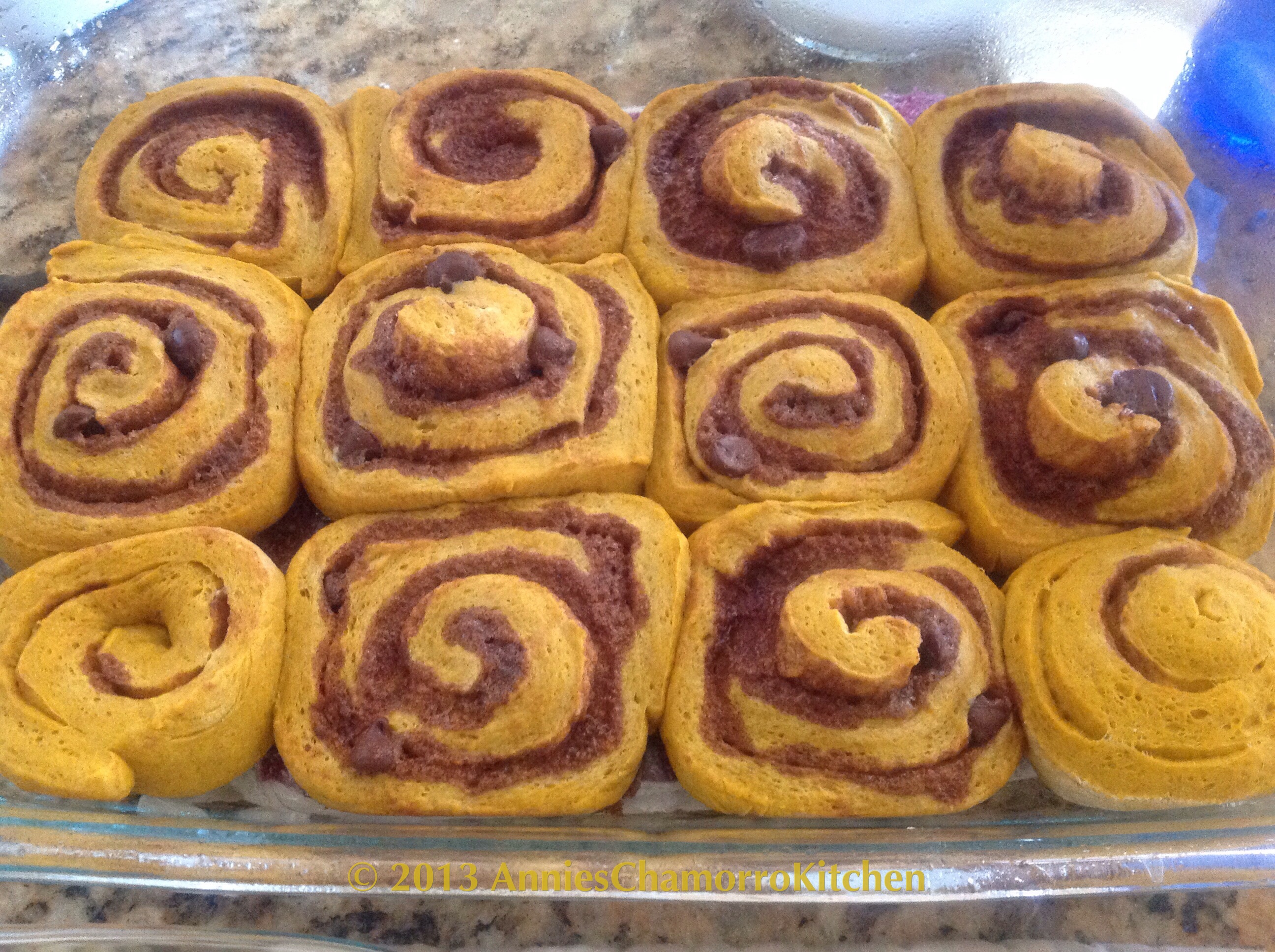
5. Make the glaze.
In a small mixing bowl, place the powdered sugar.
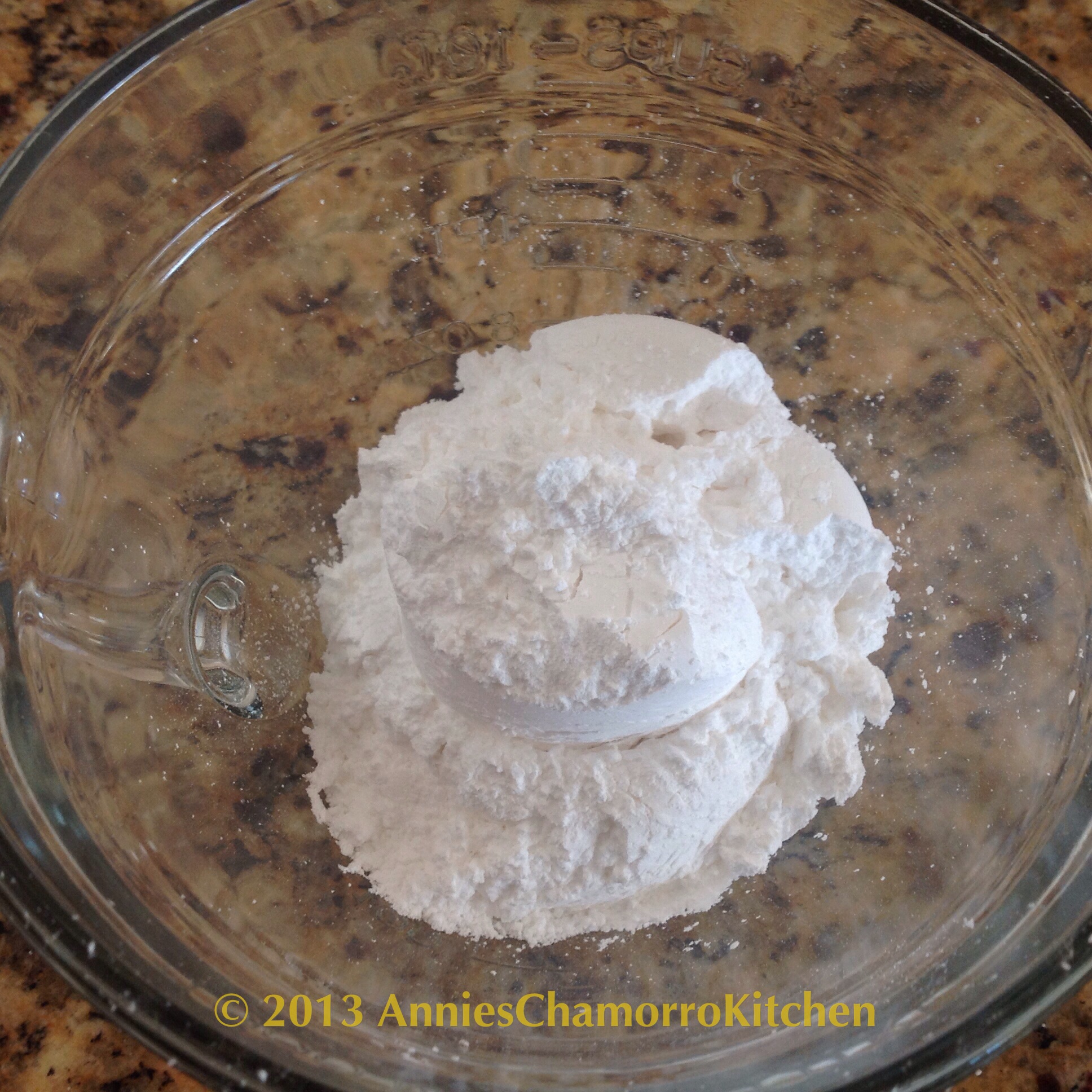
Add the milk, maple syrup and orange juice. Whisk to combine.
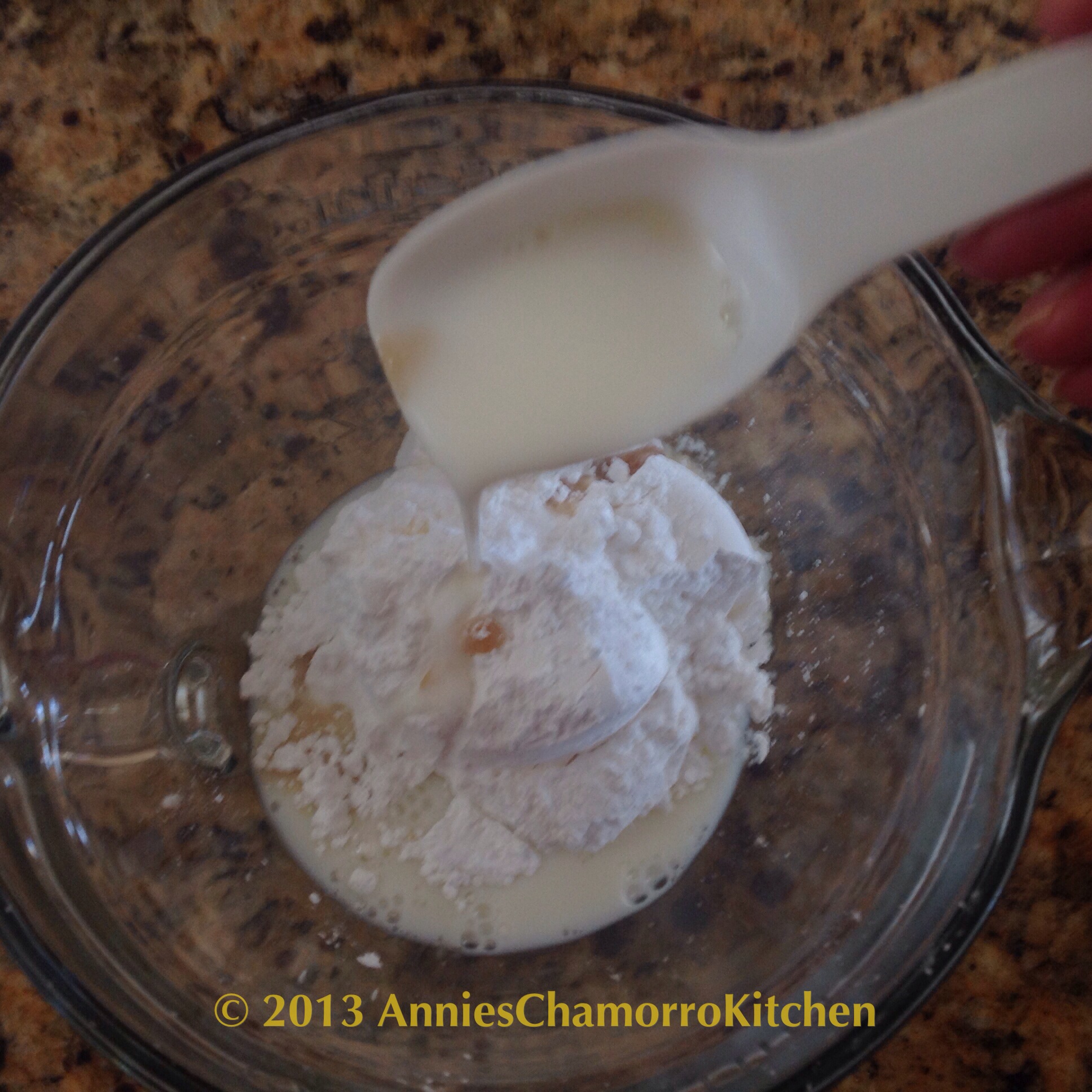
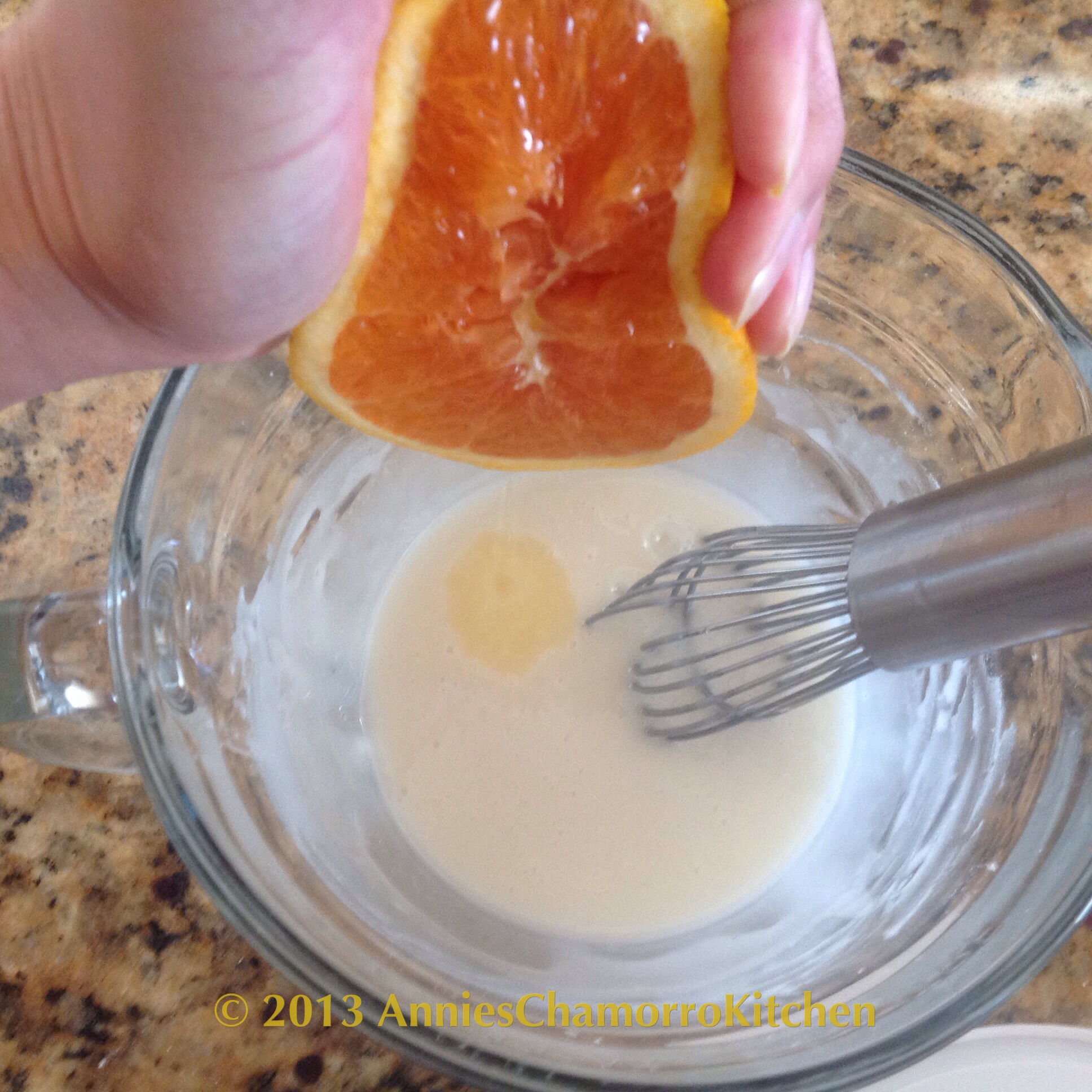
6. Drizzle the glaze over the top of the warm rolls. Serve immediately and ENJOY!!


